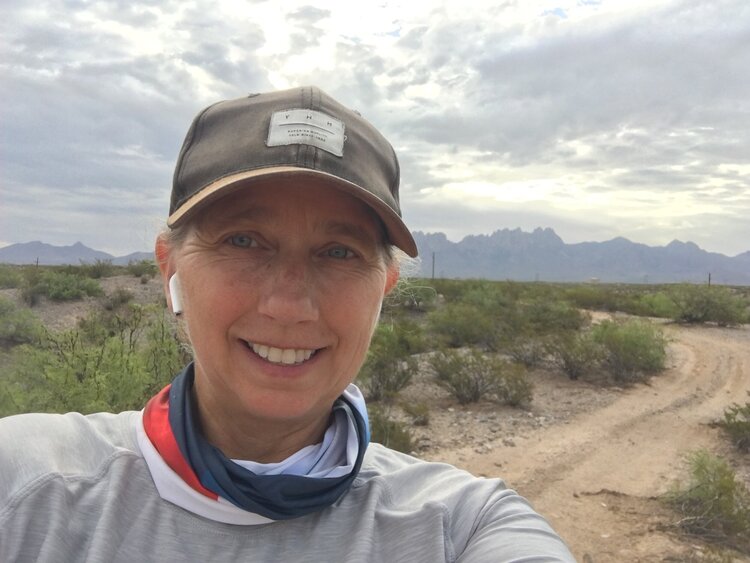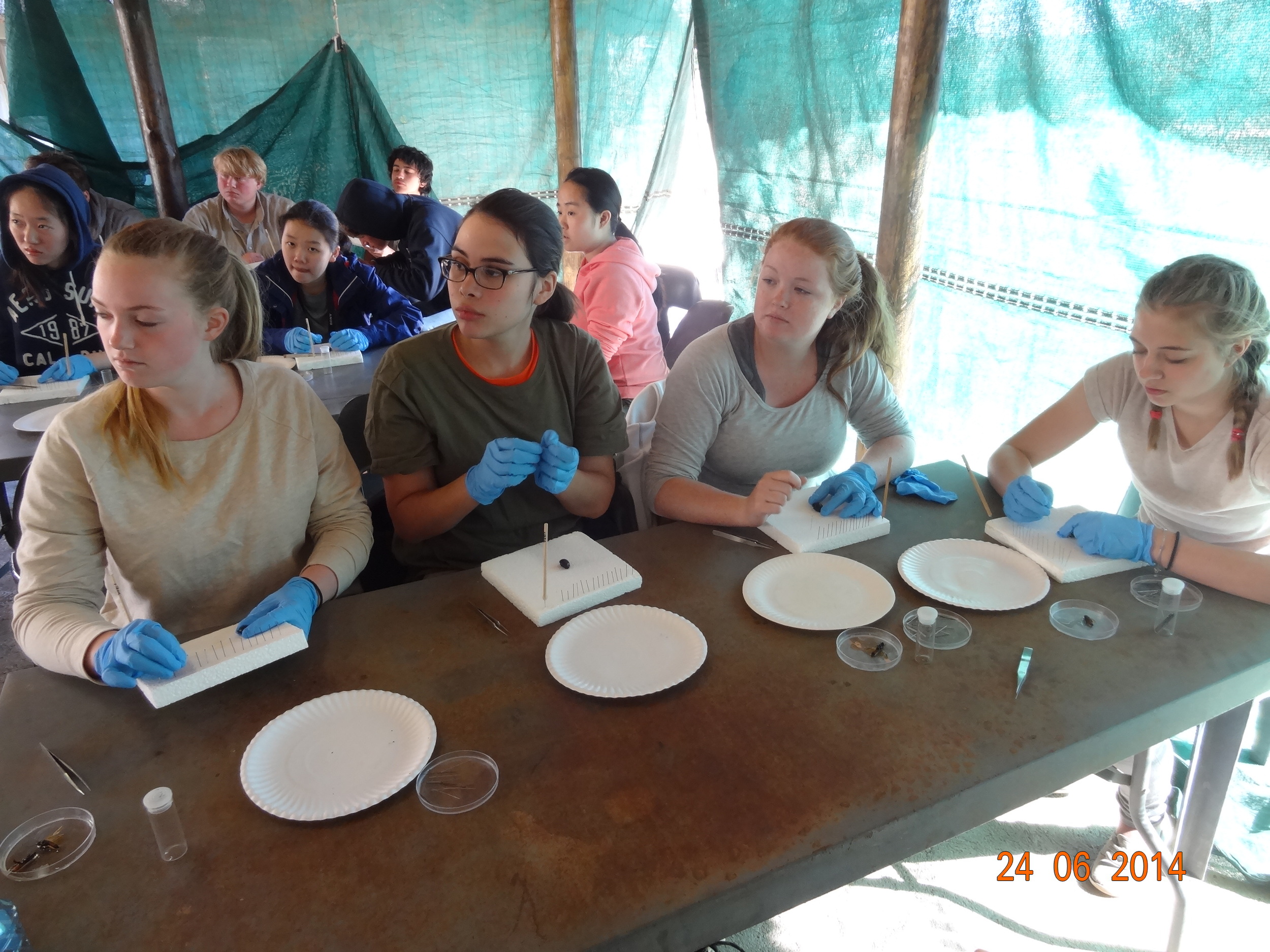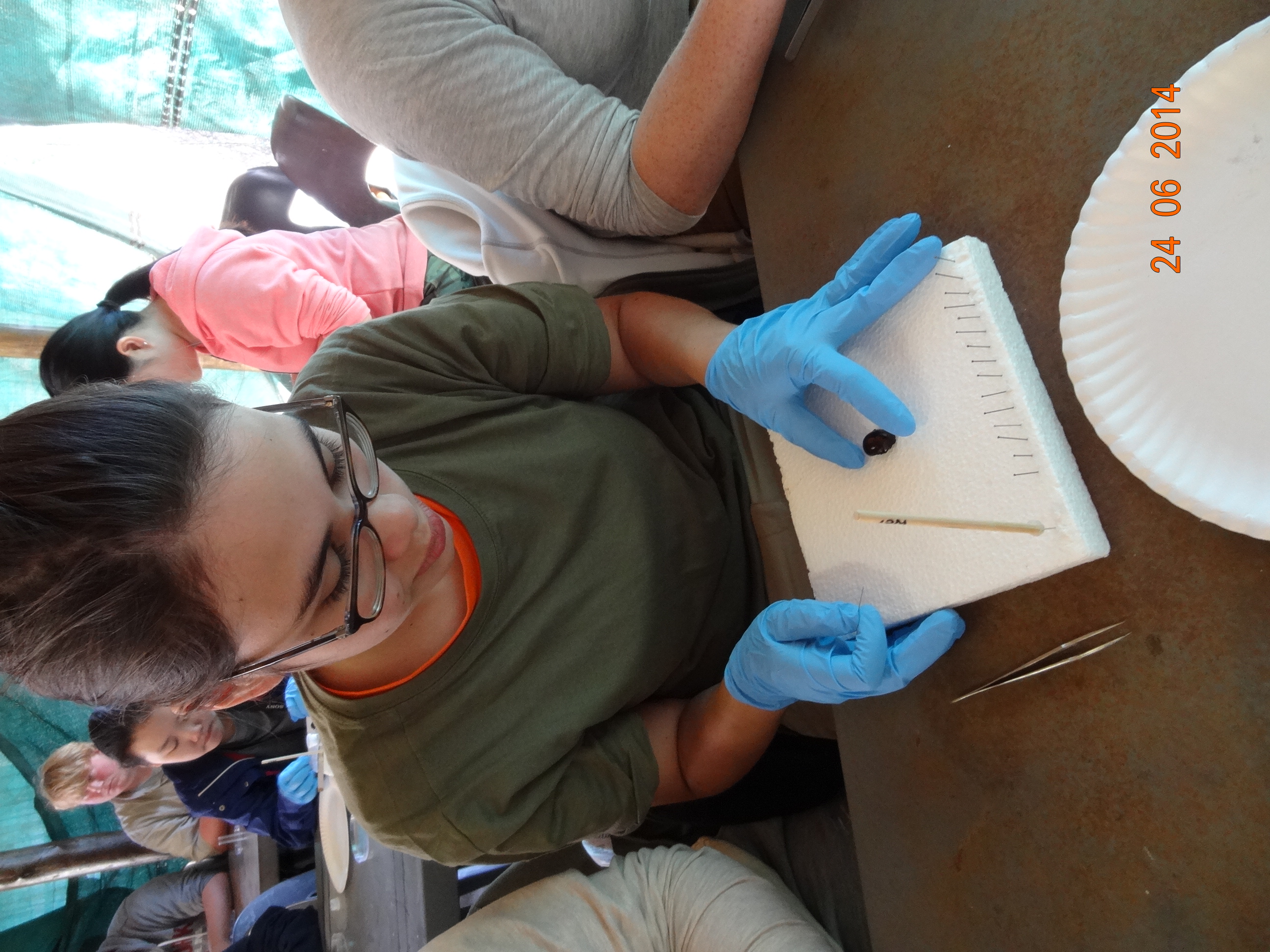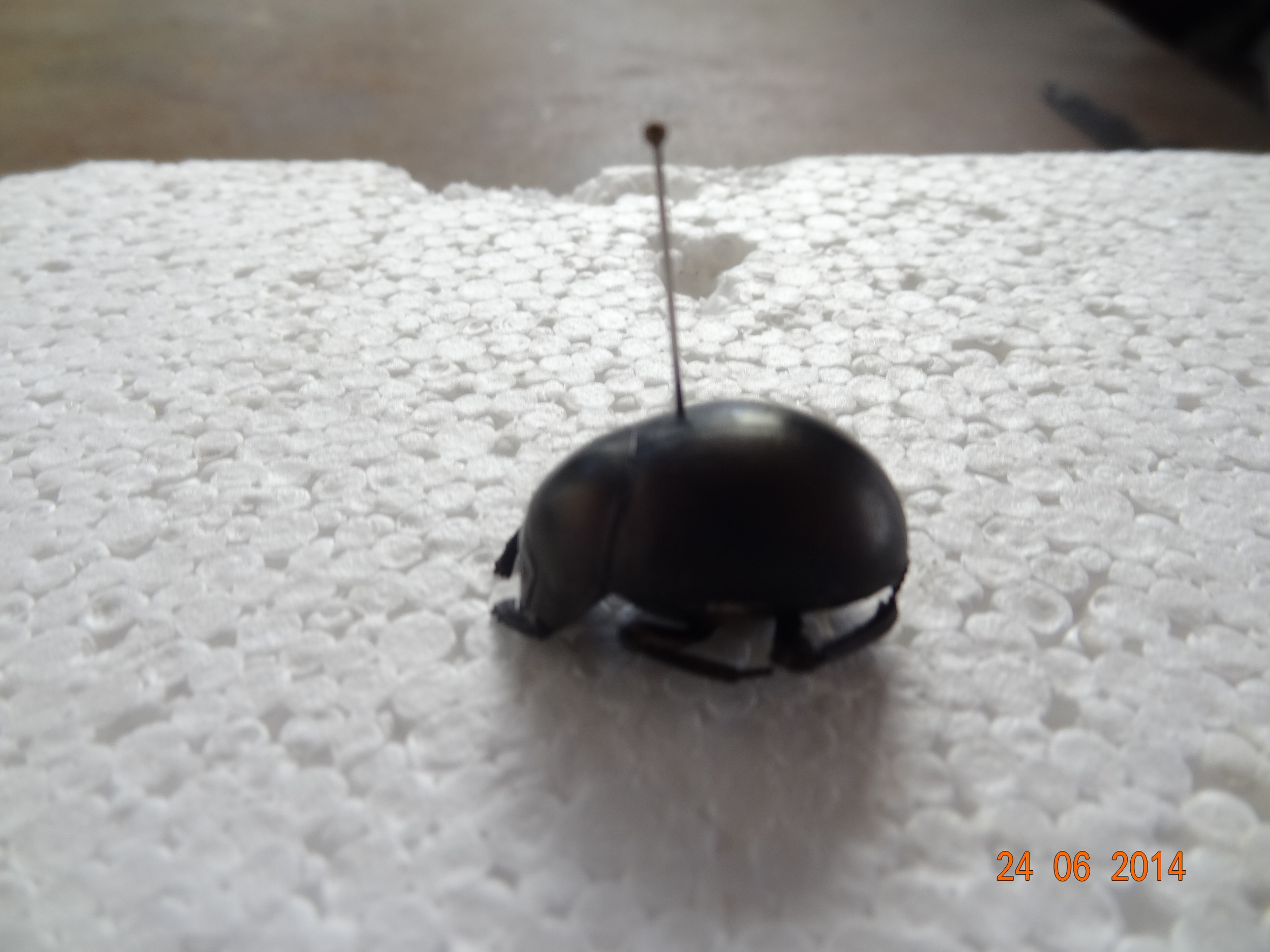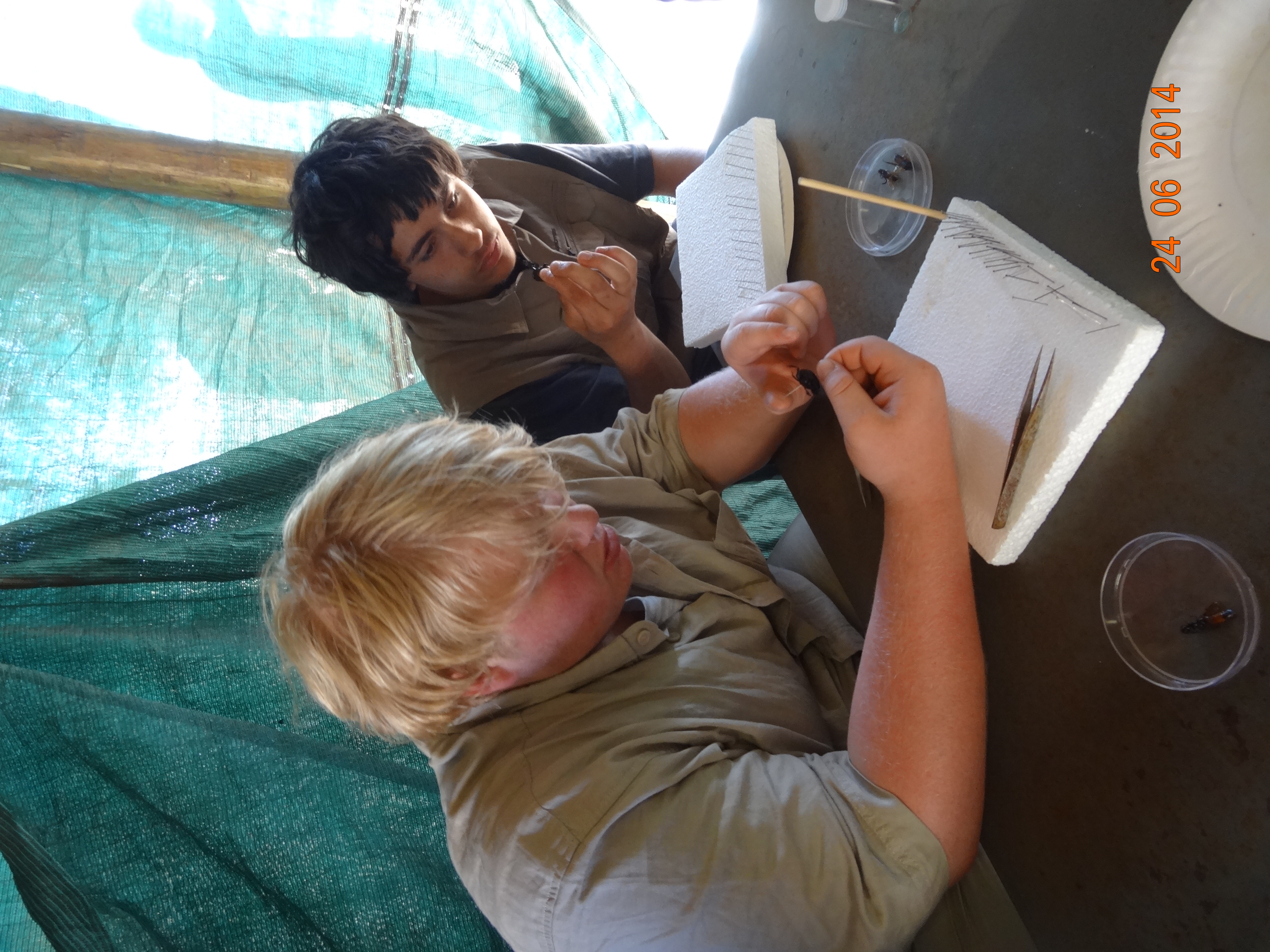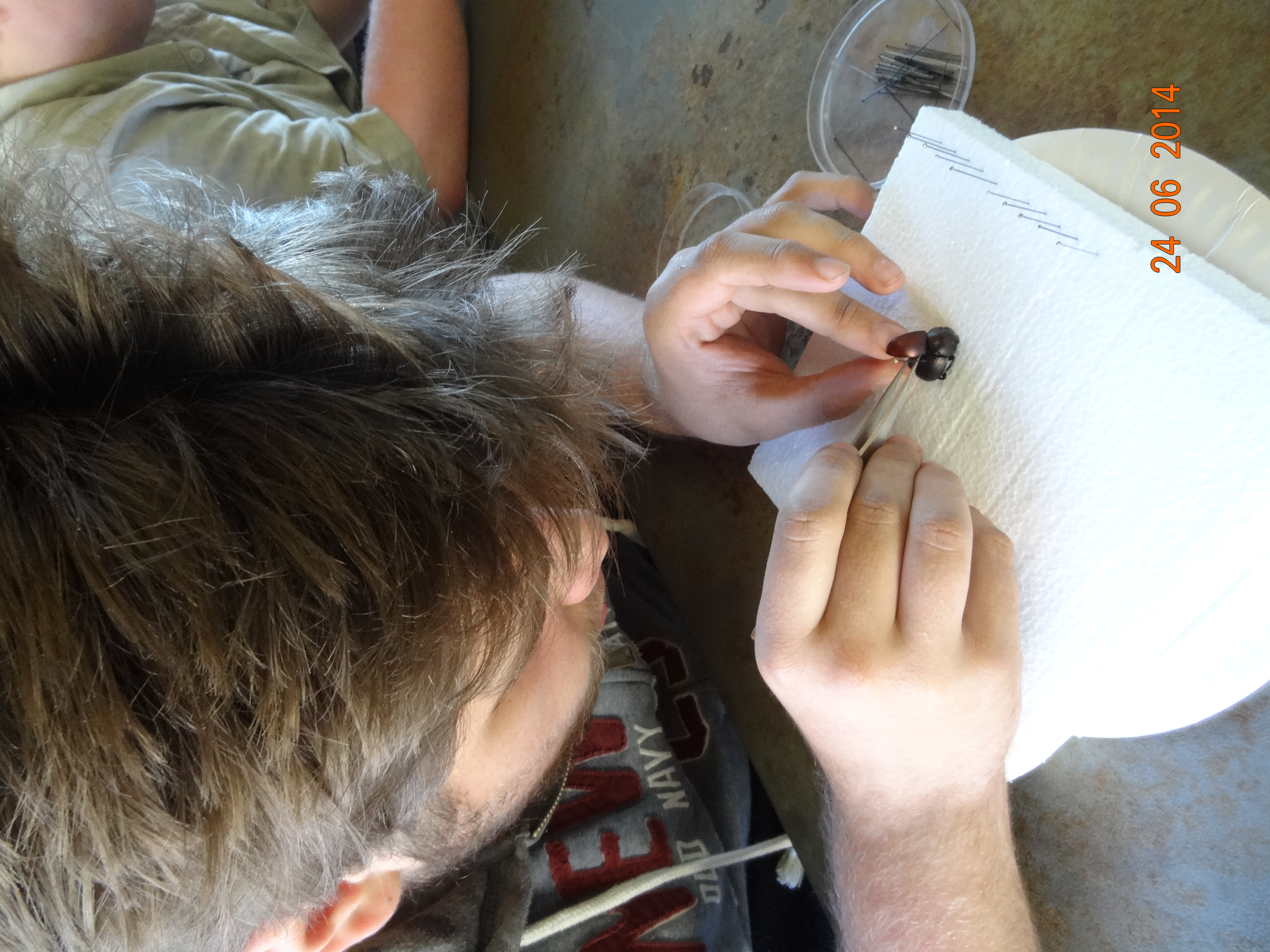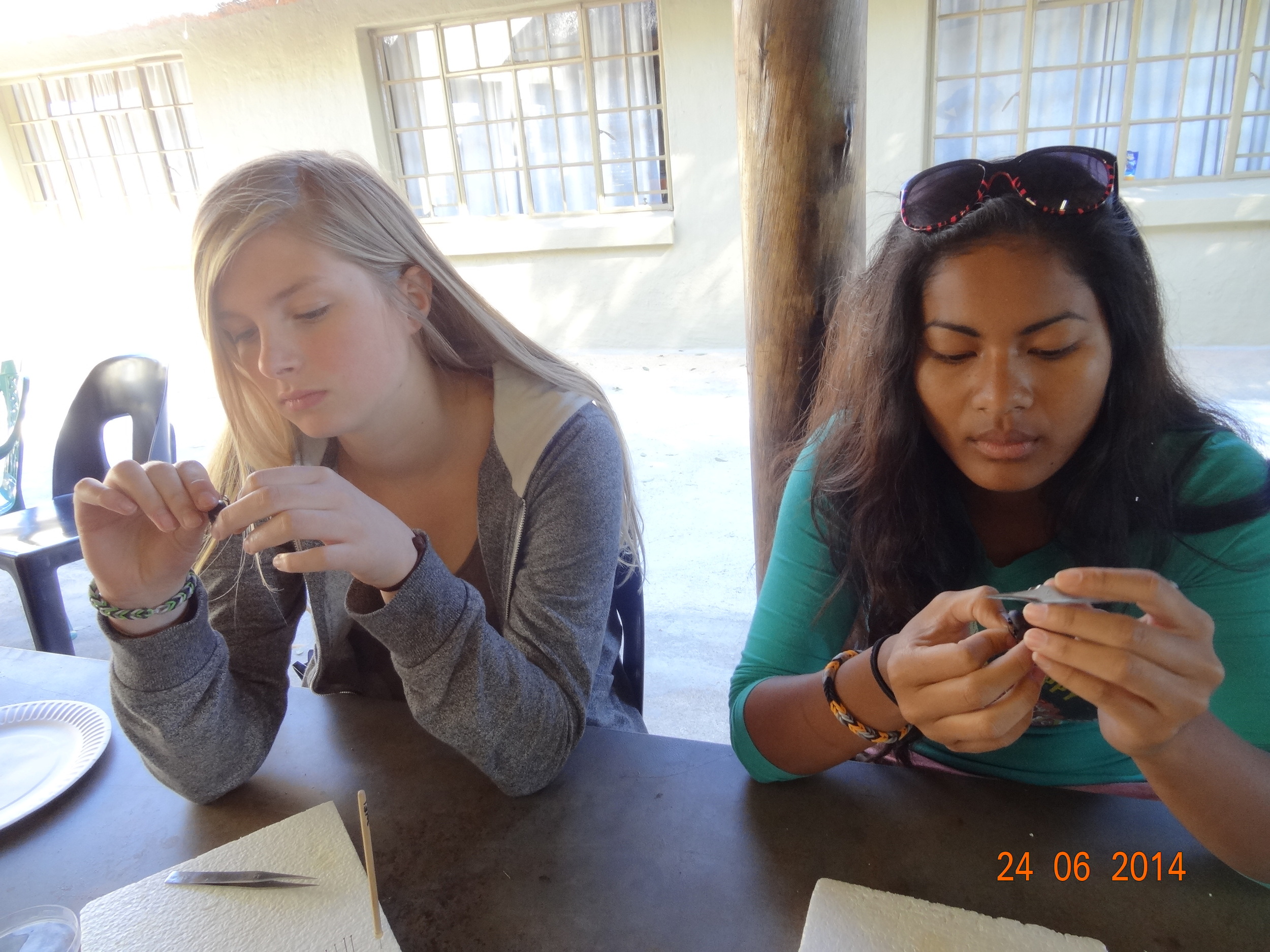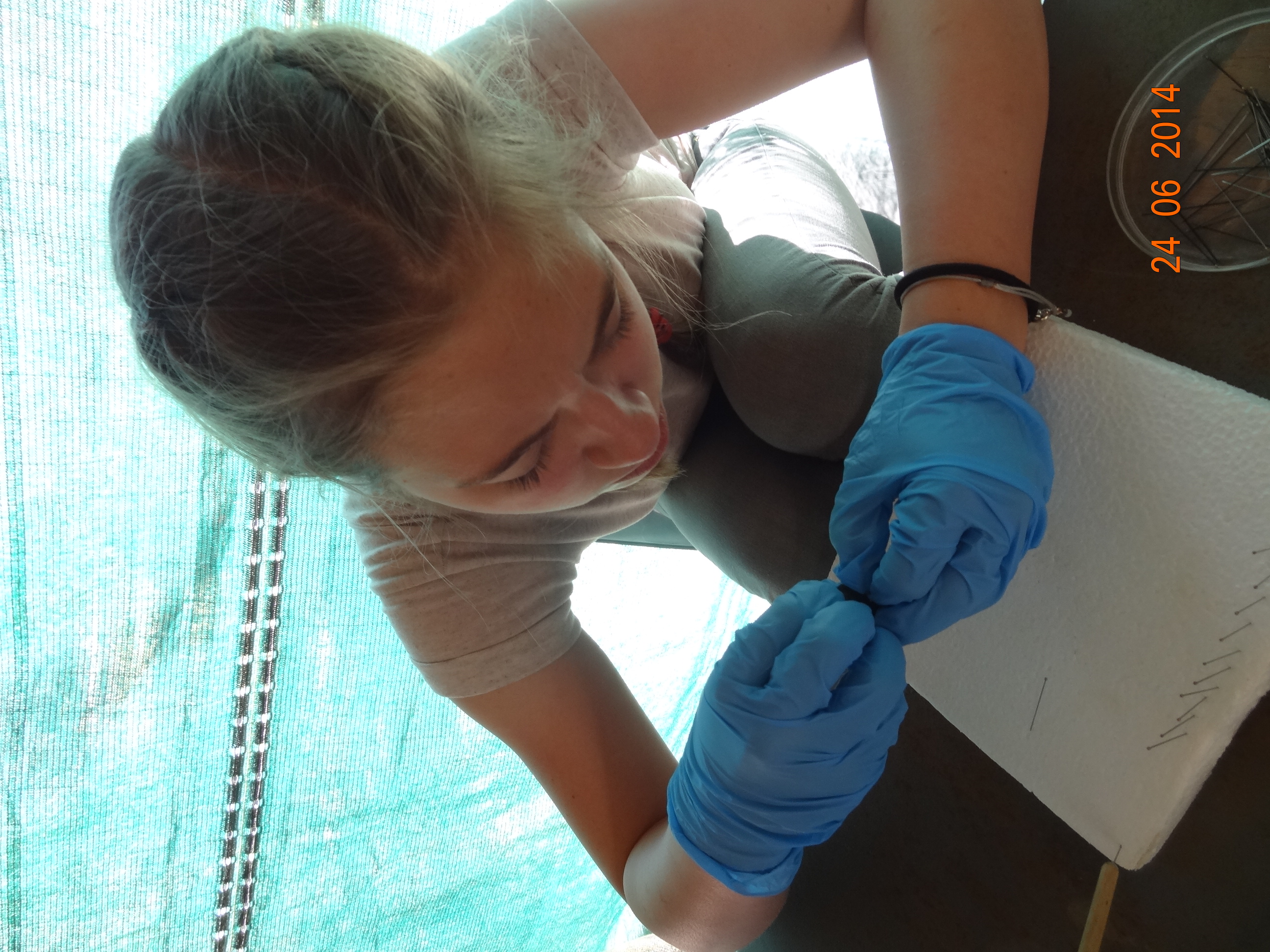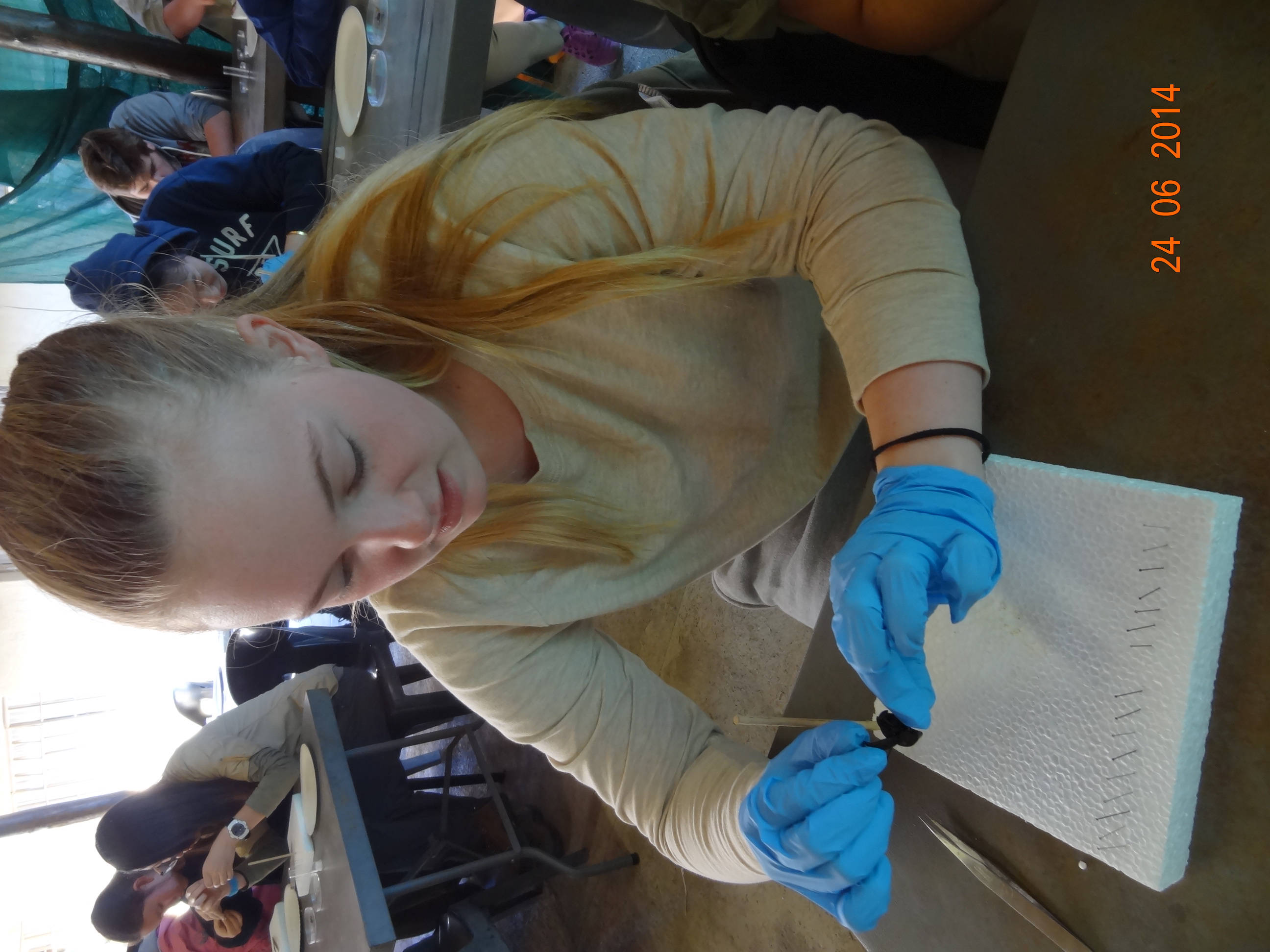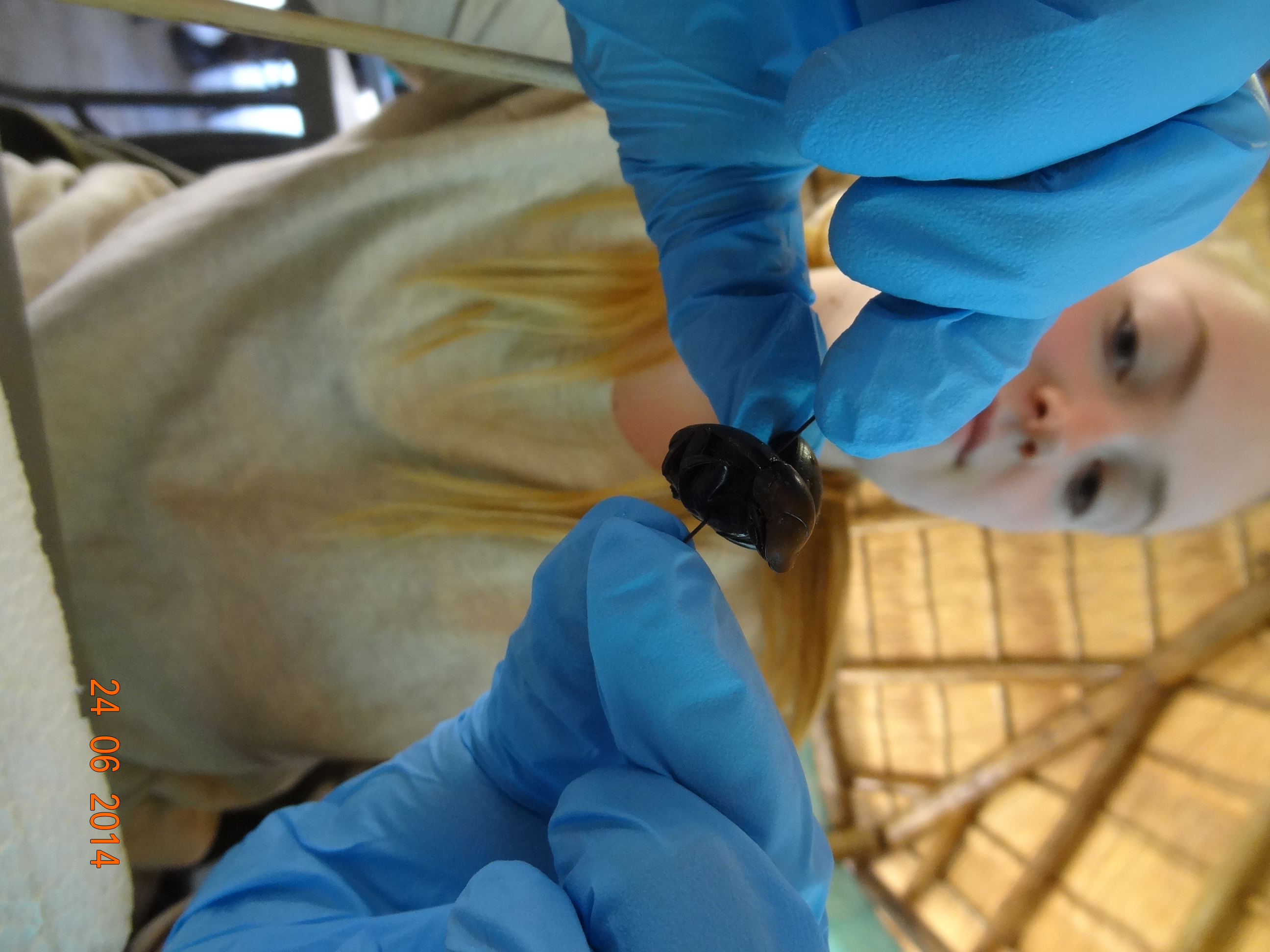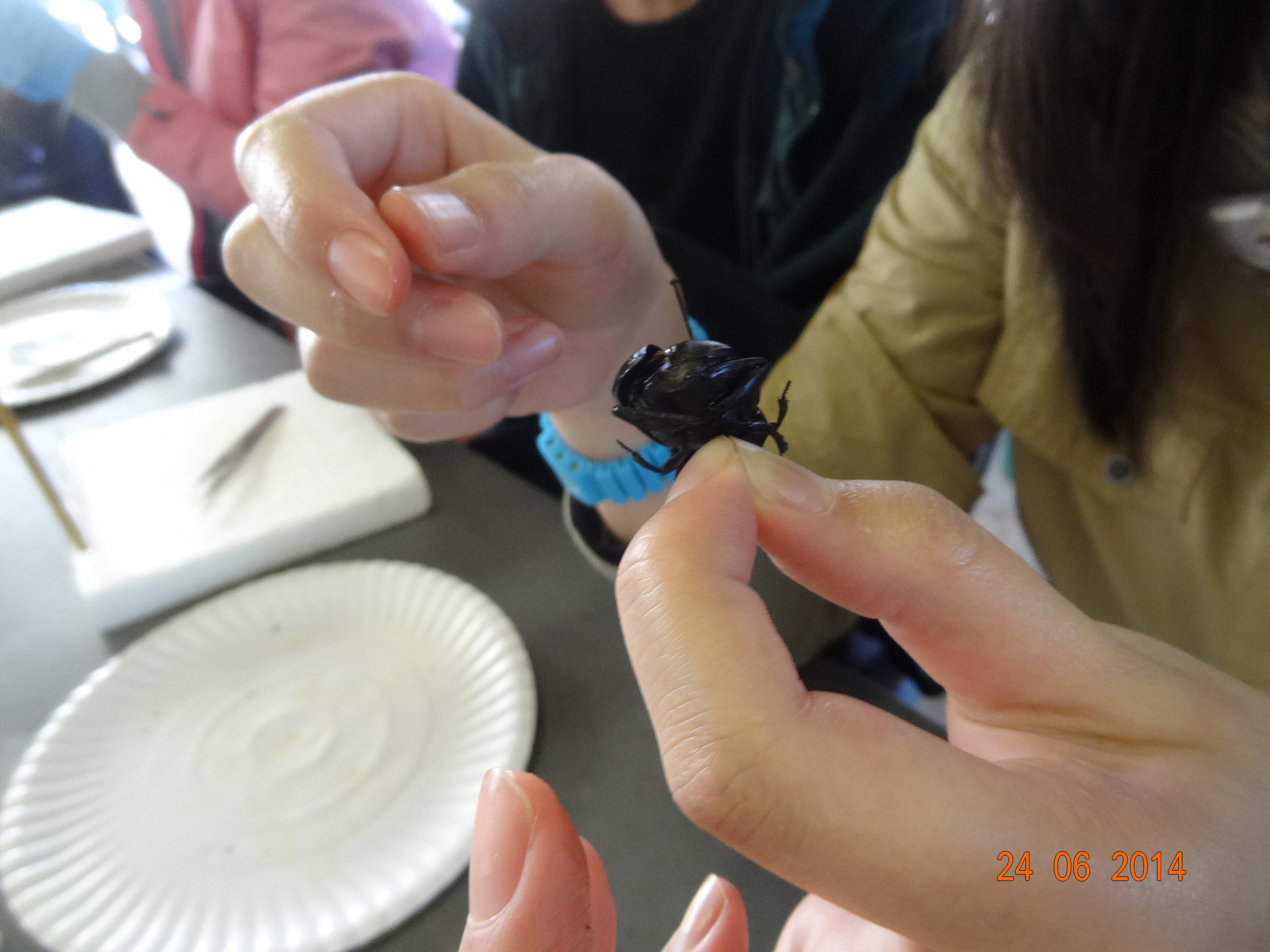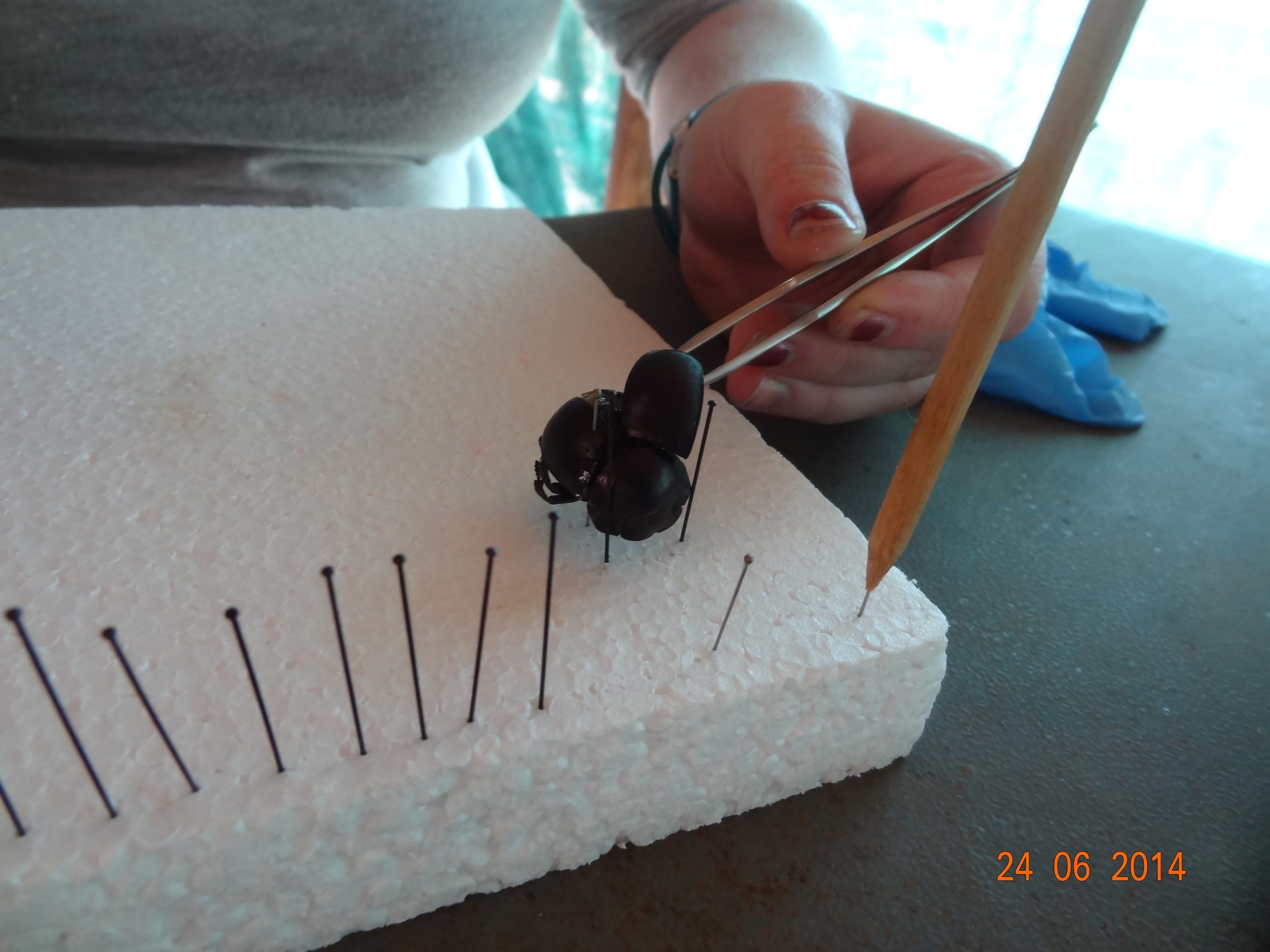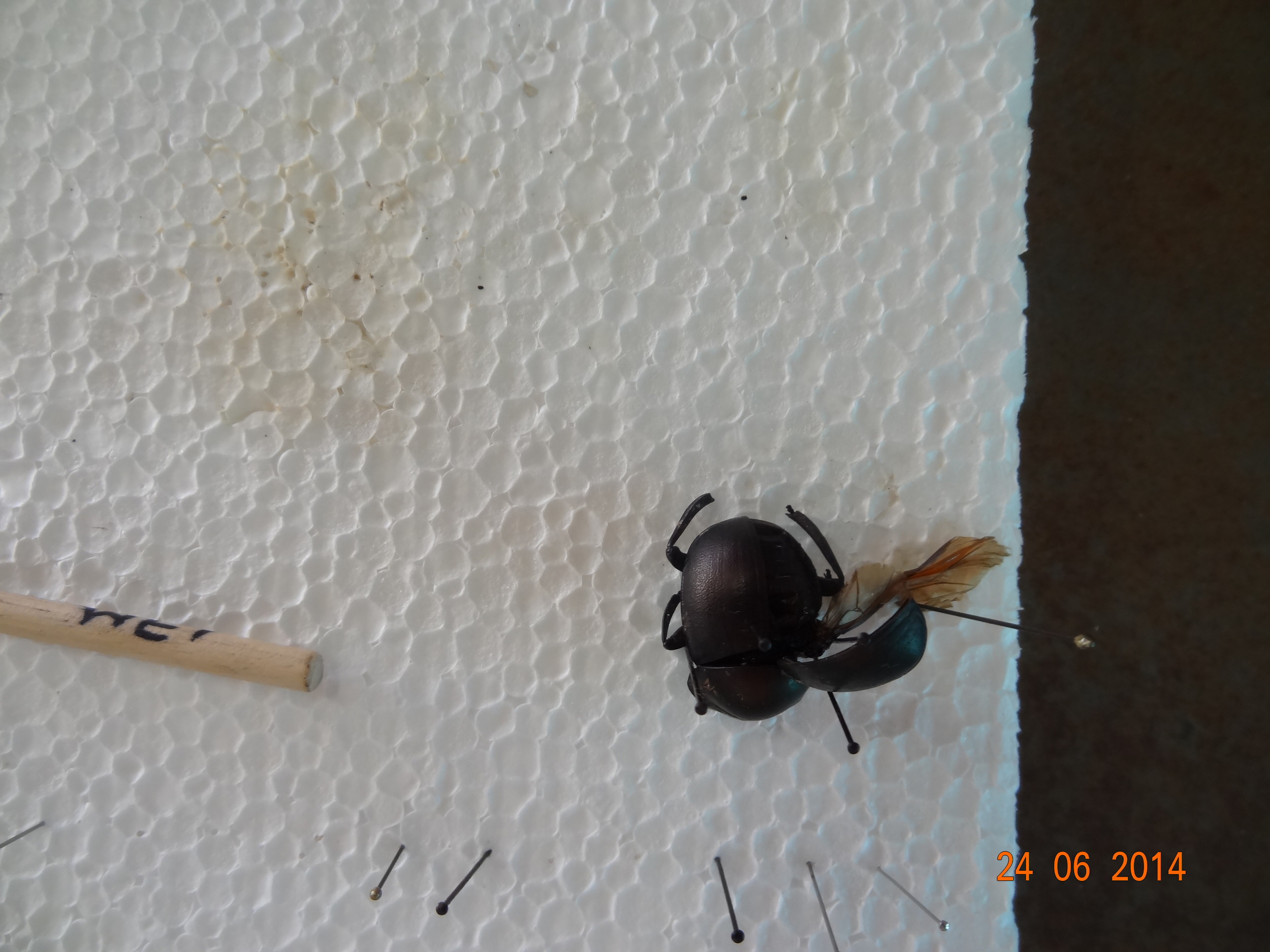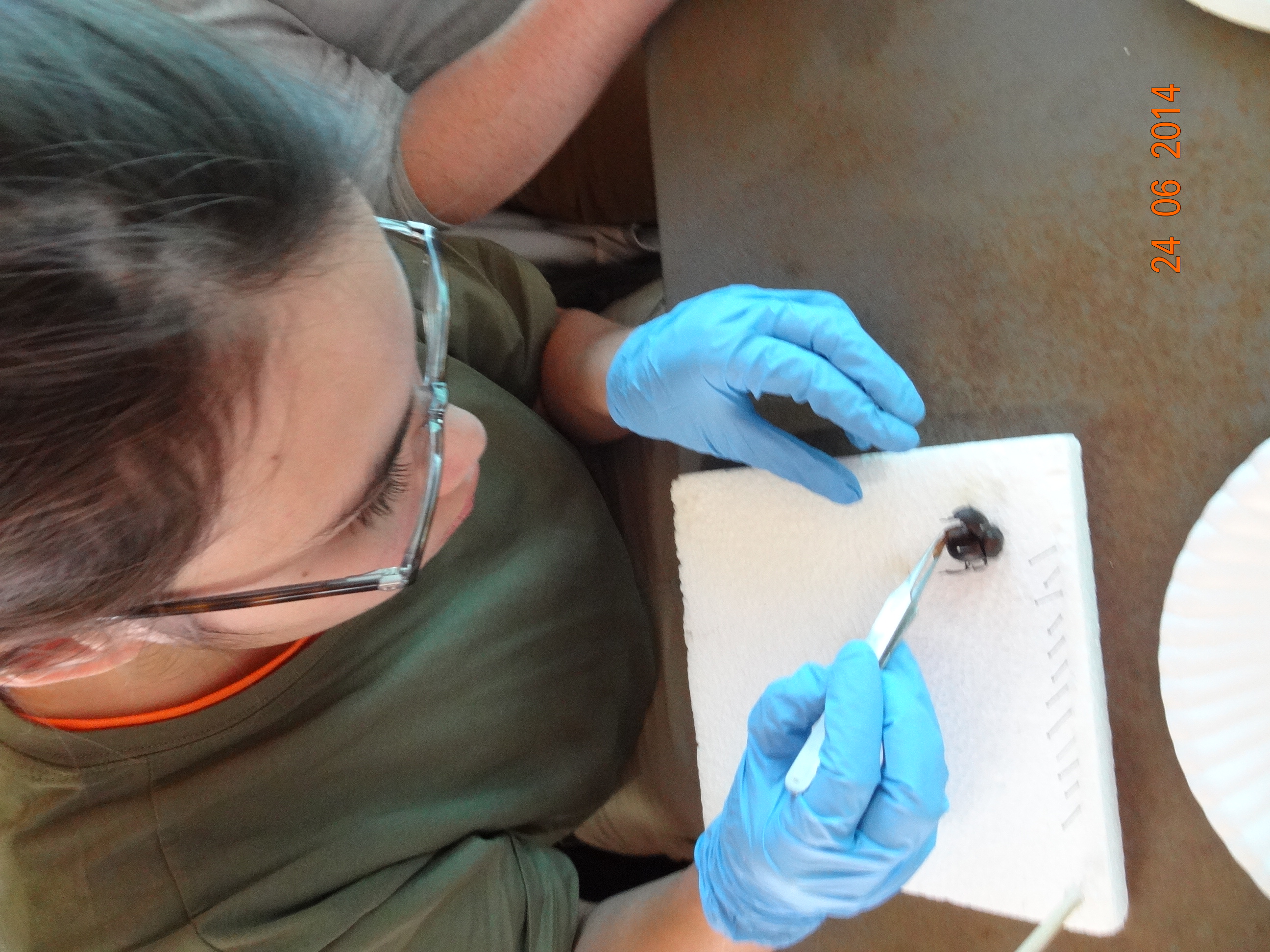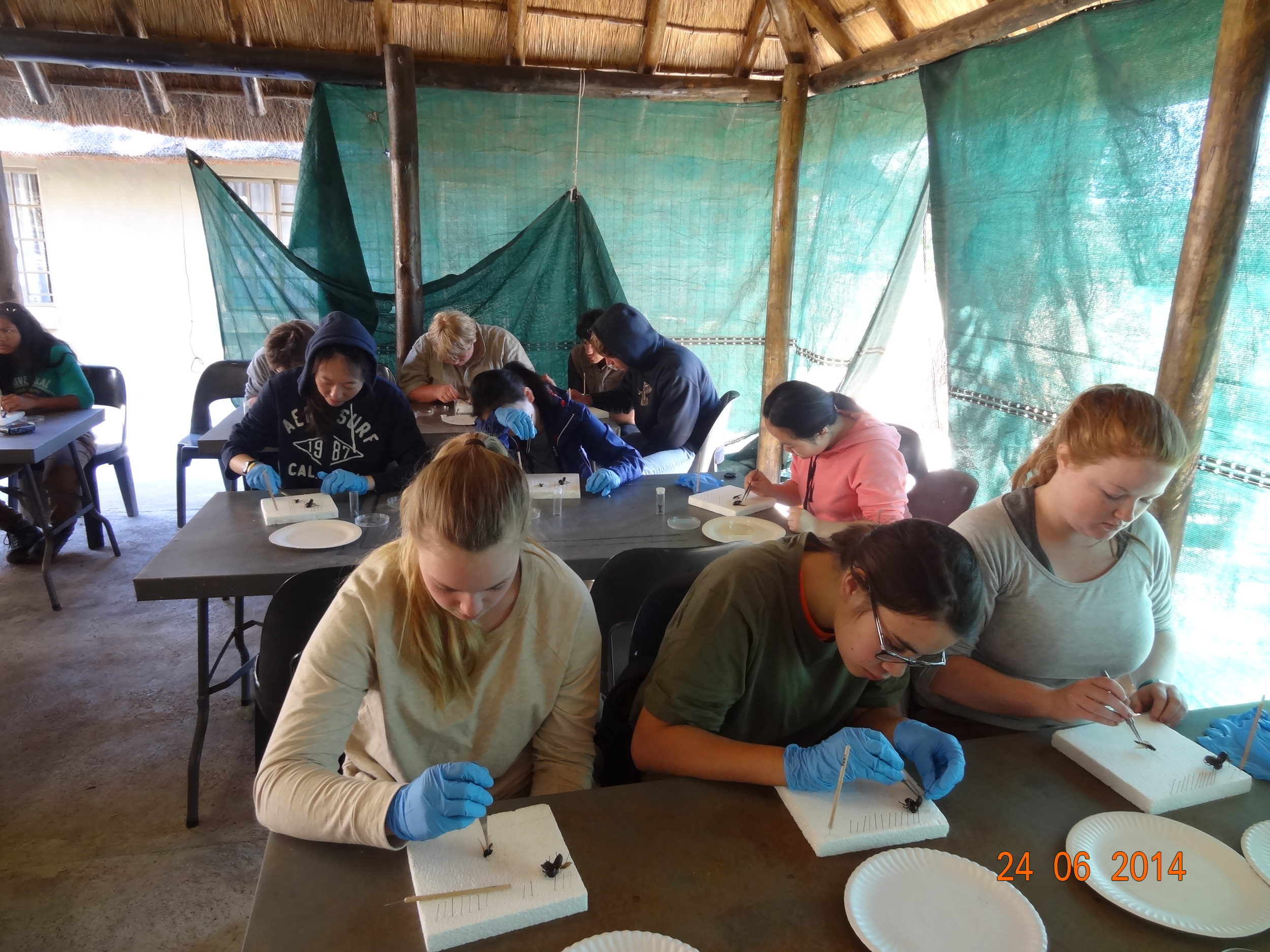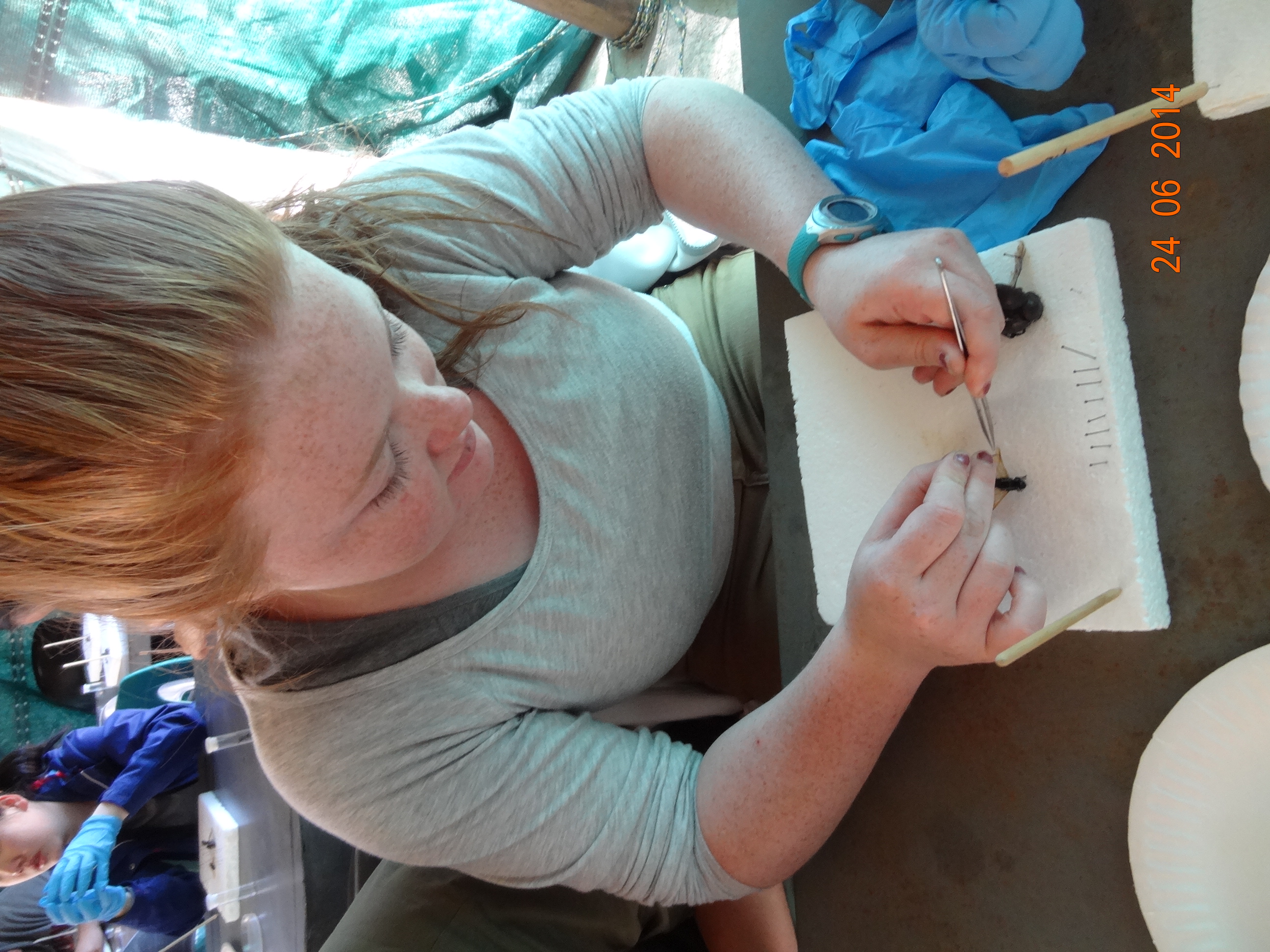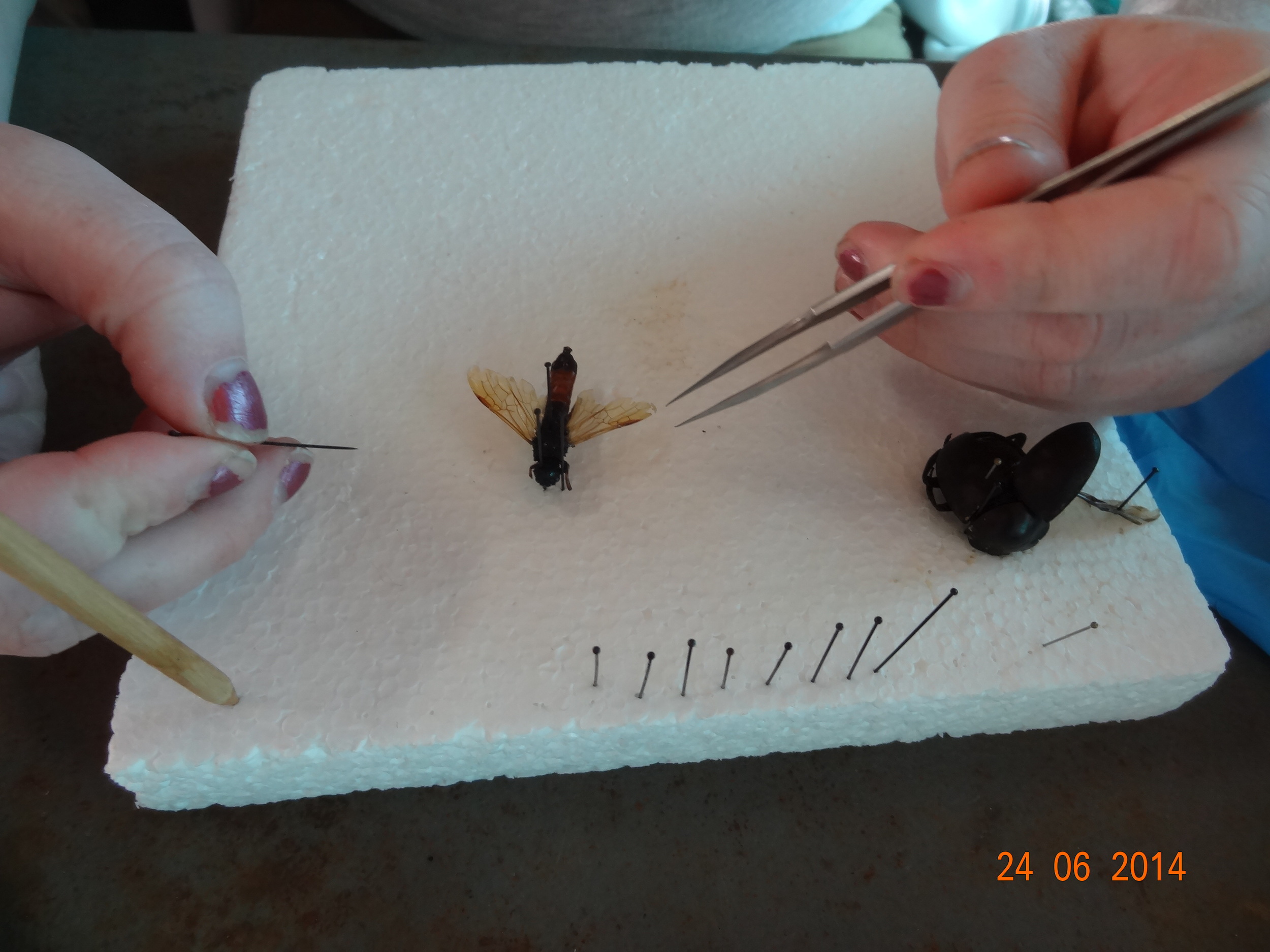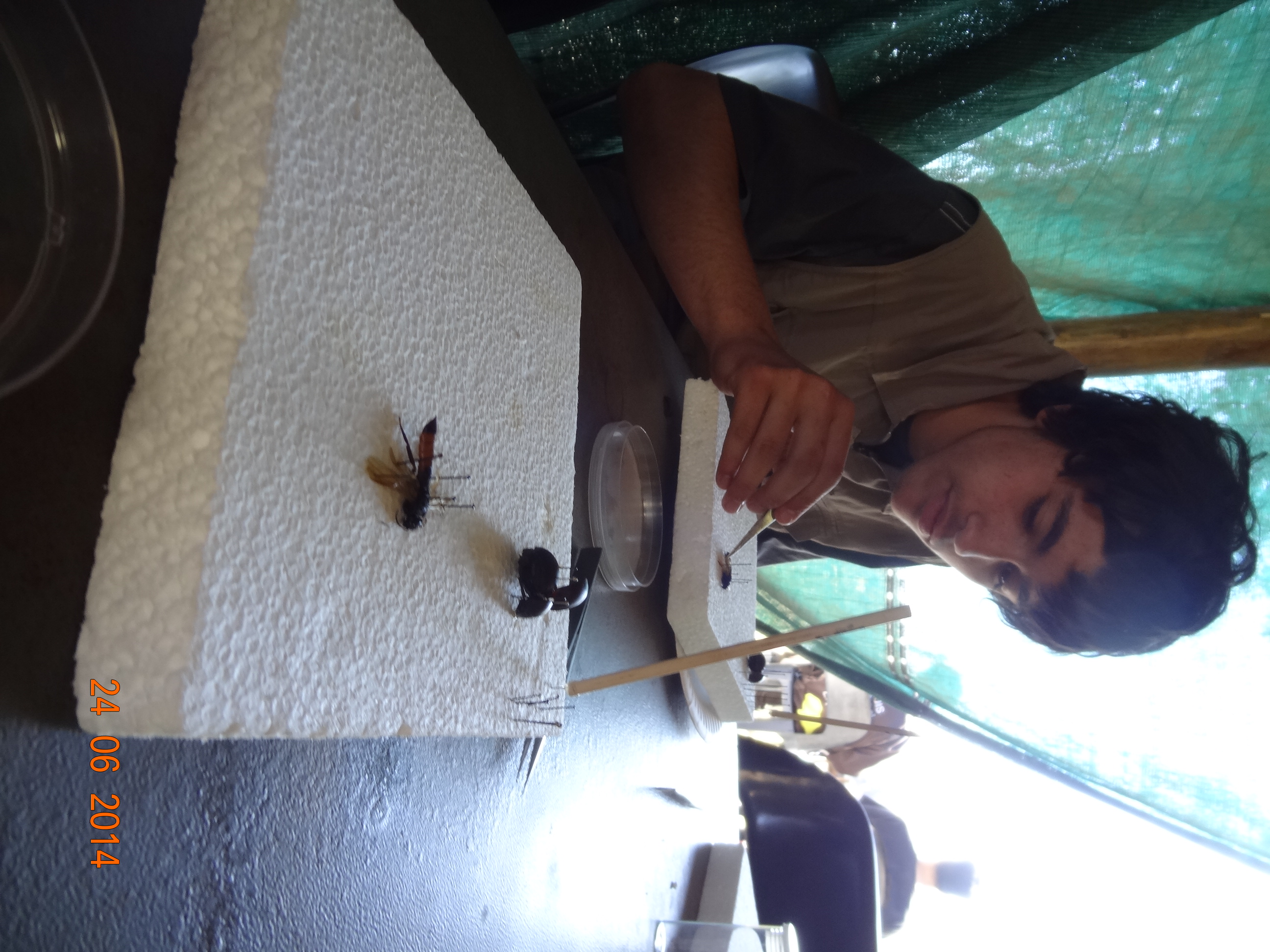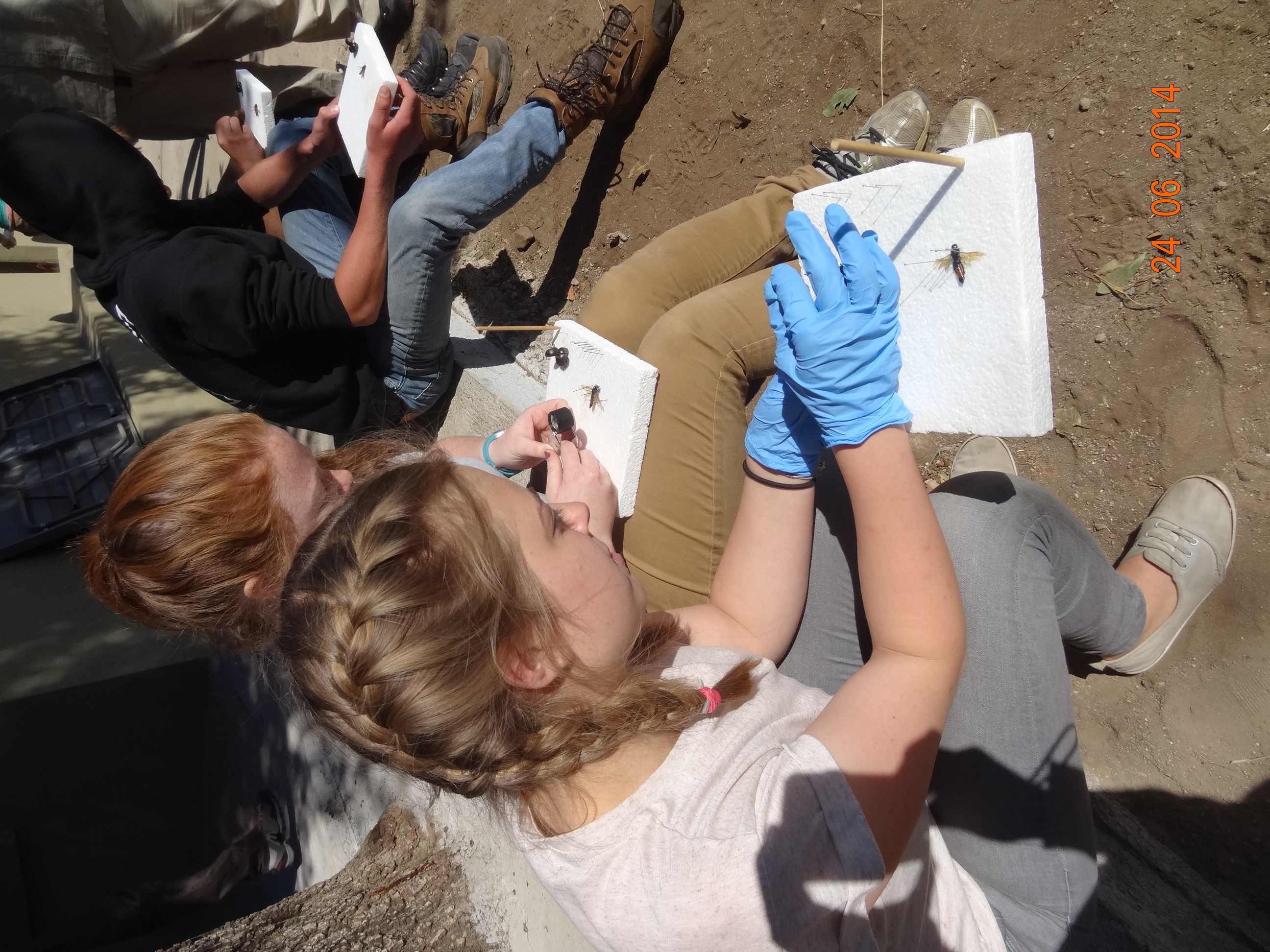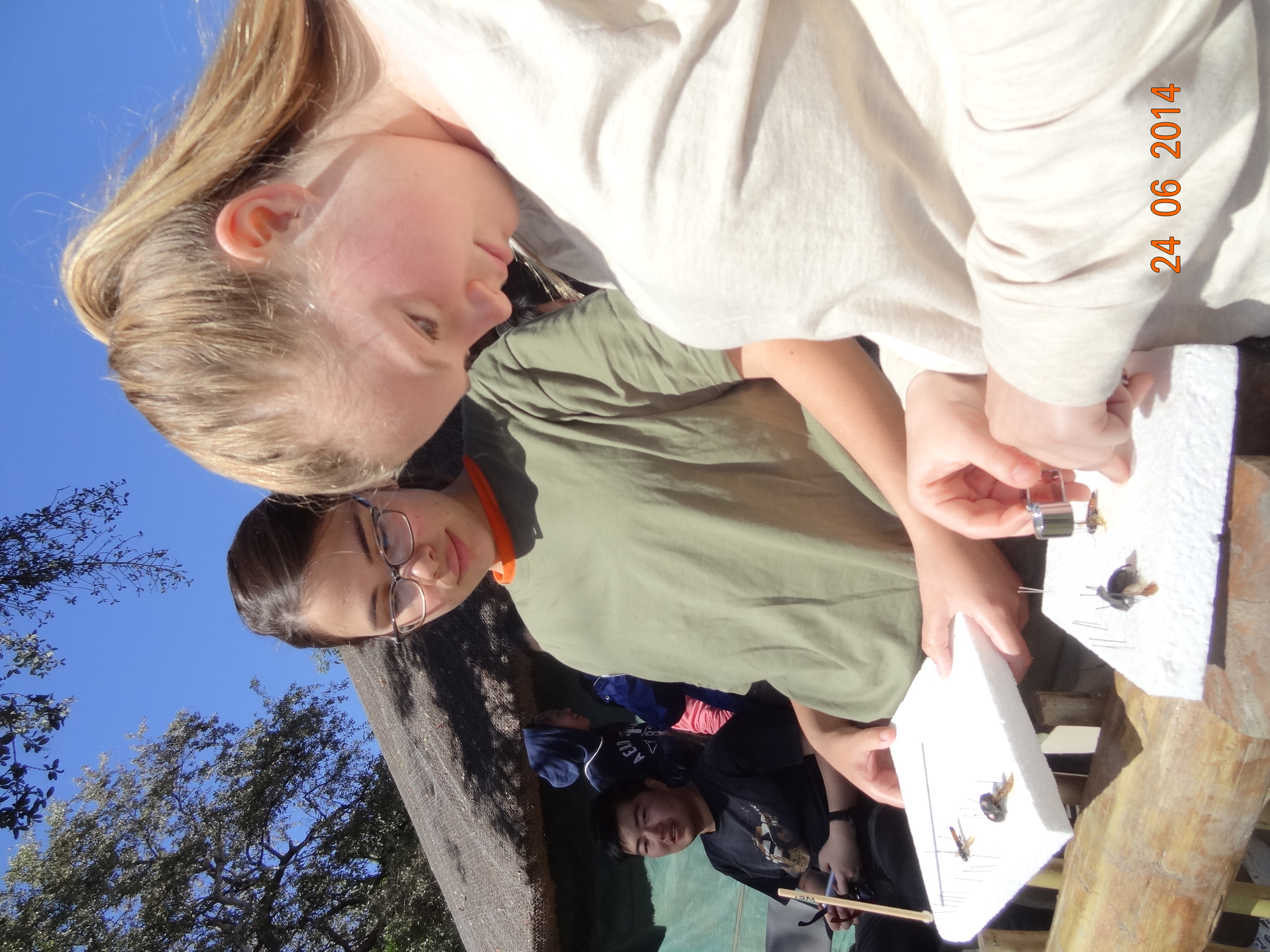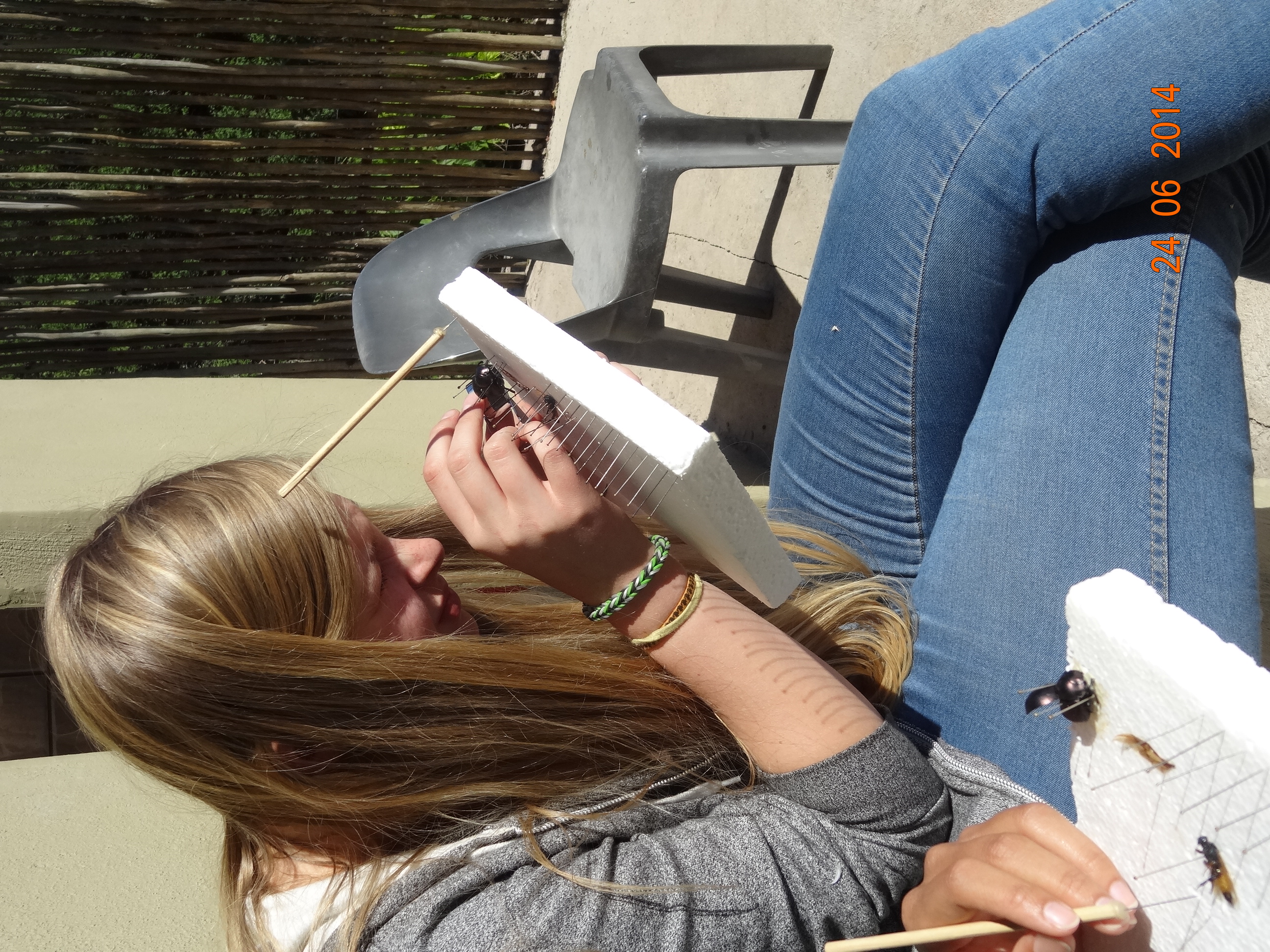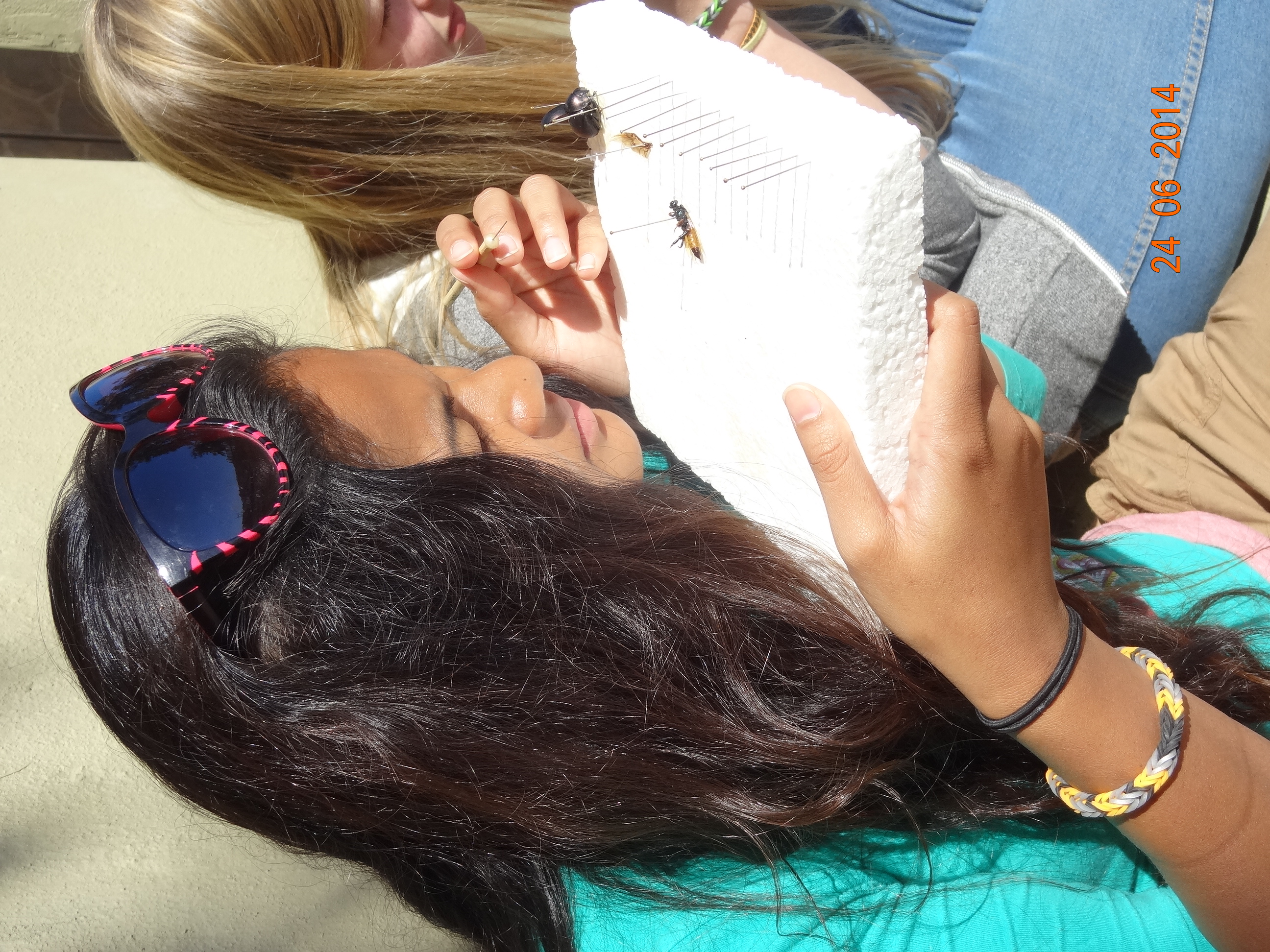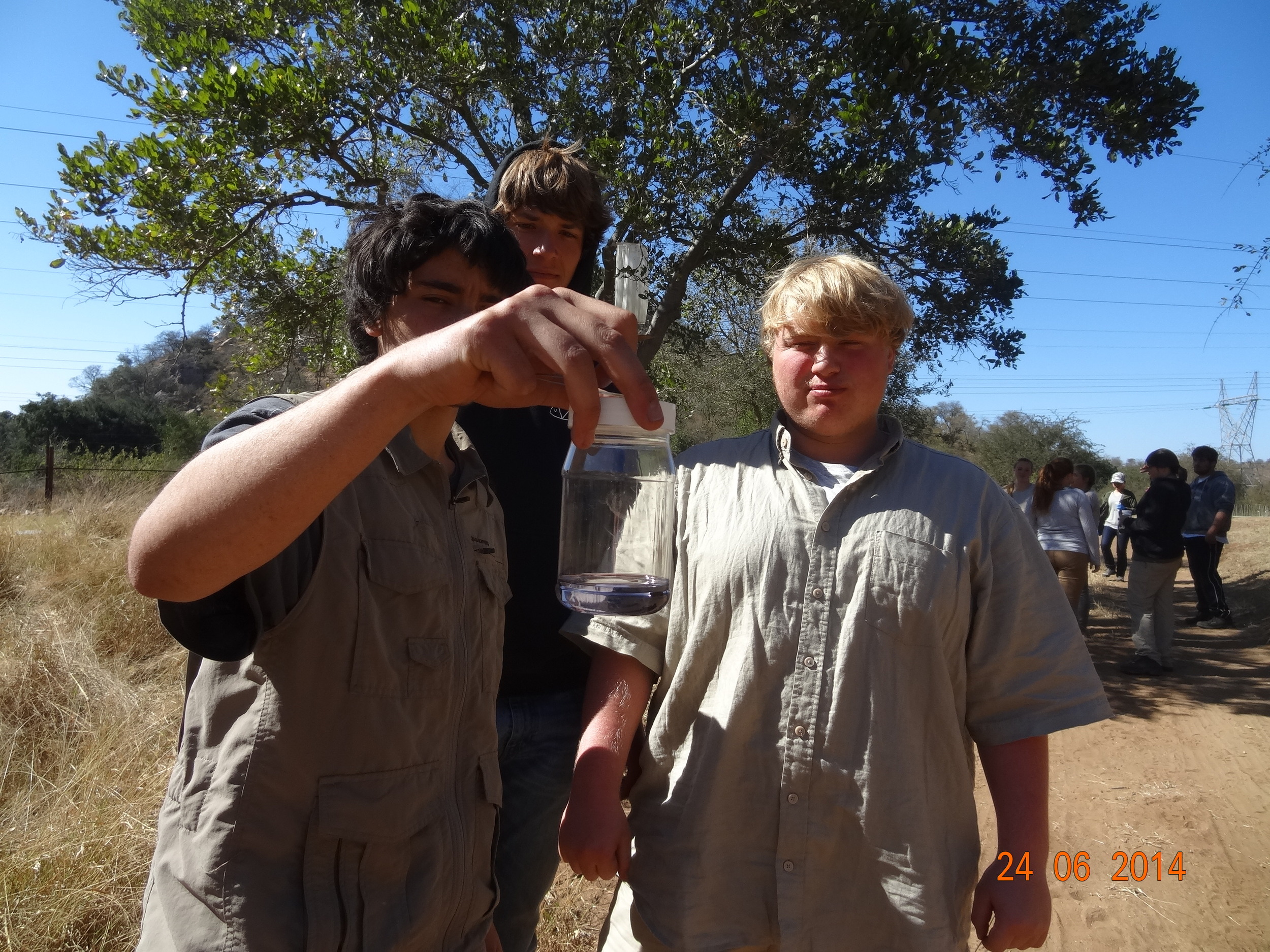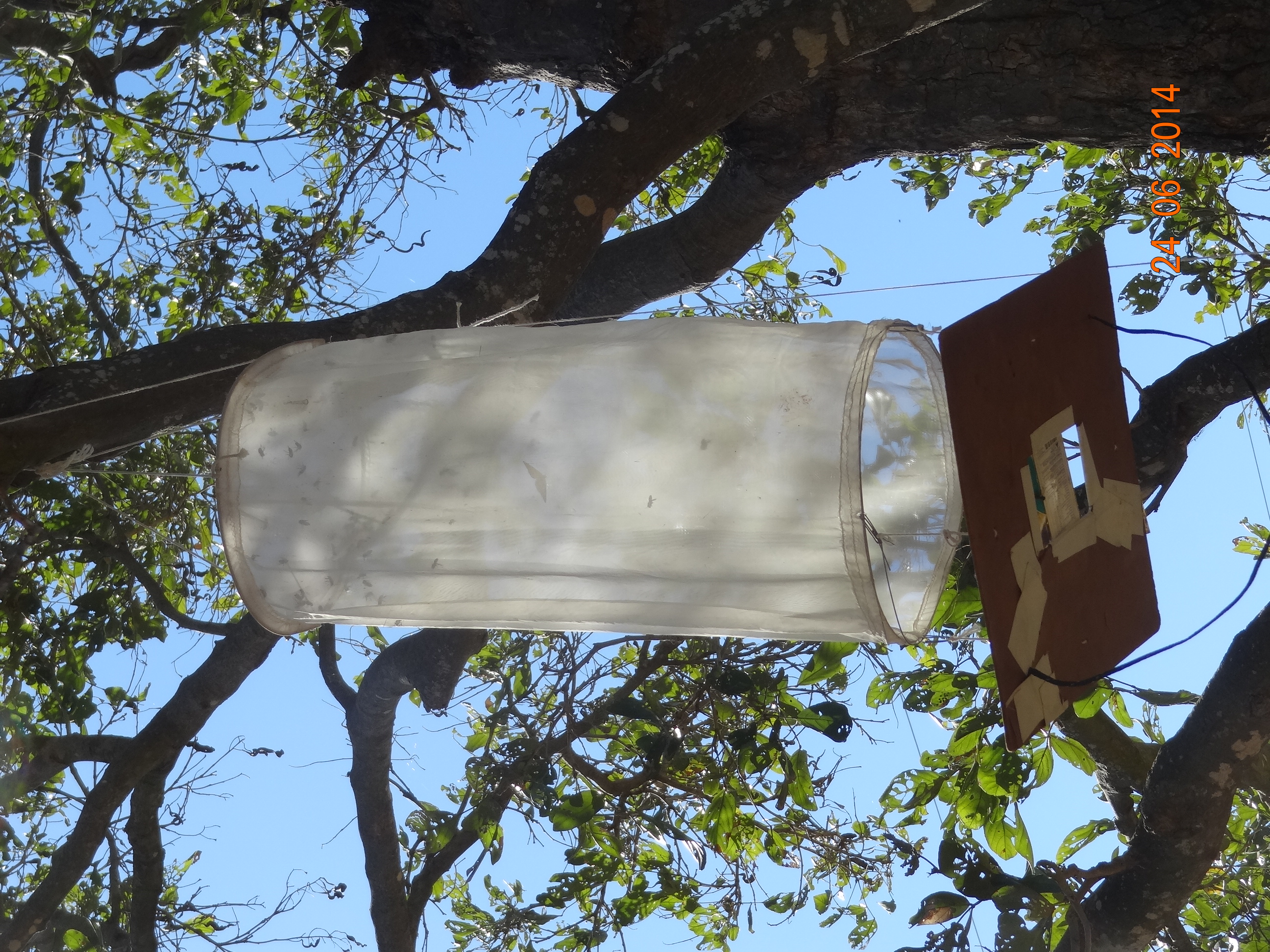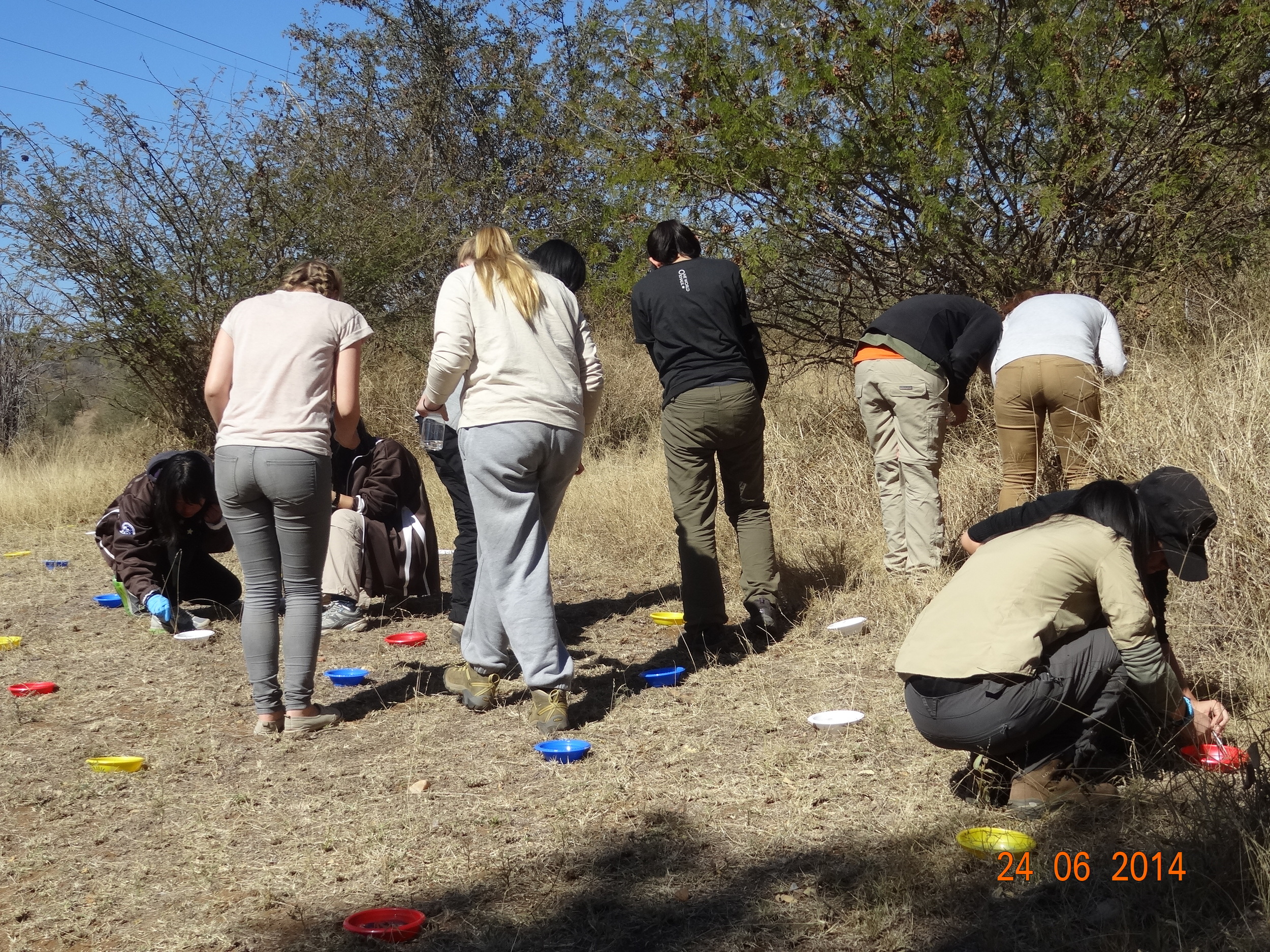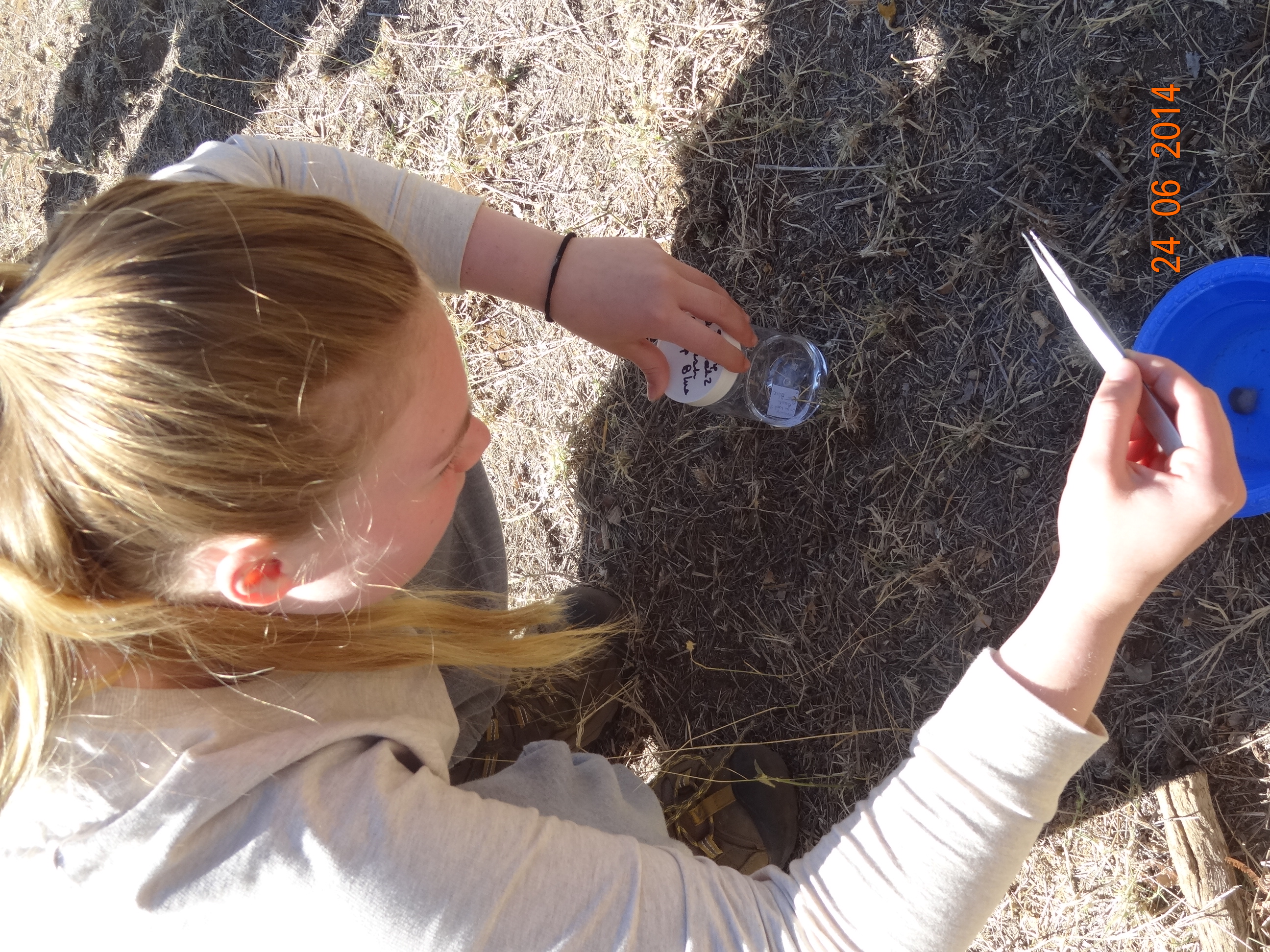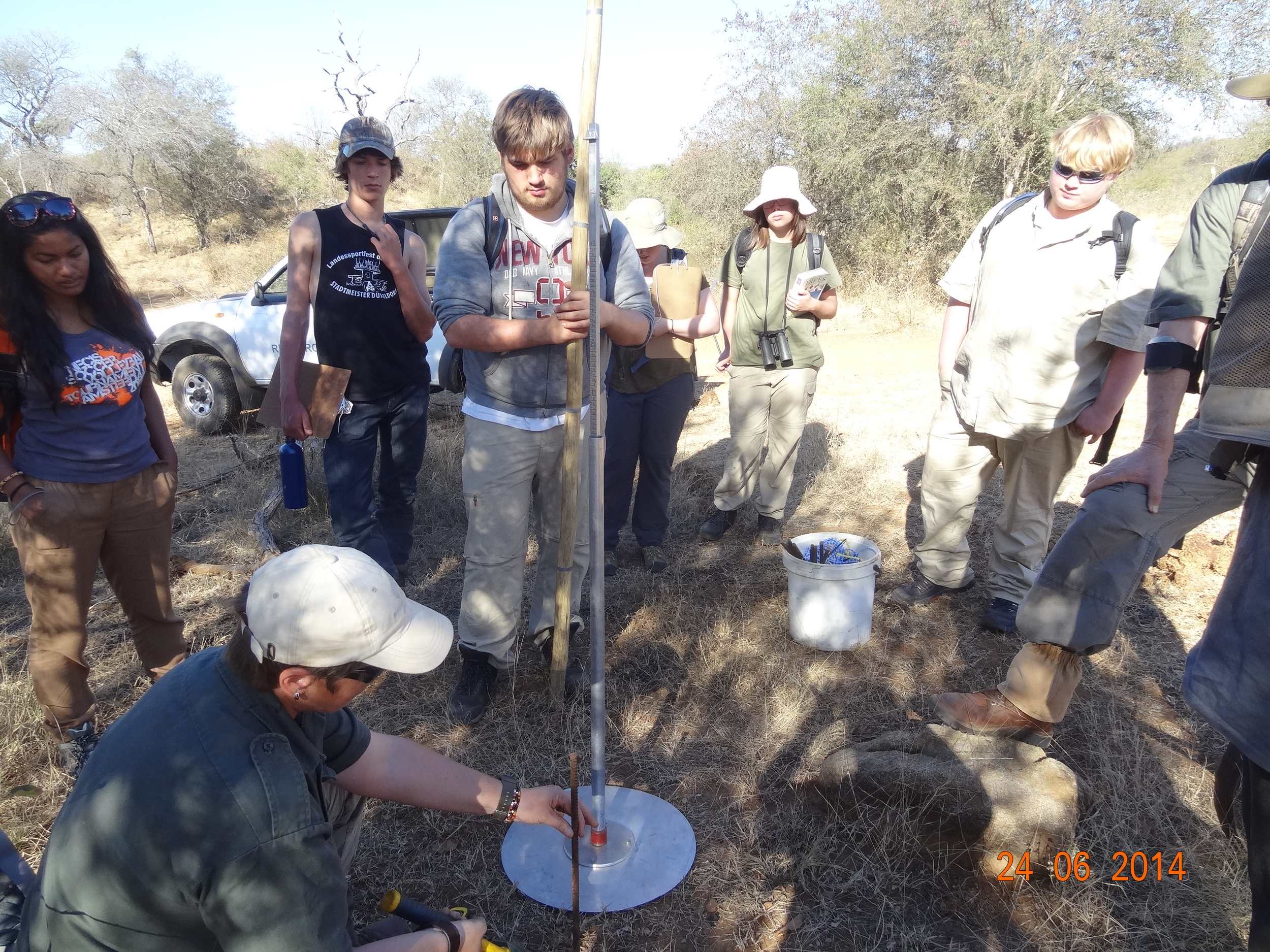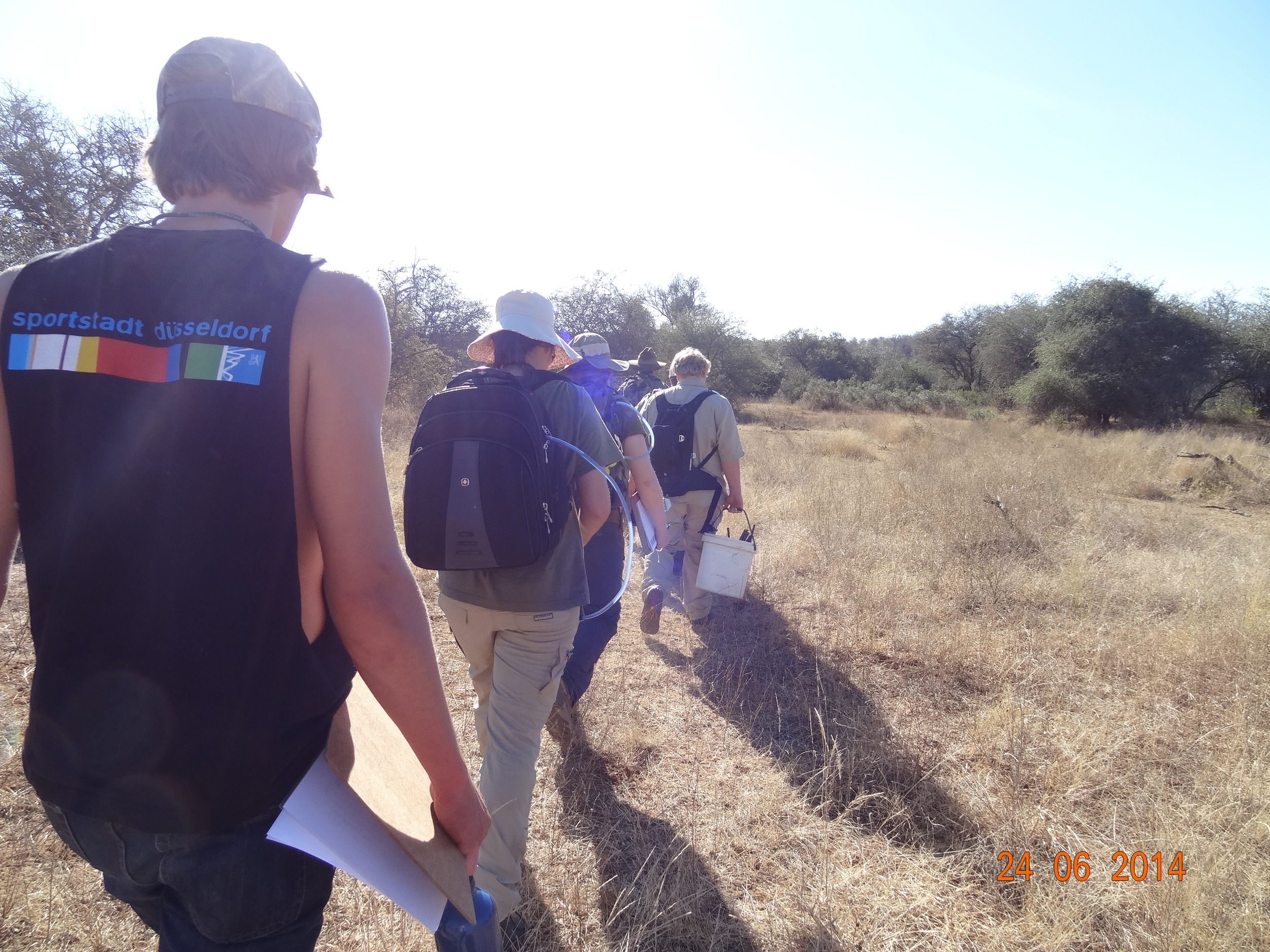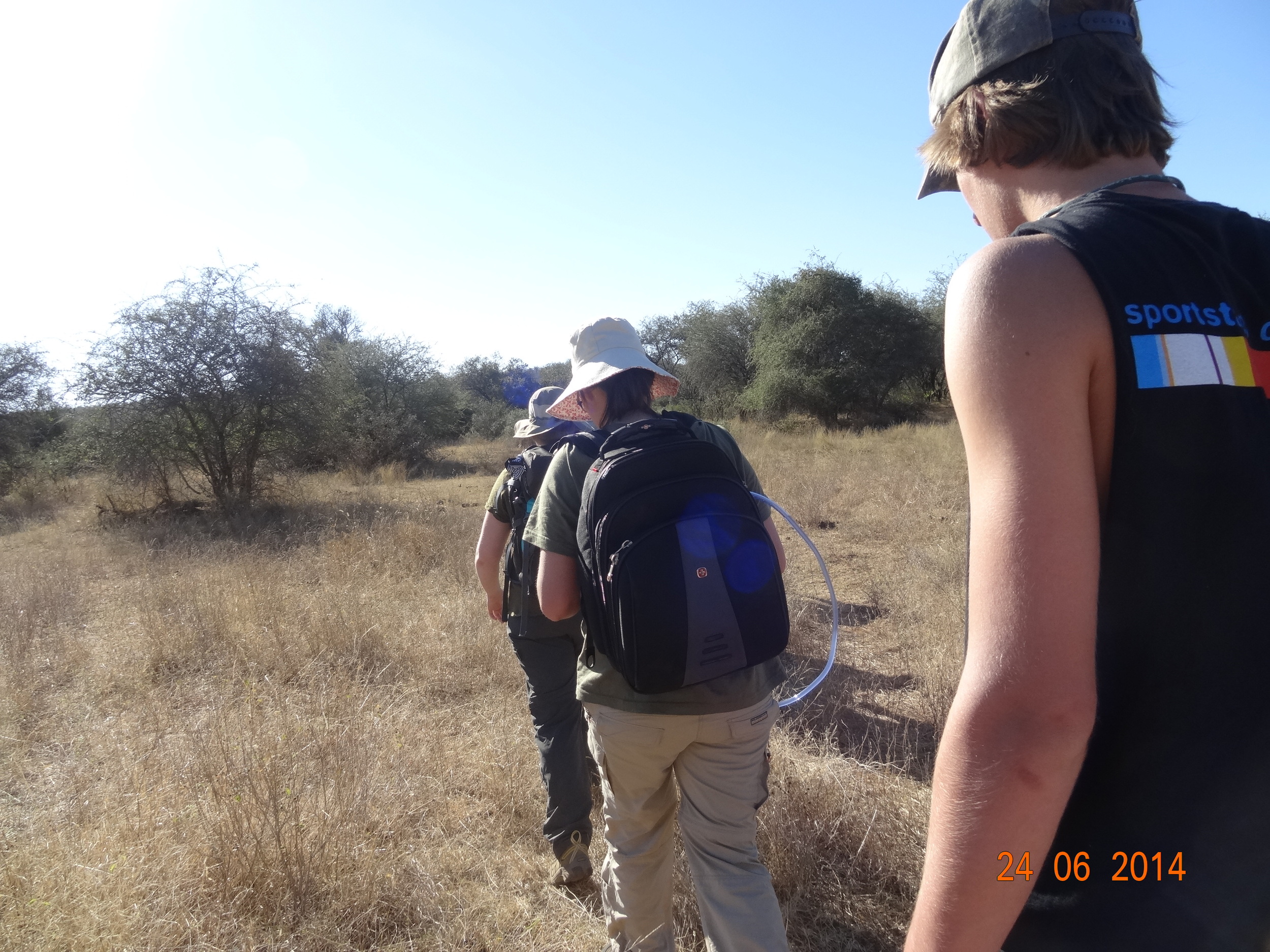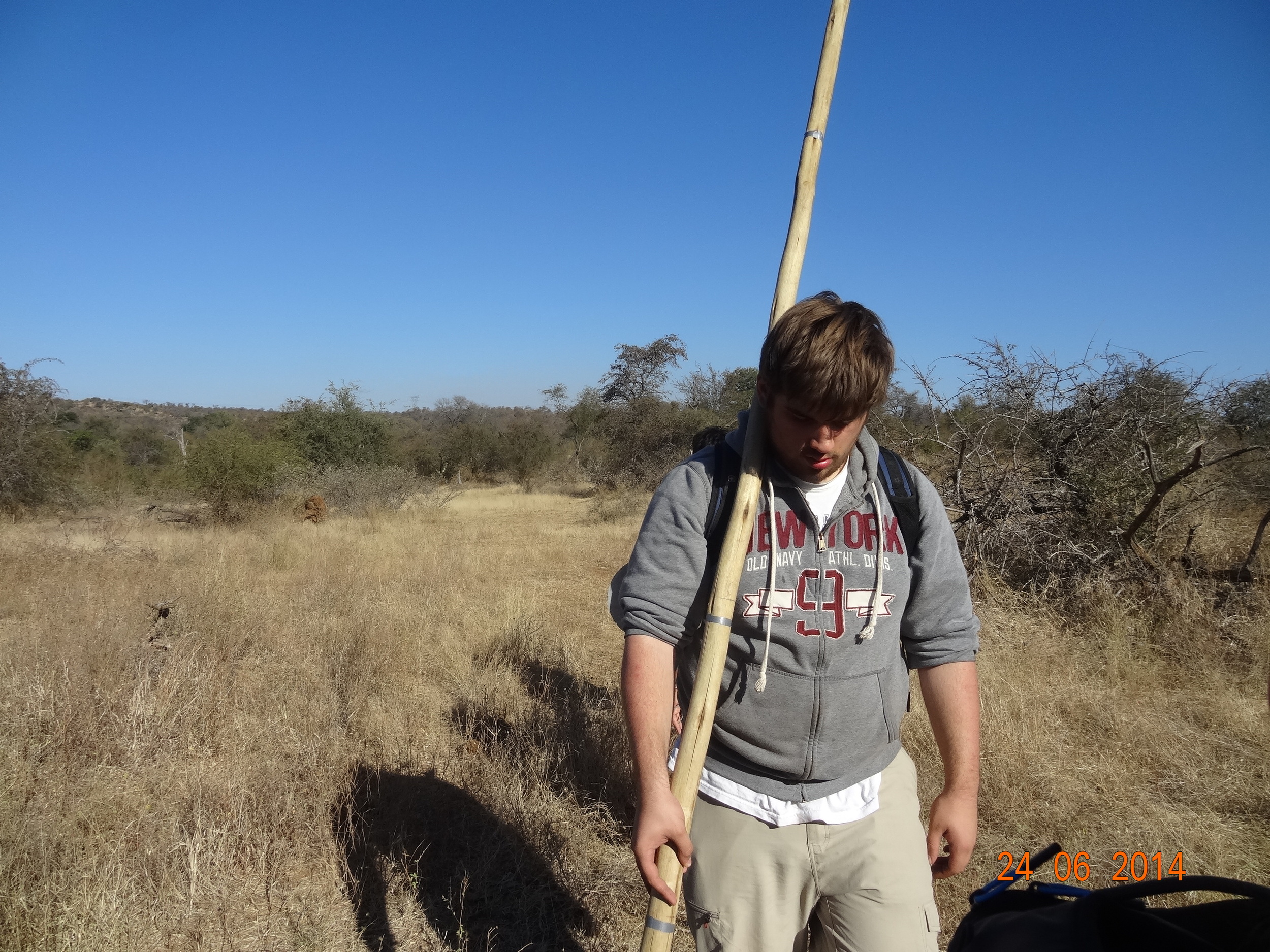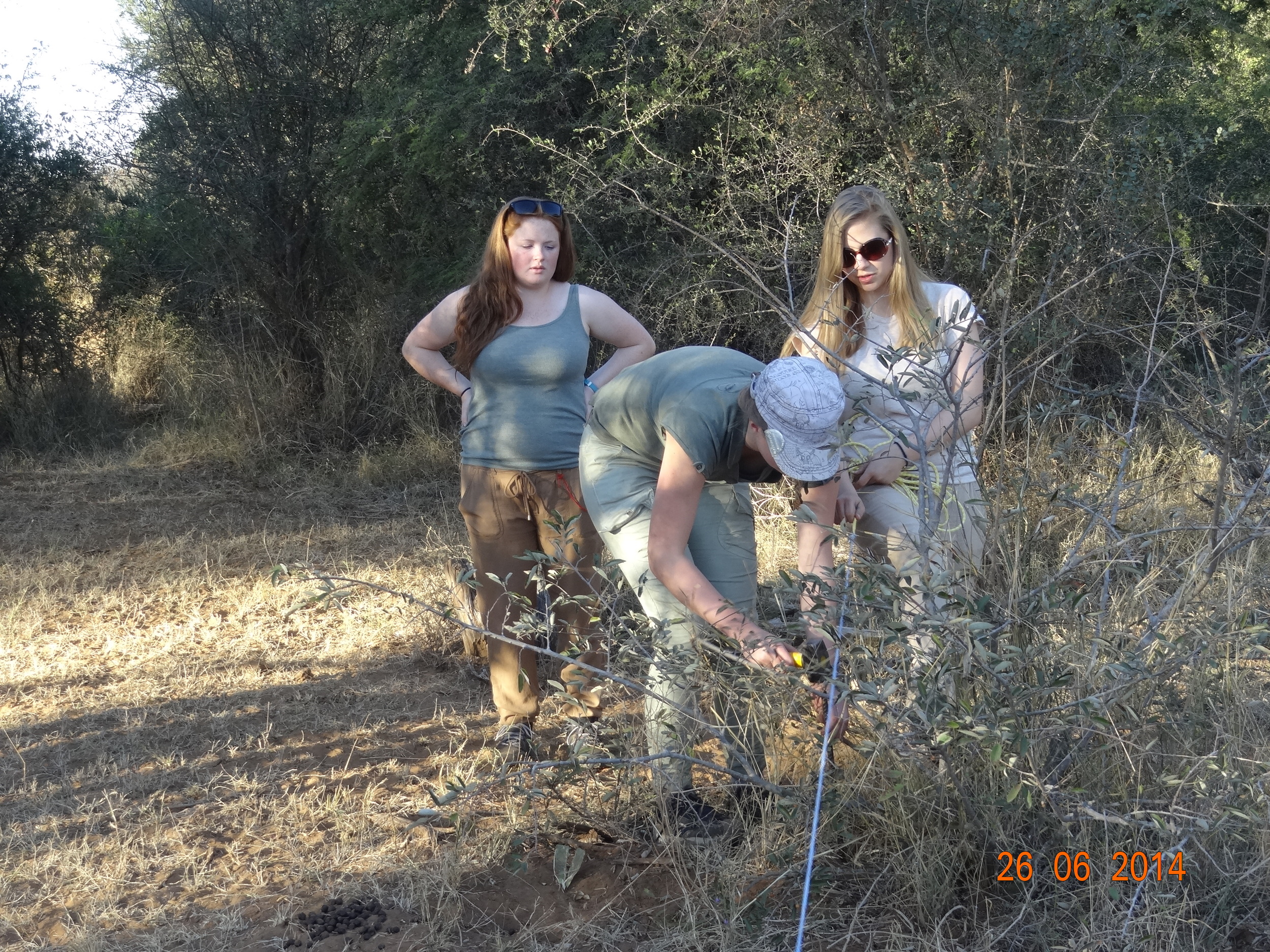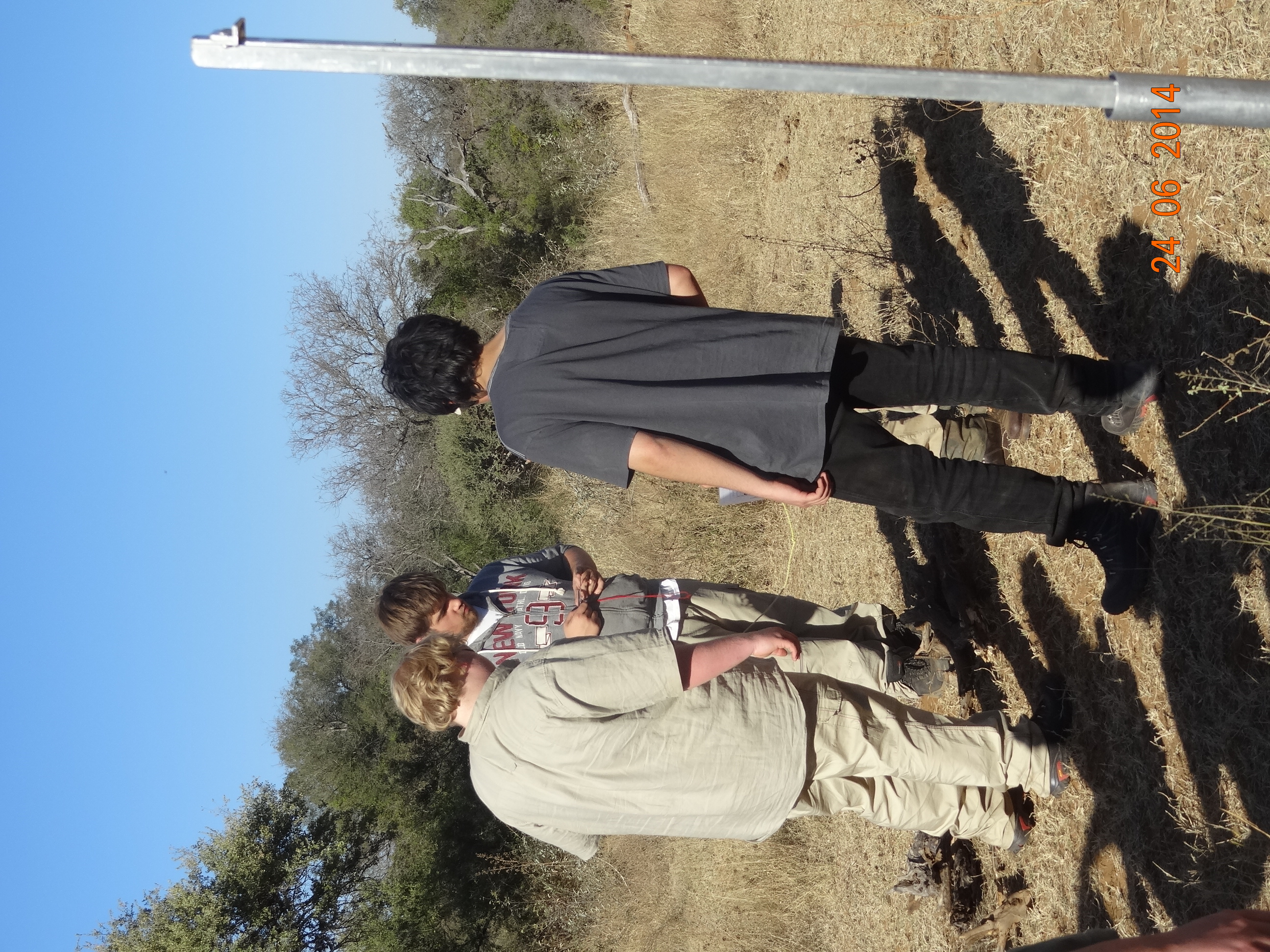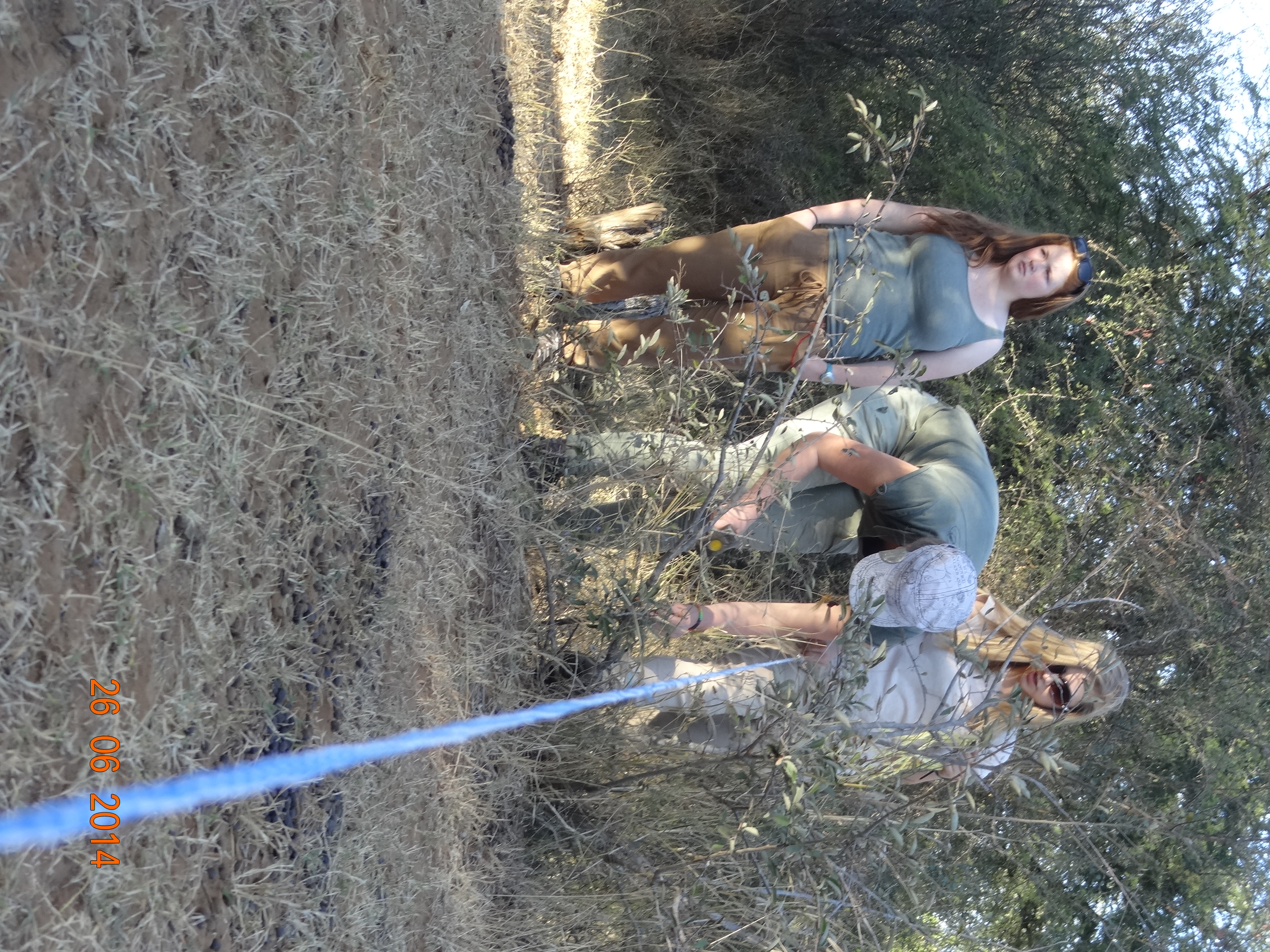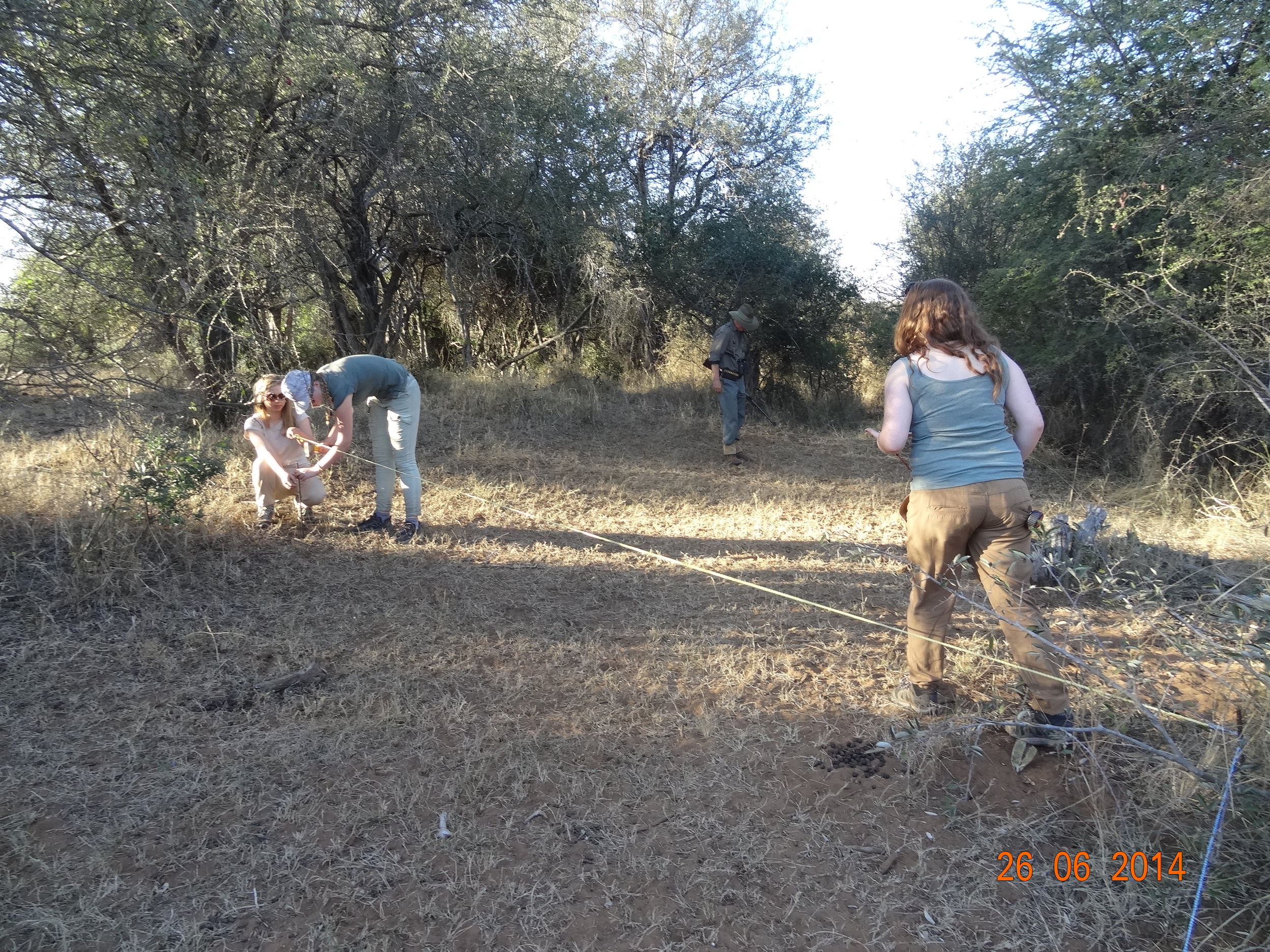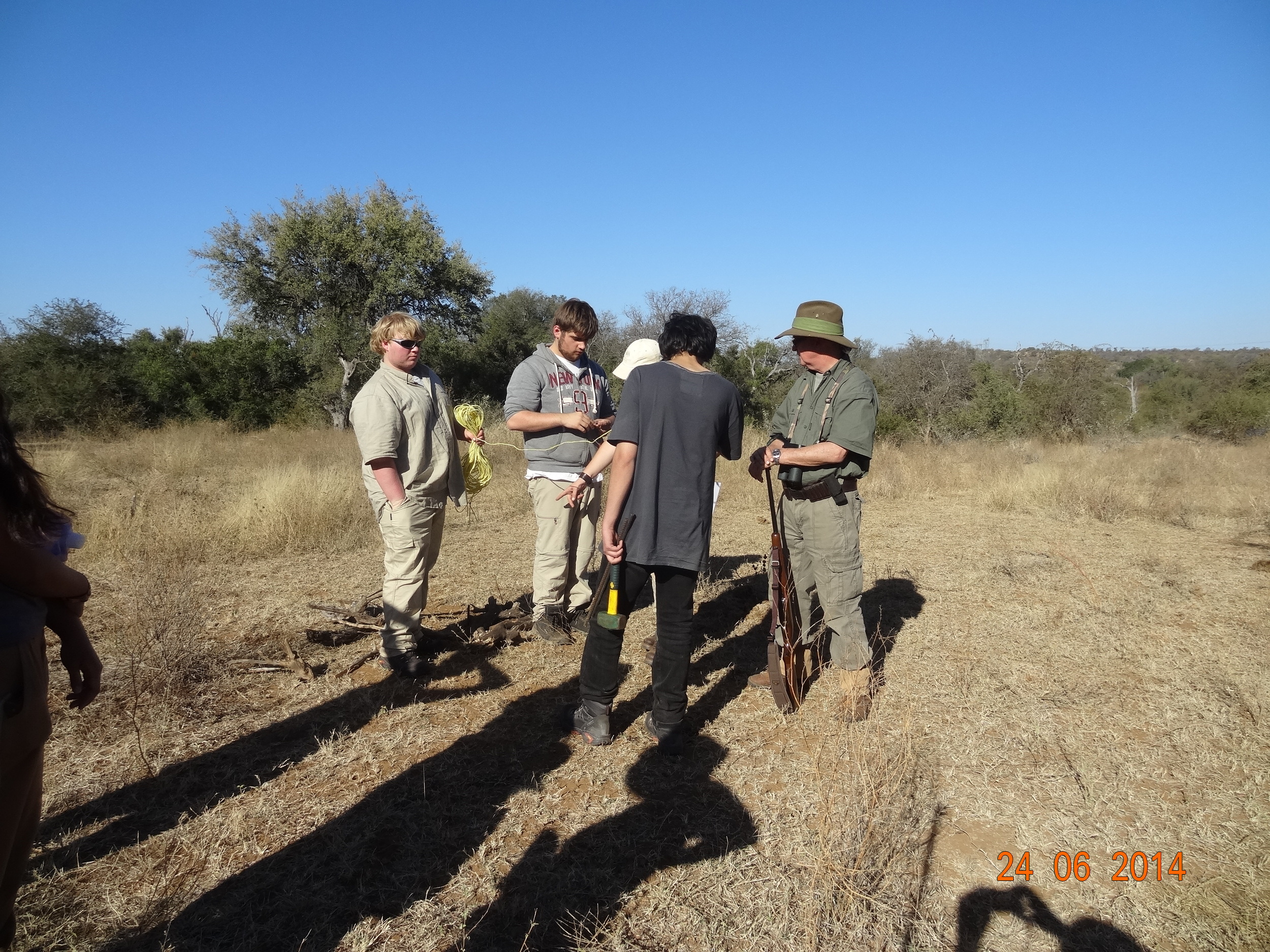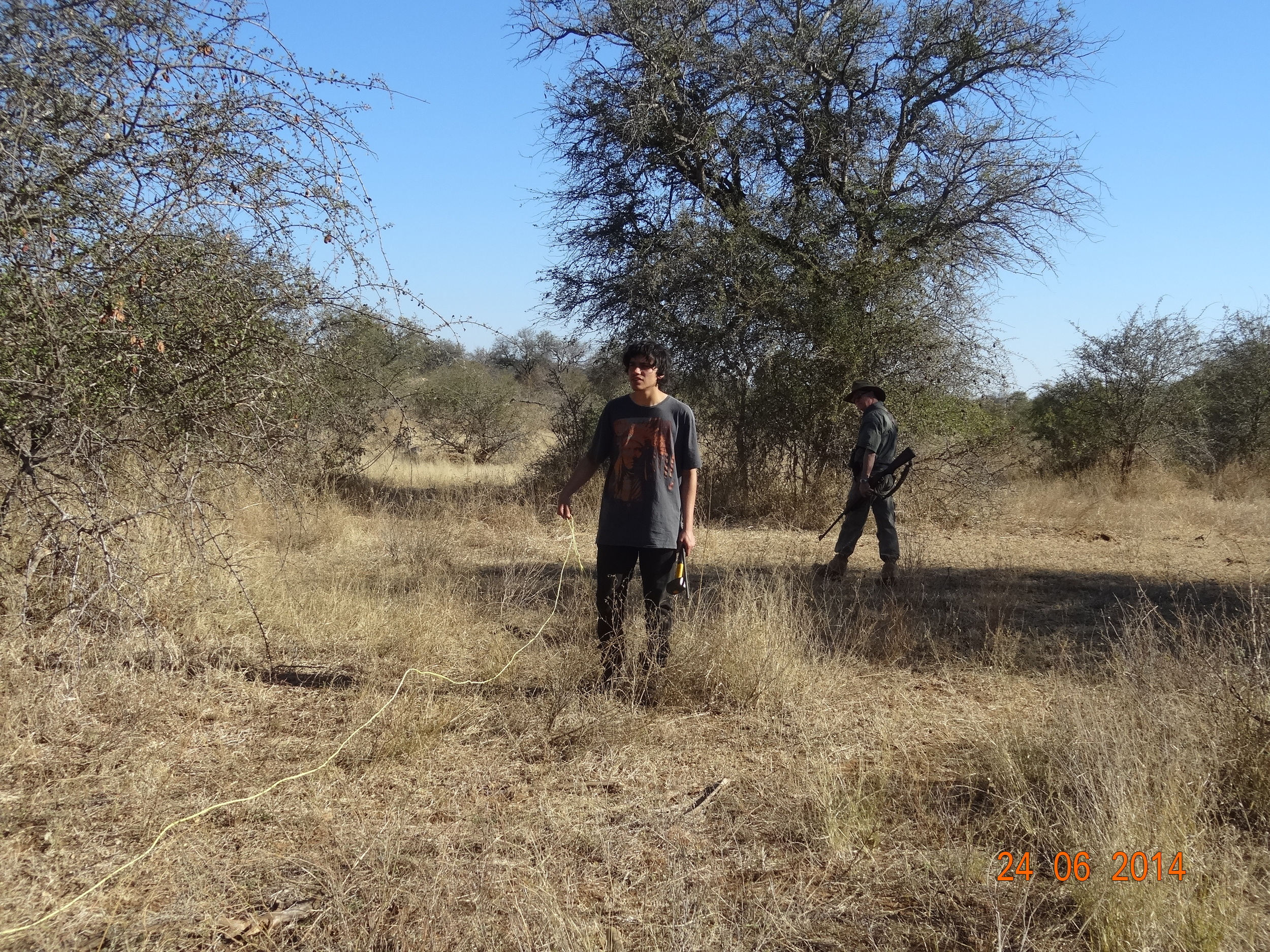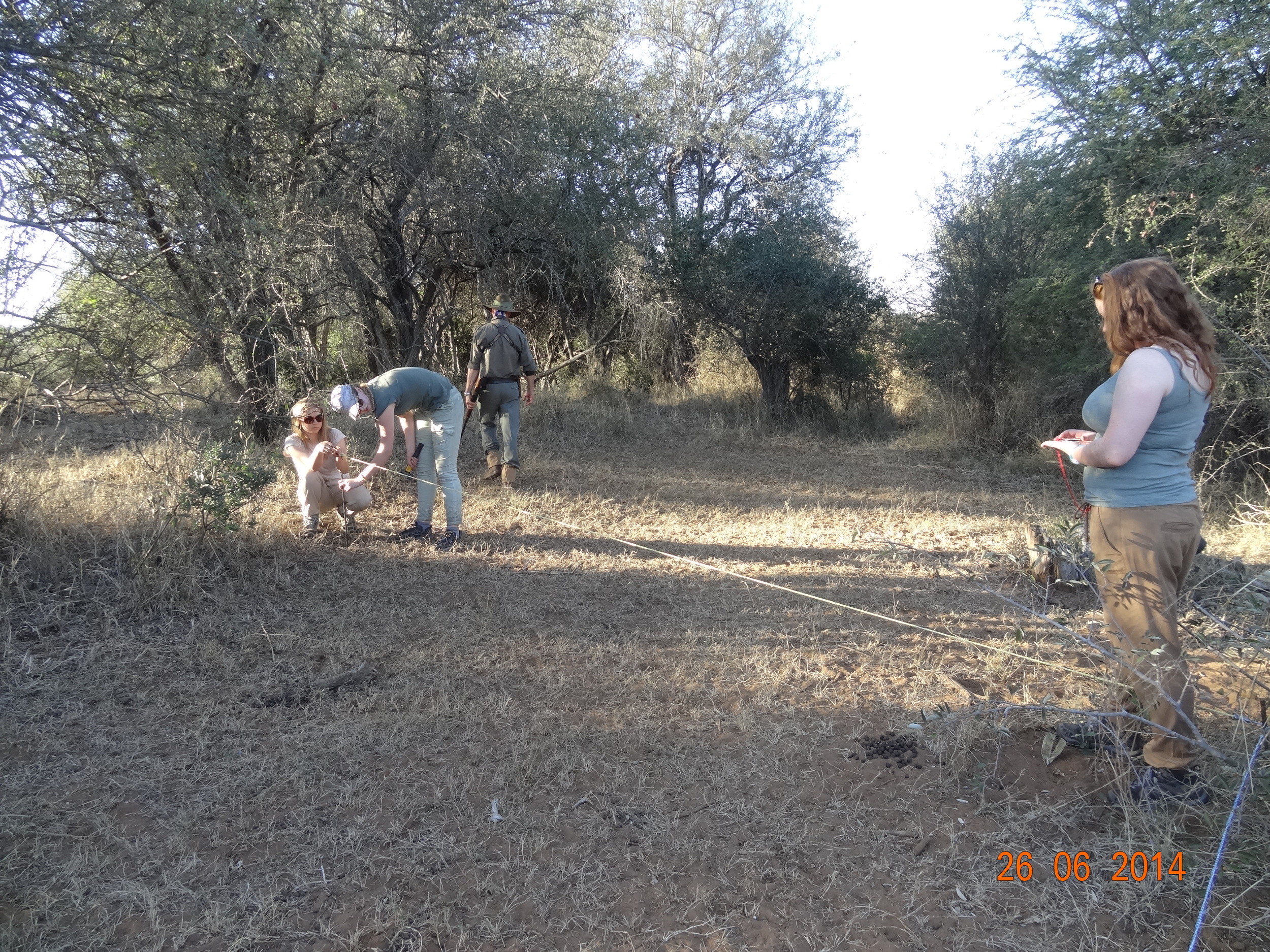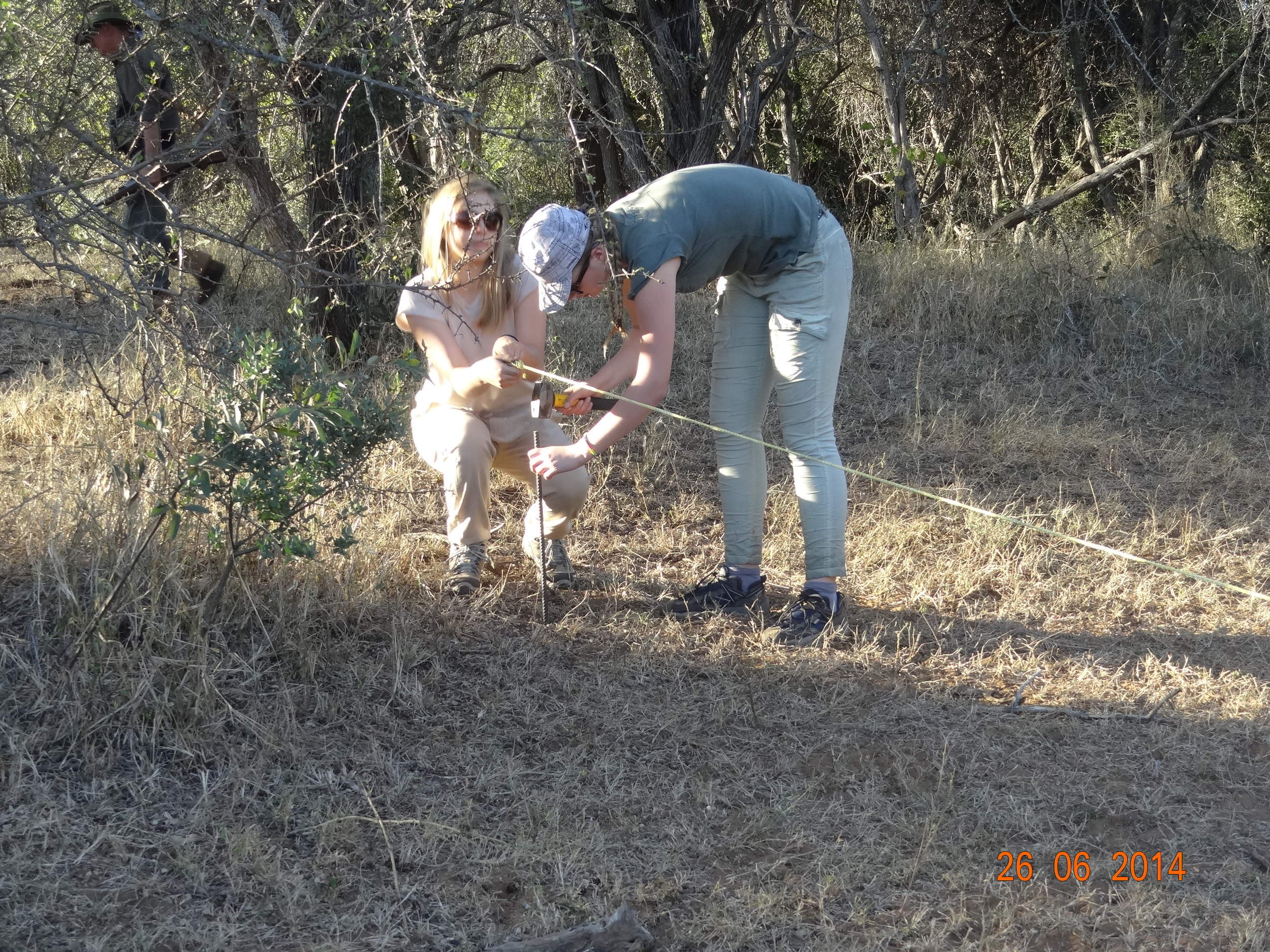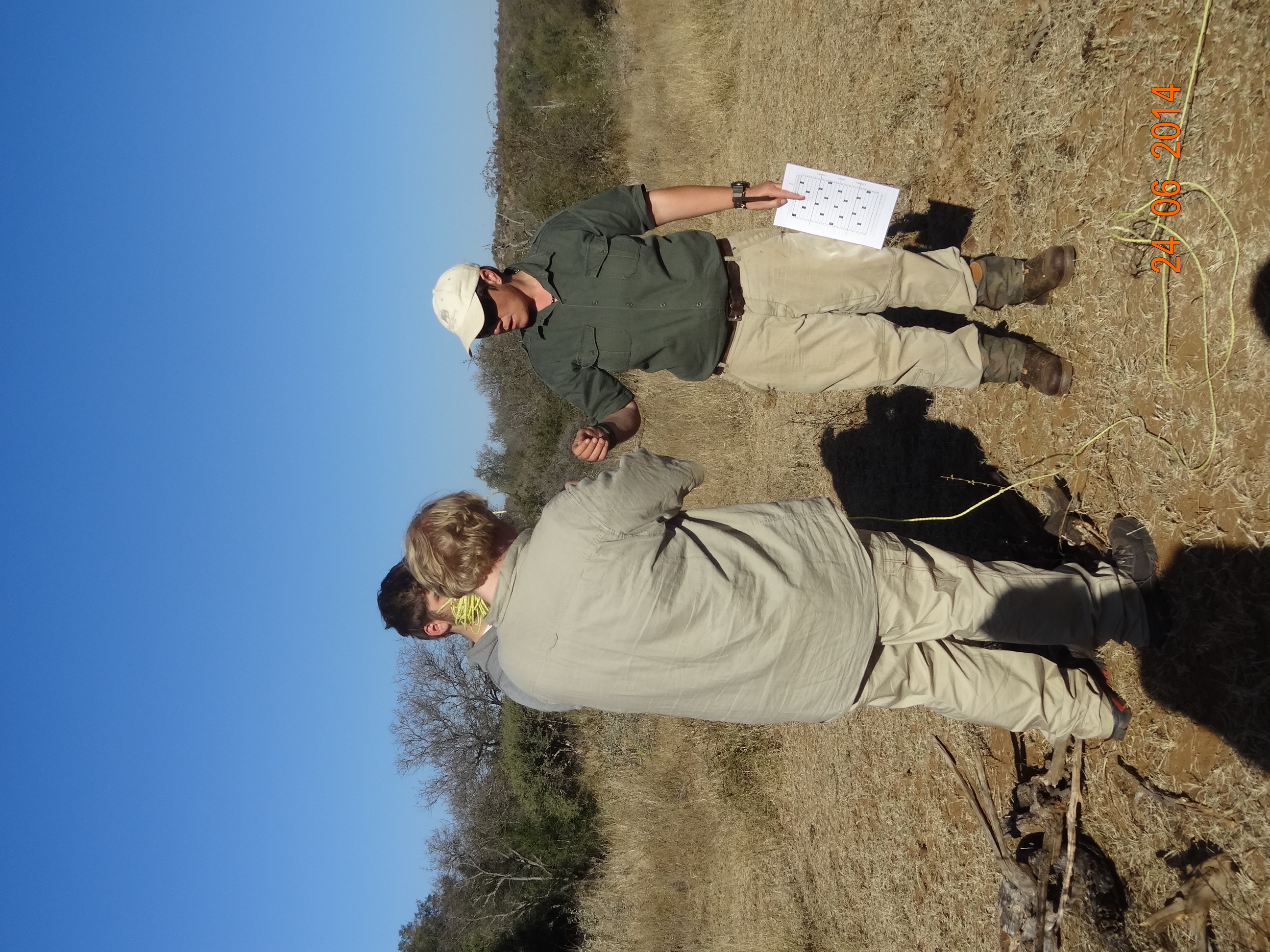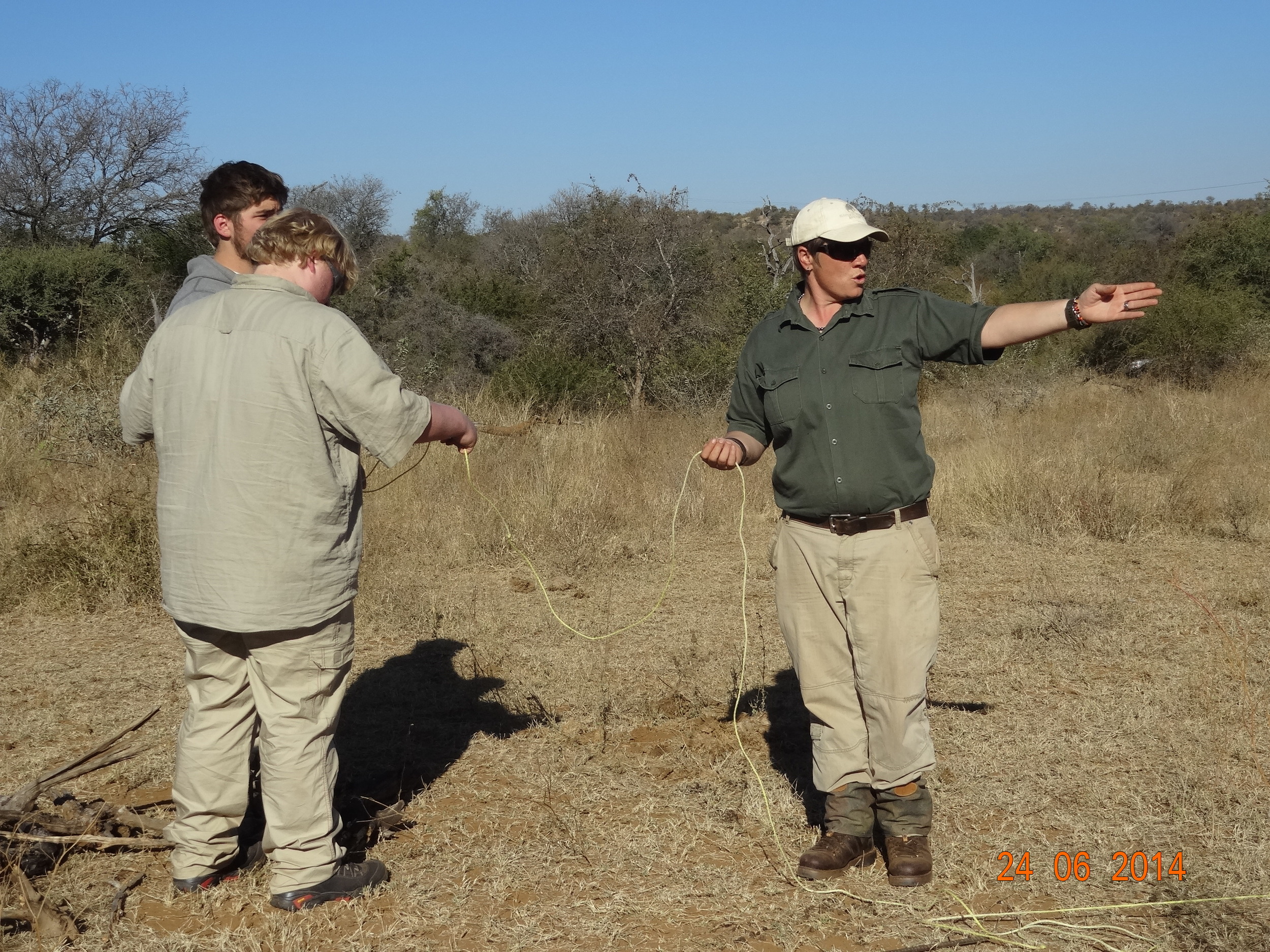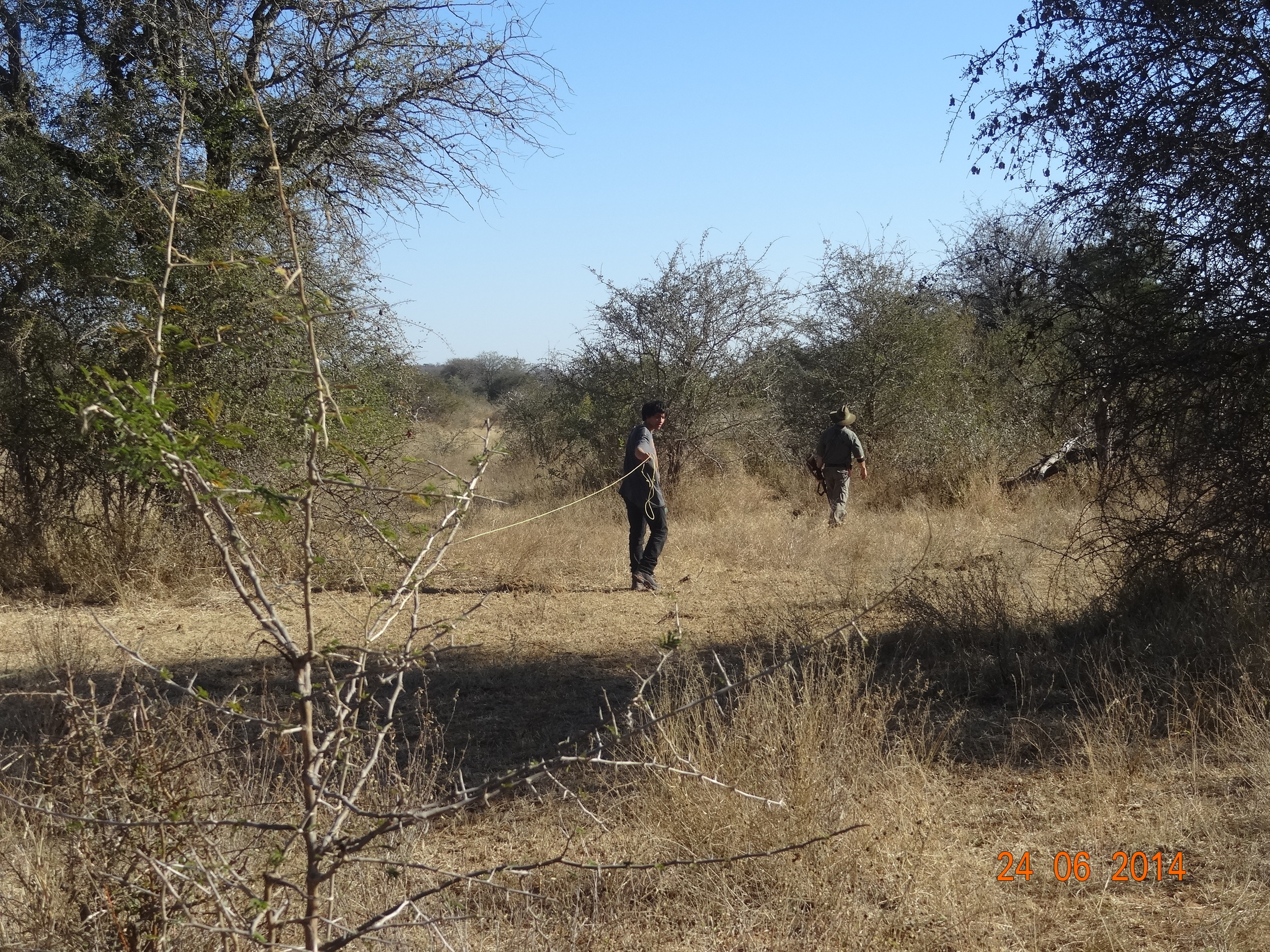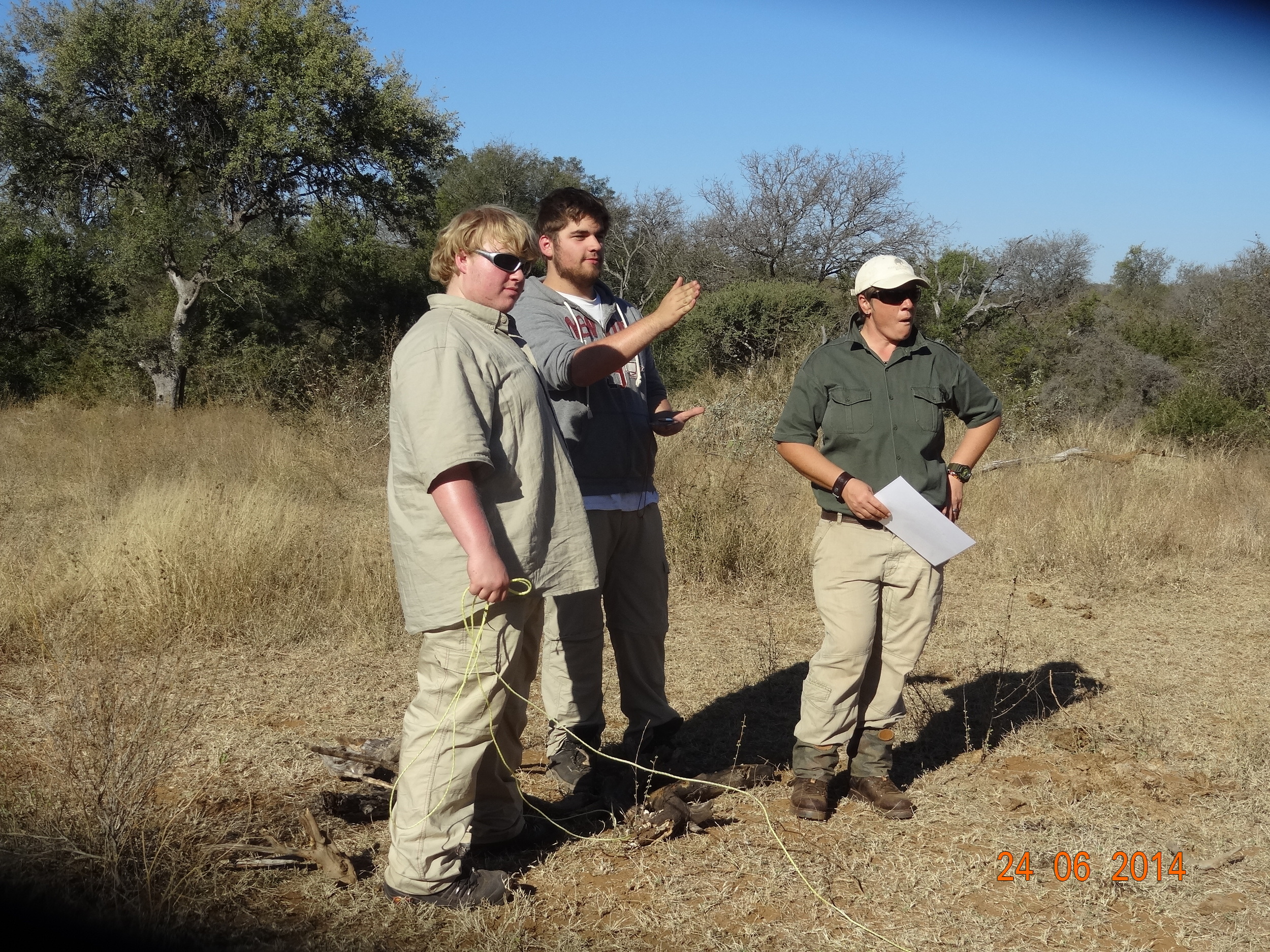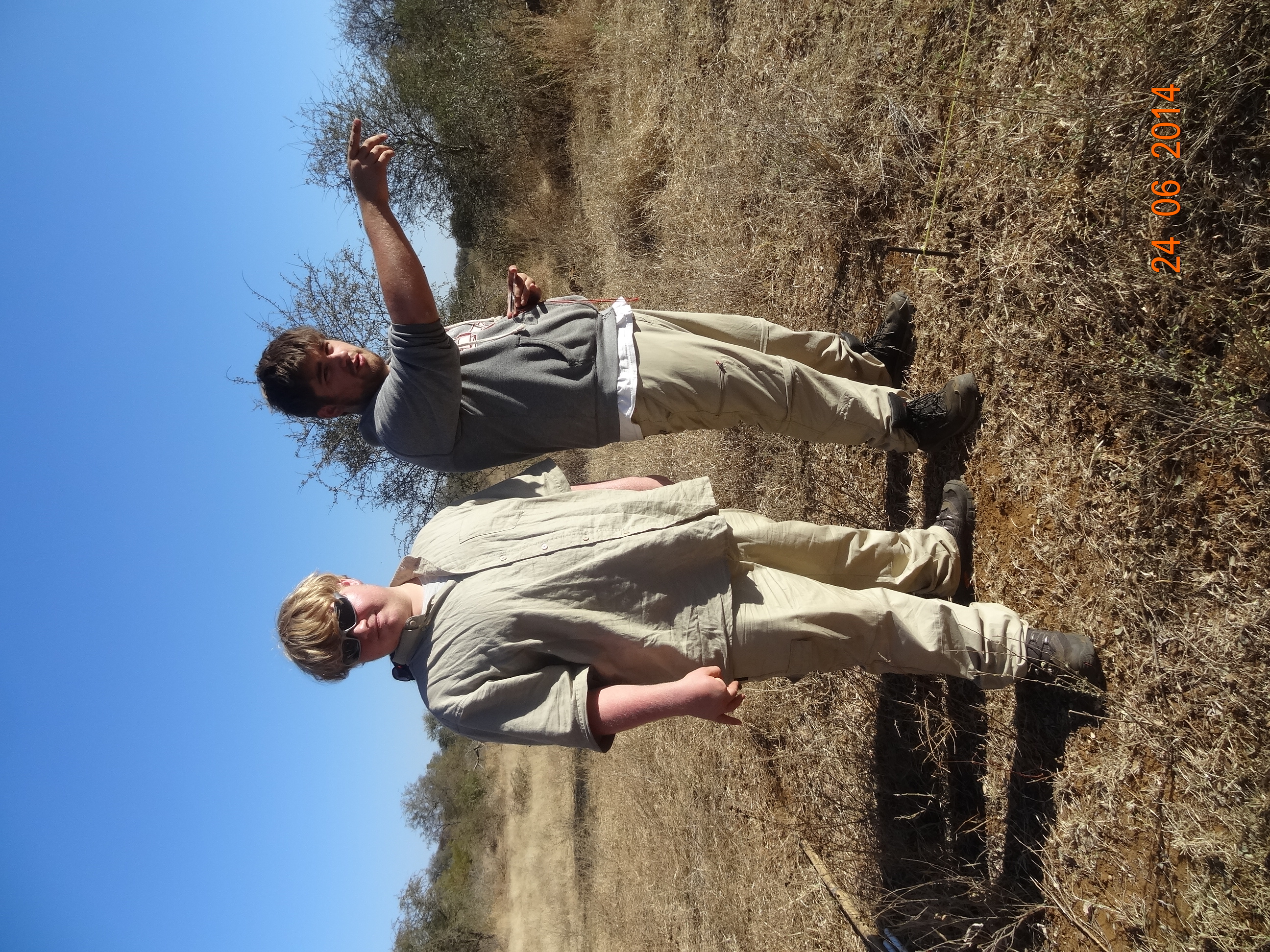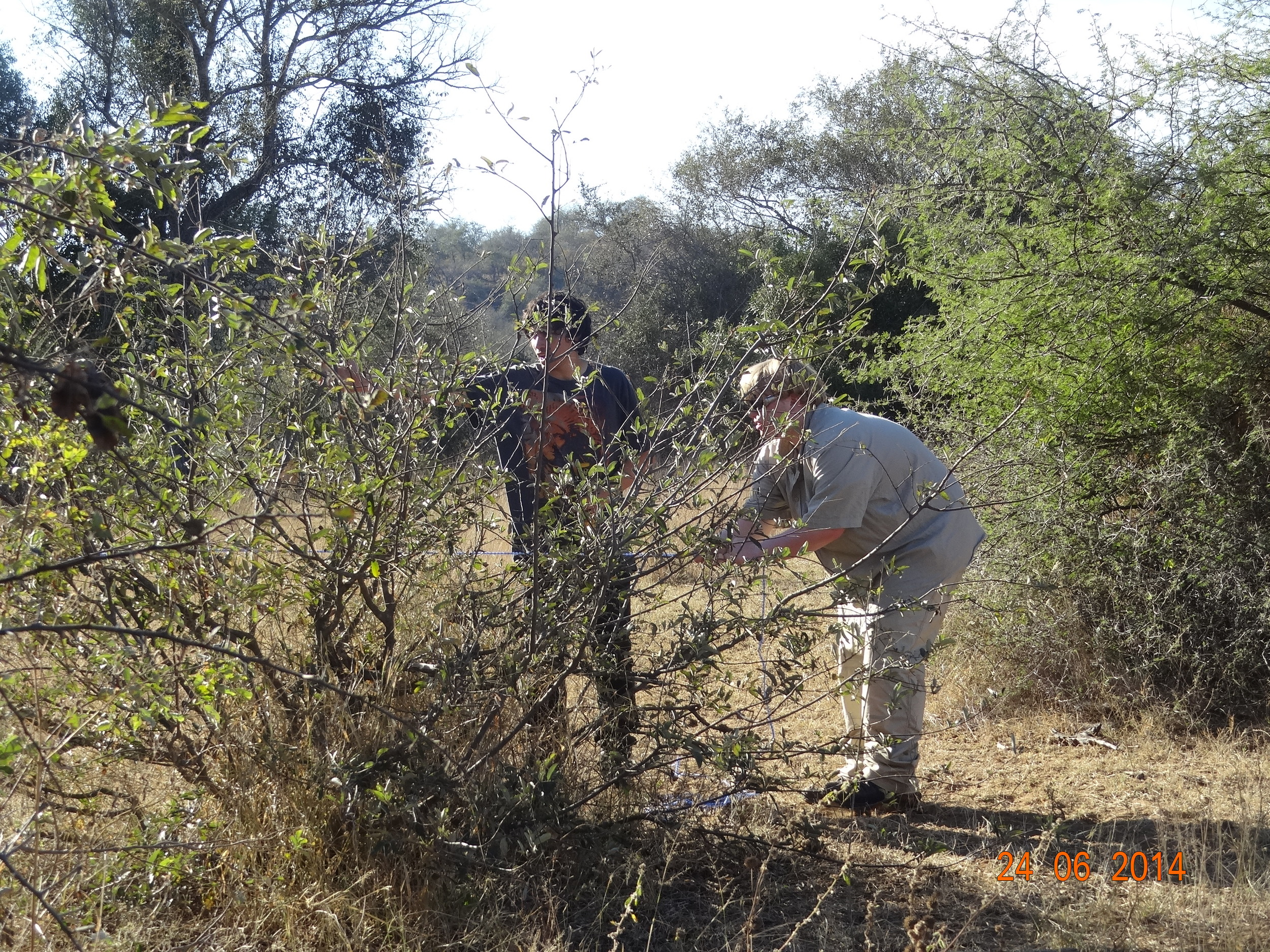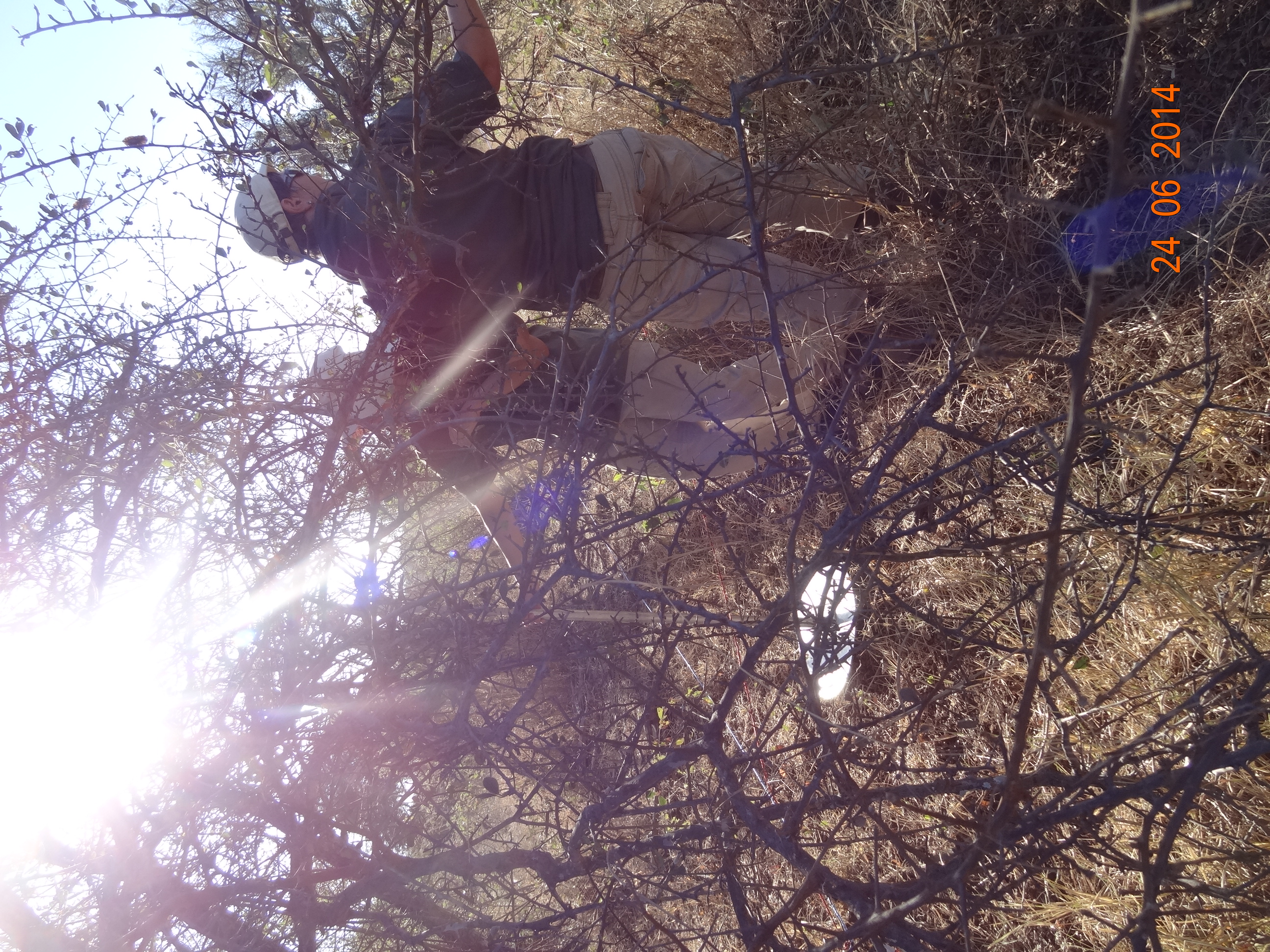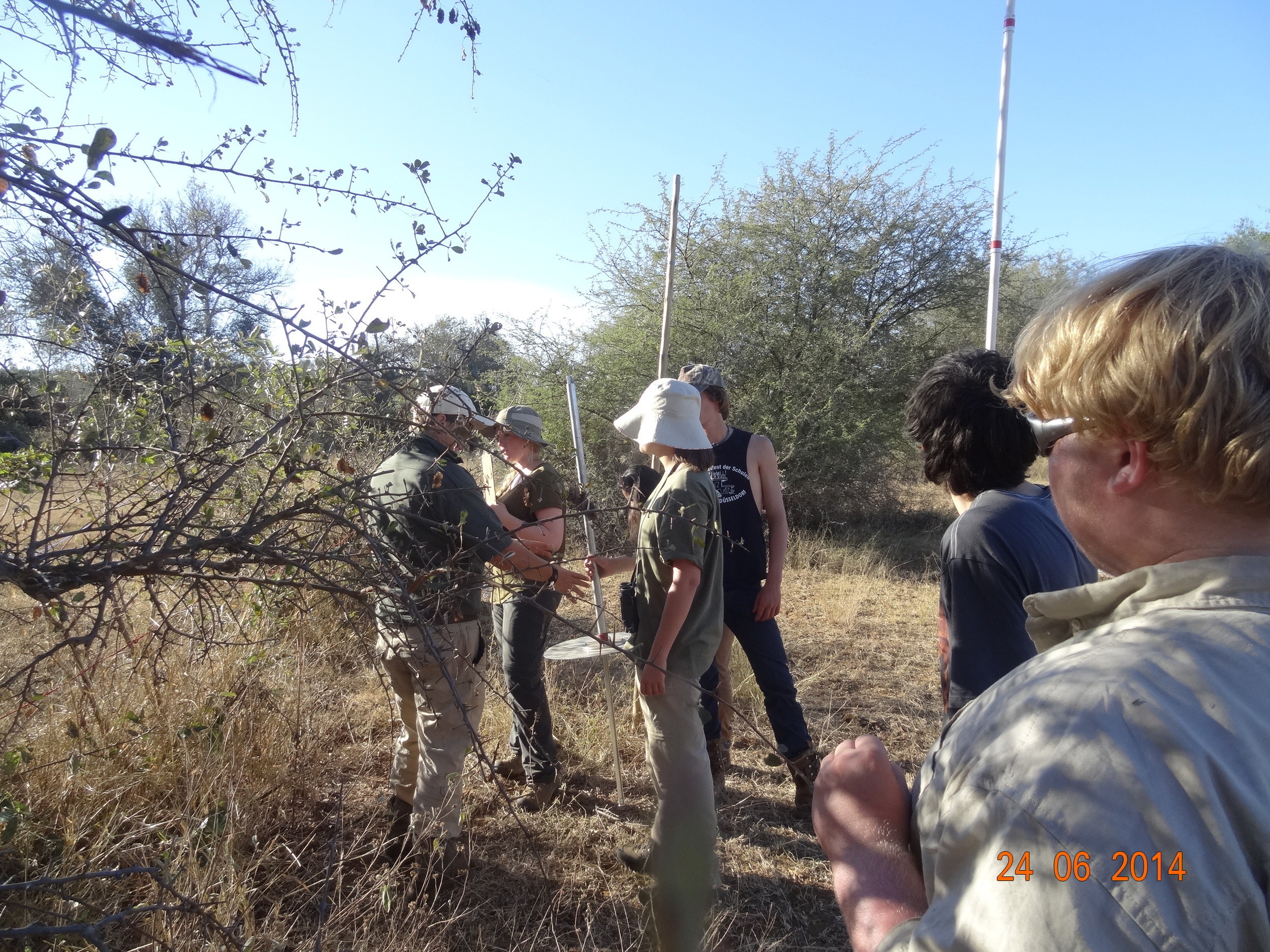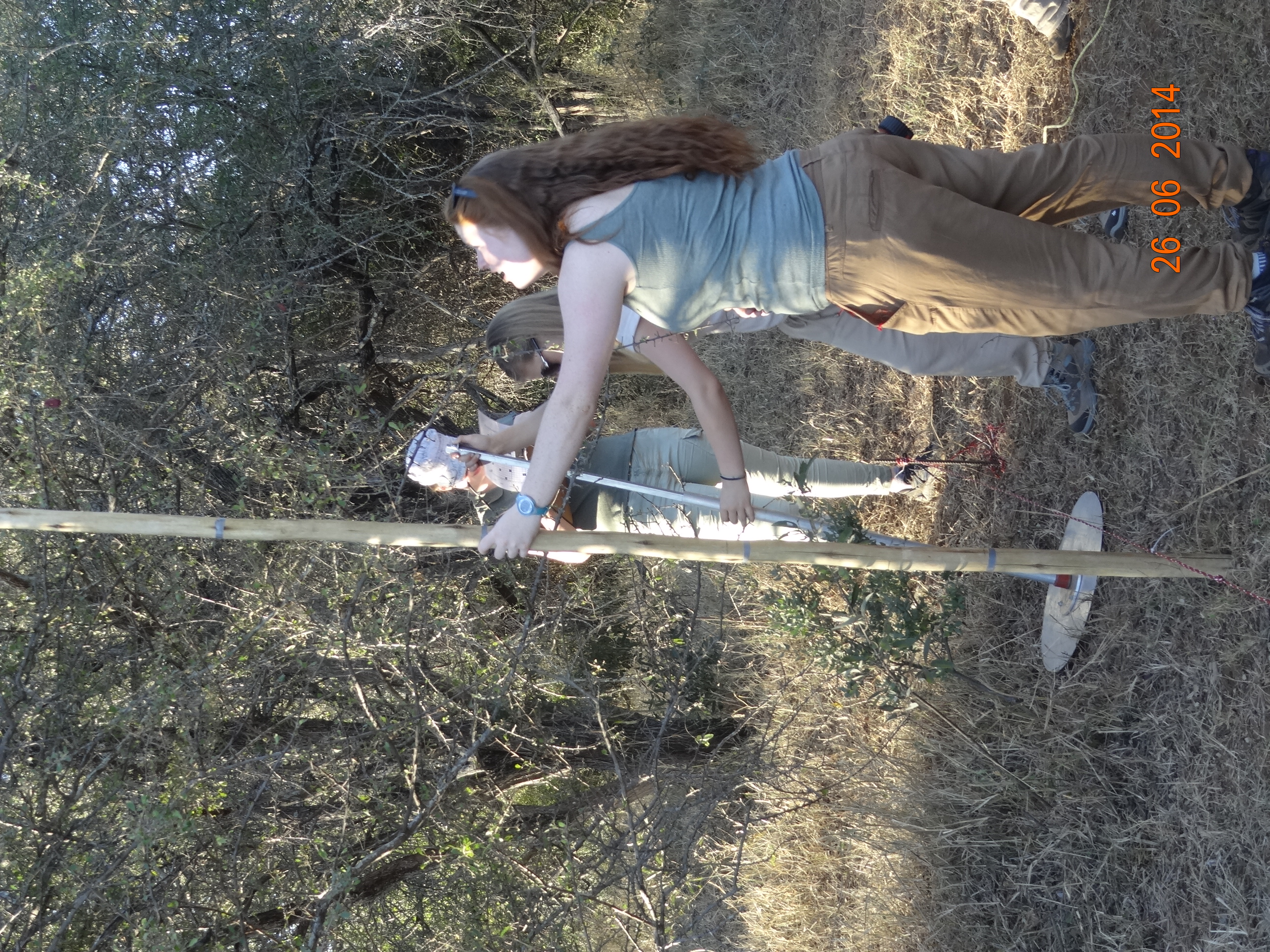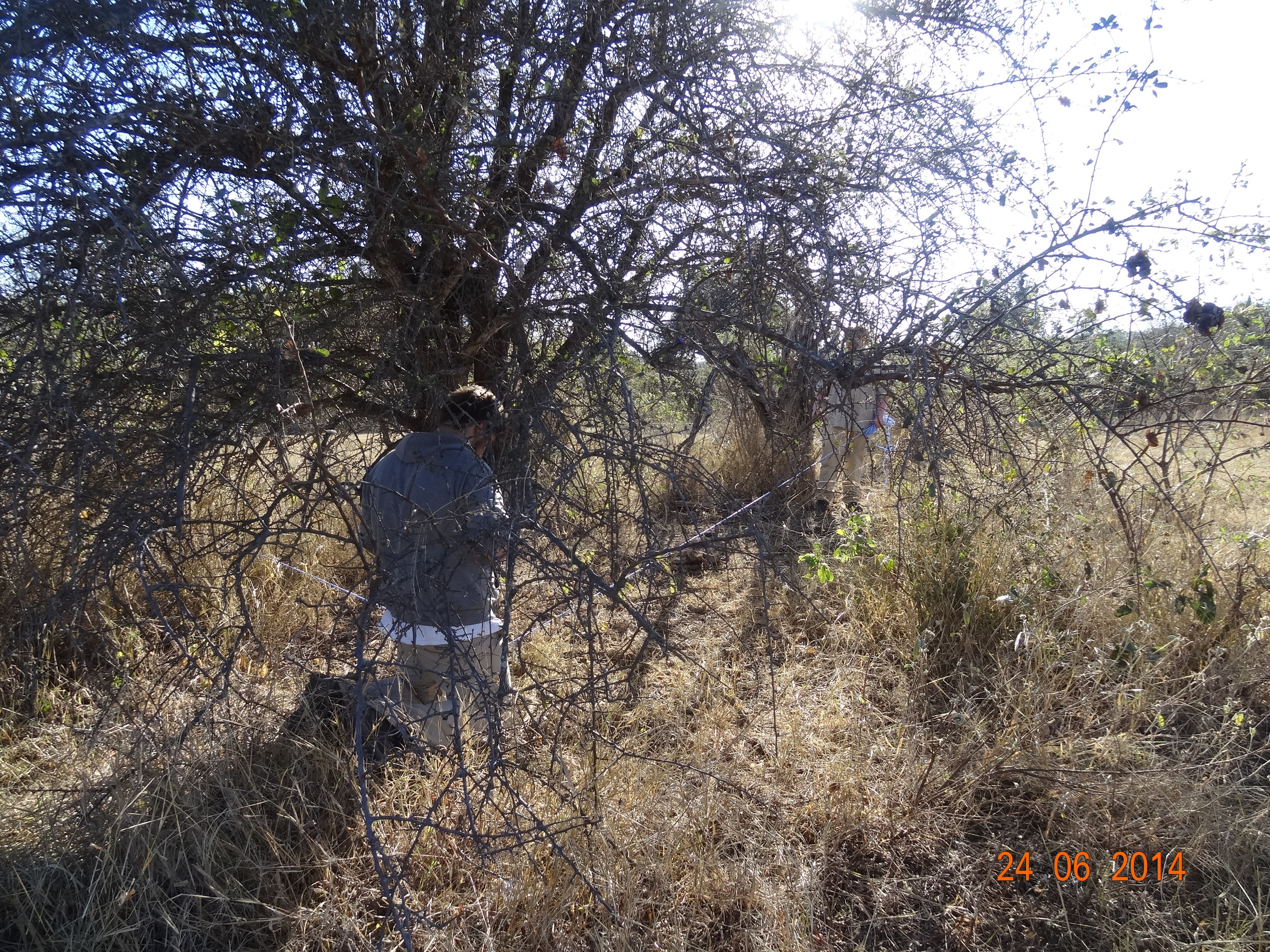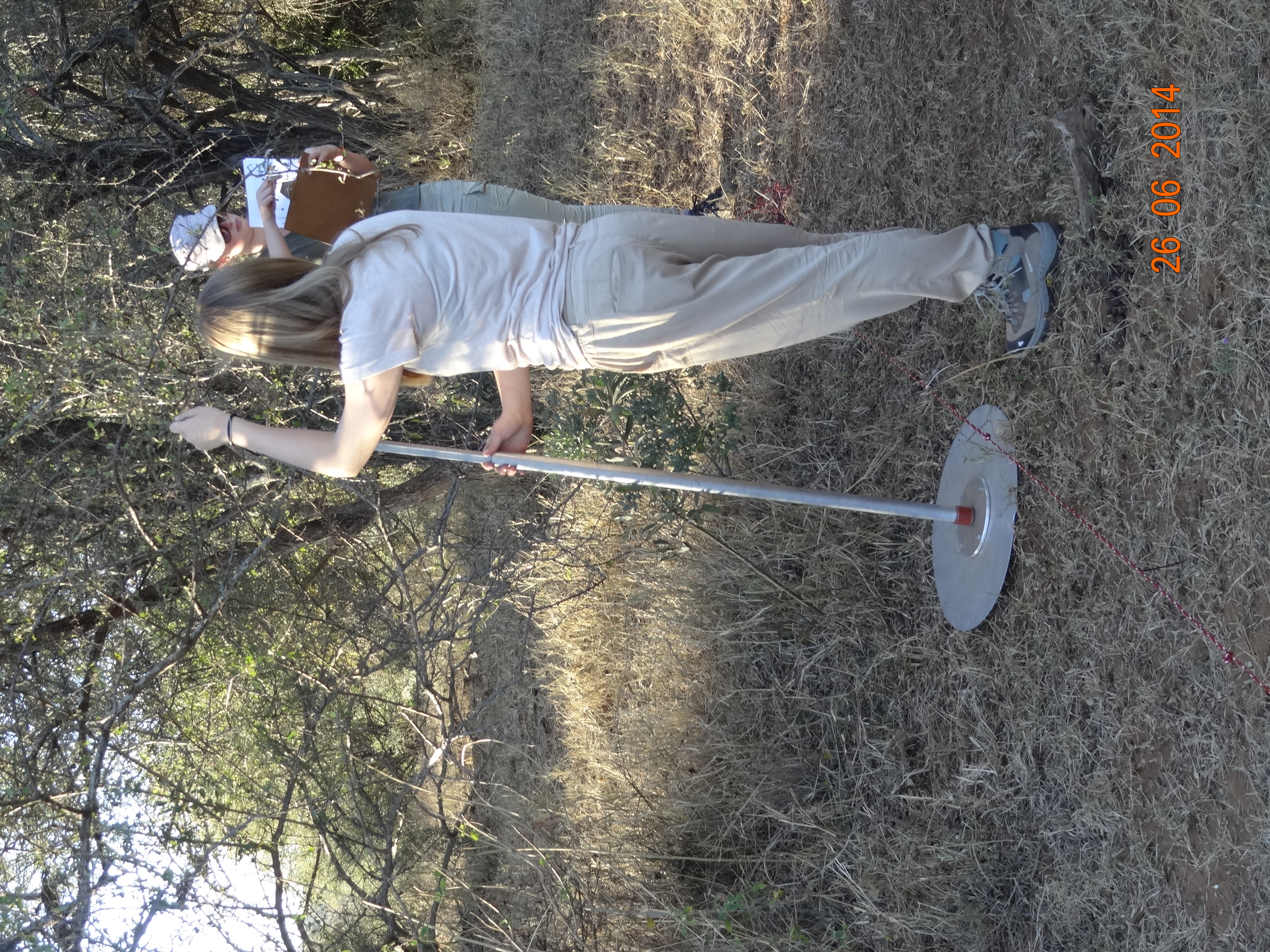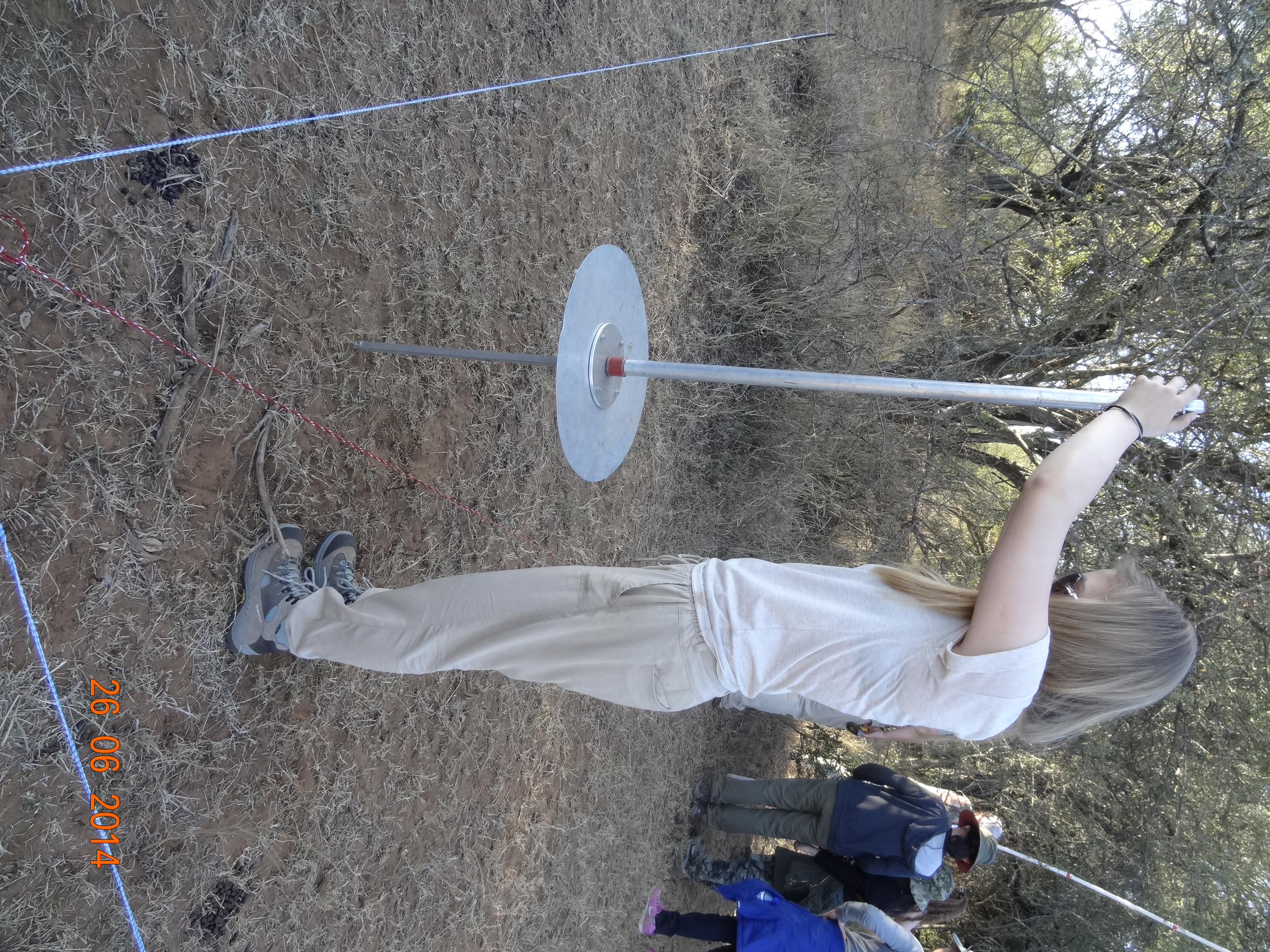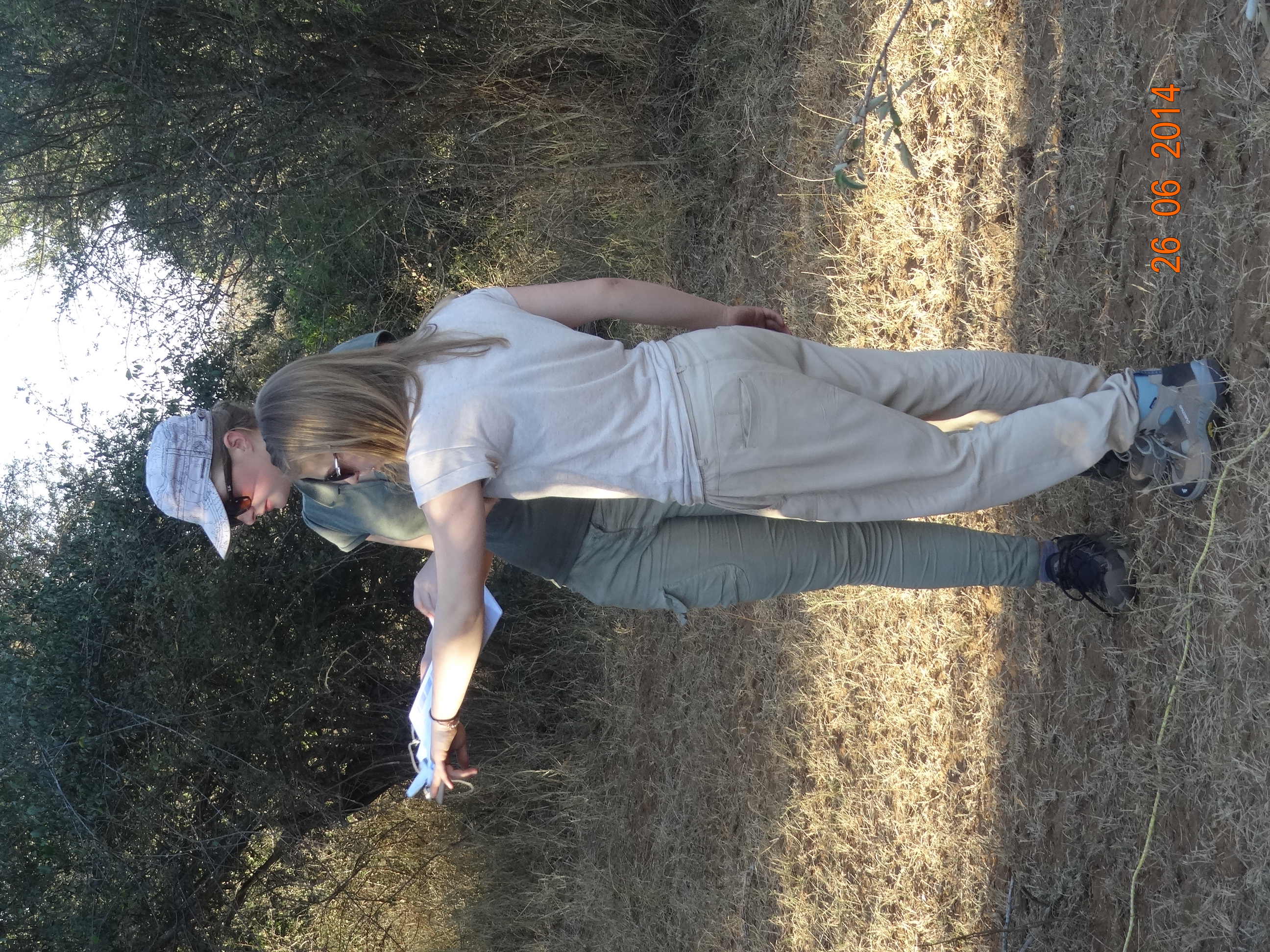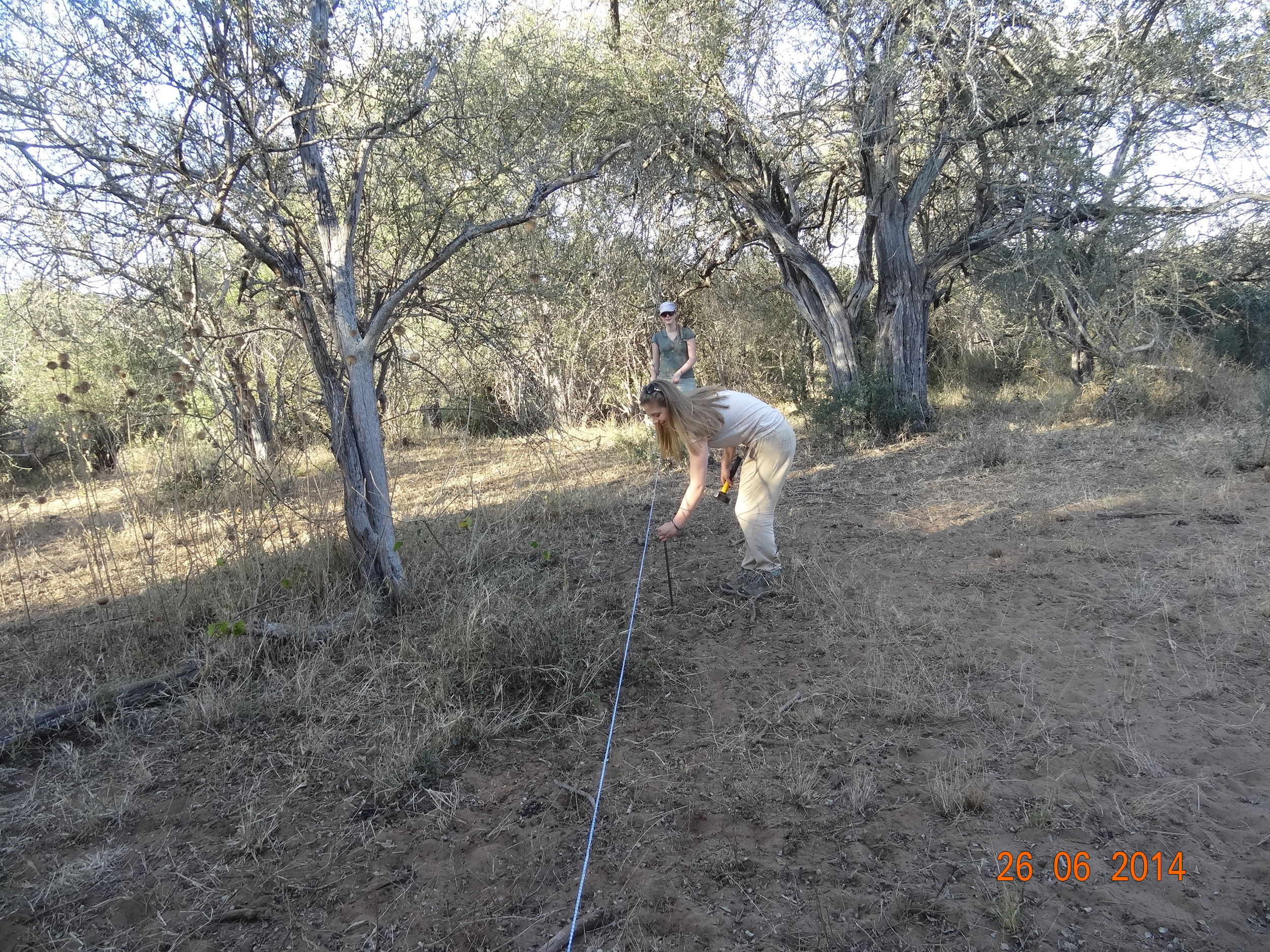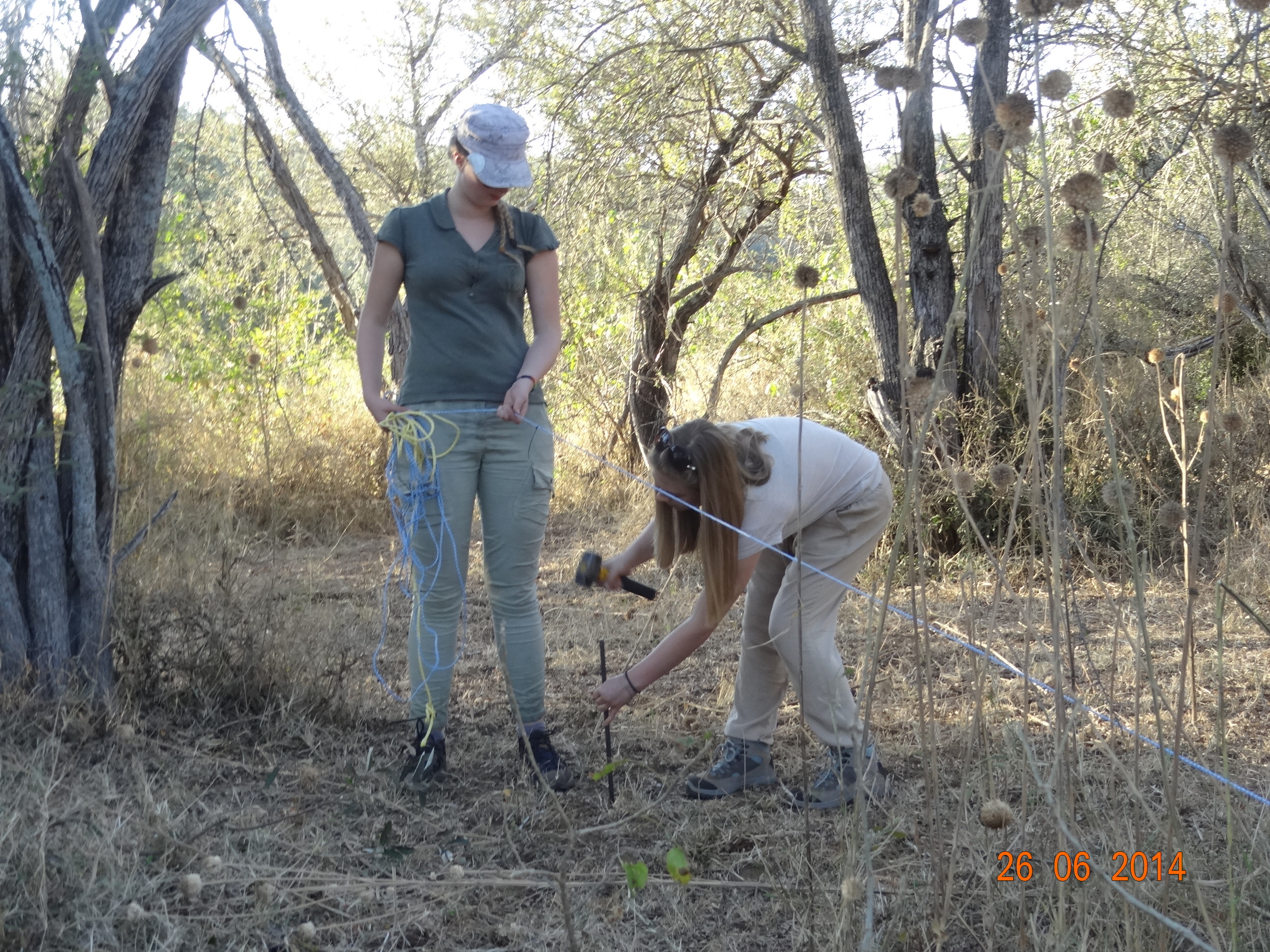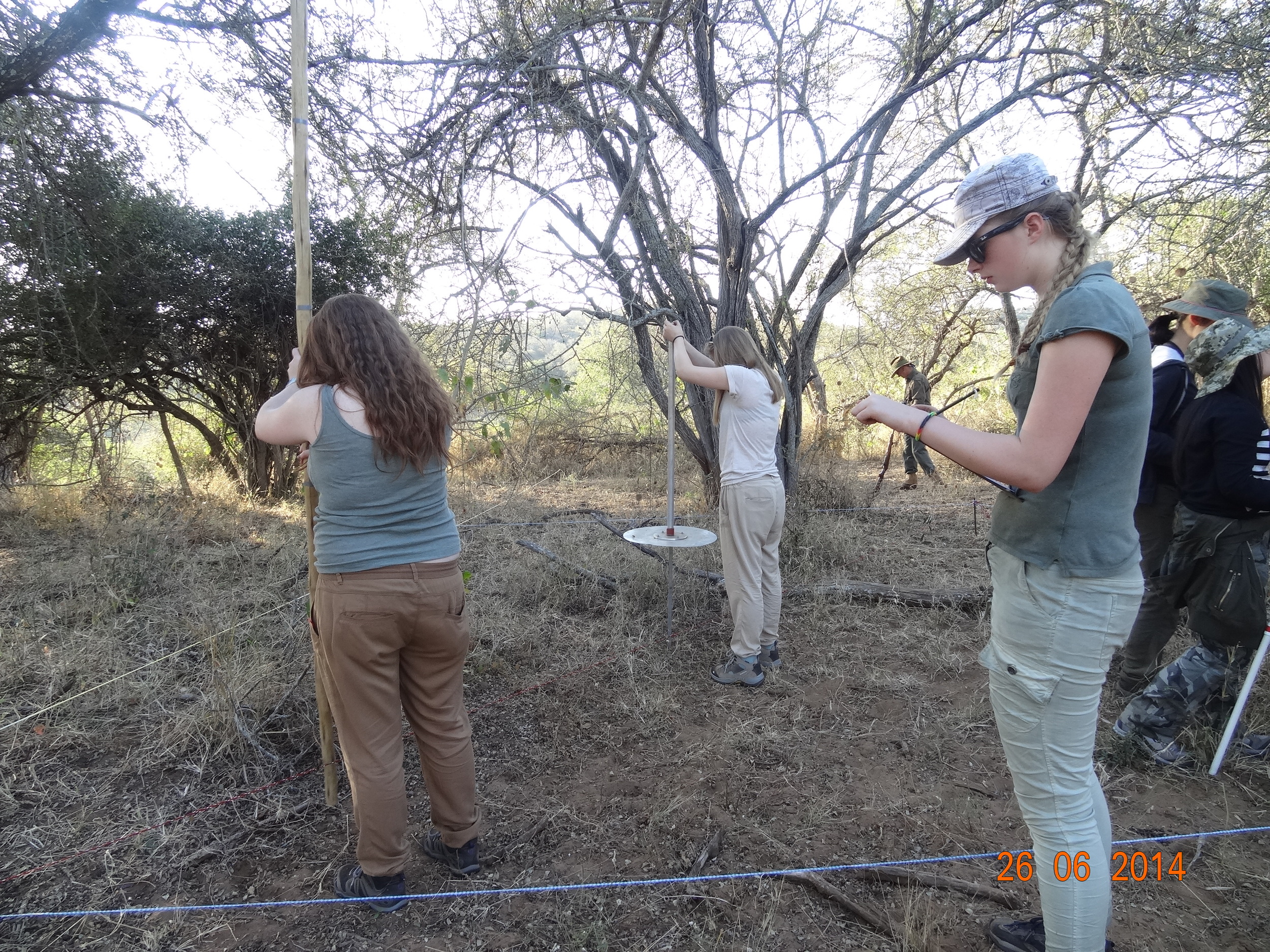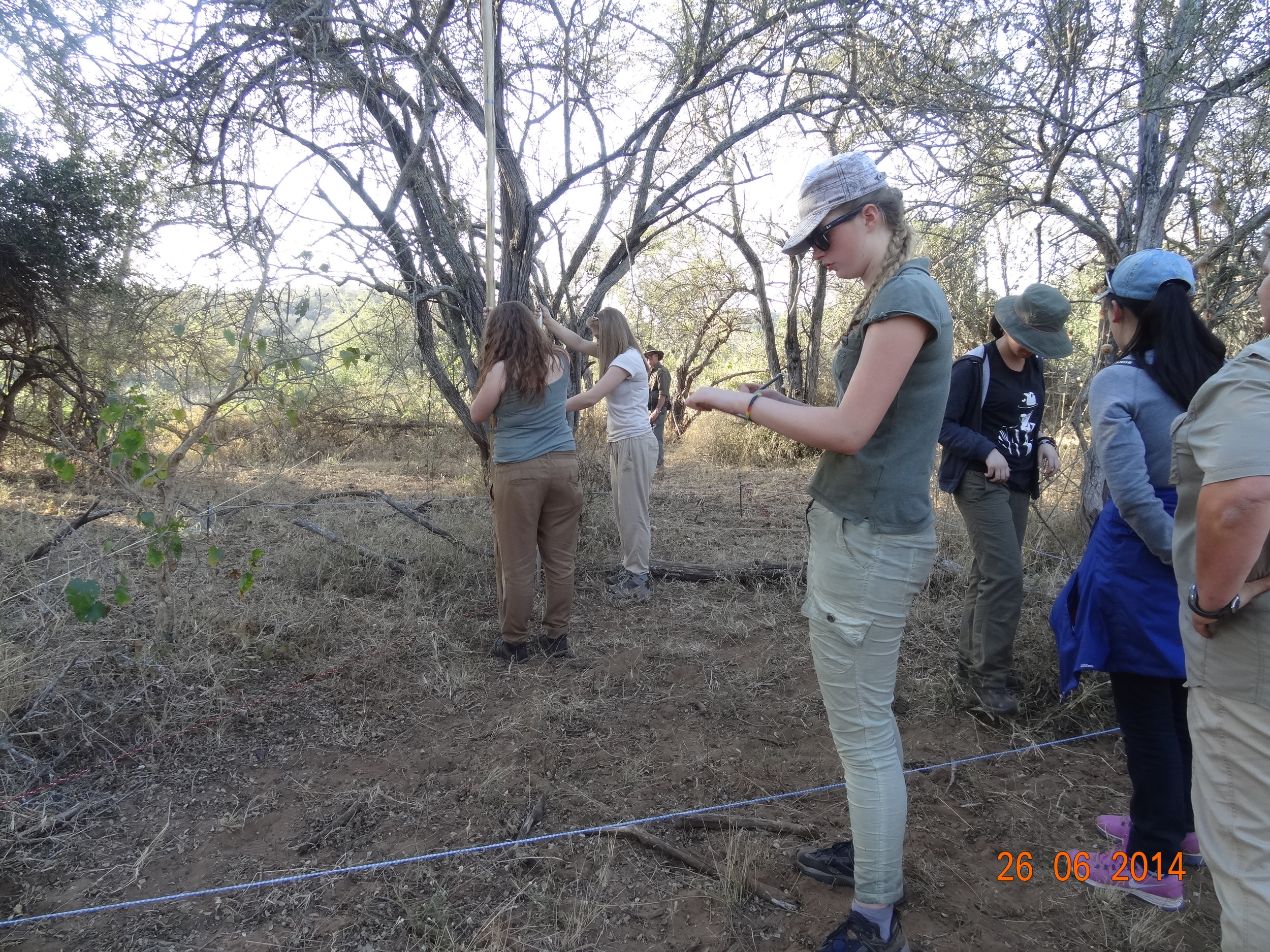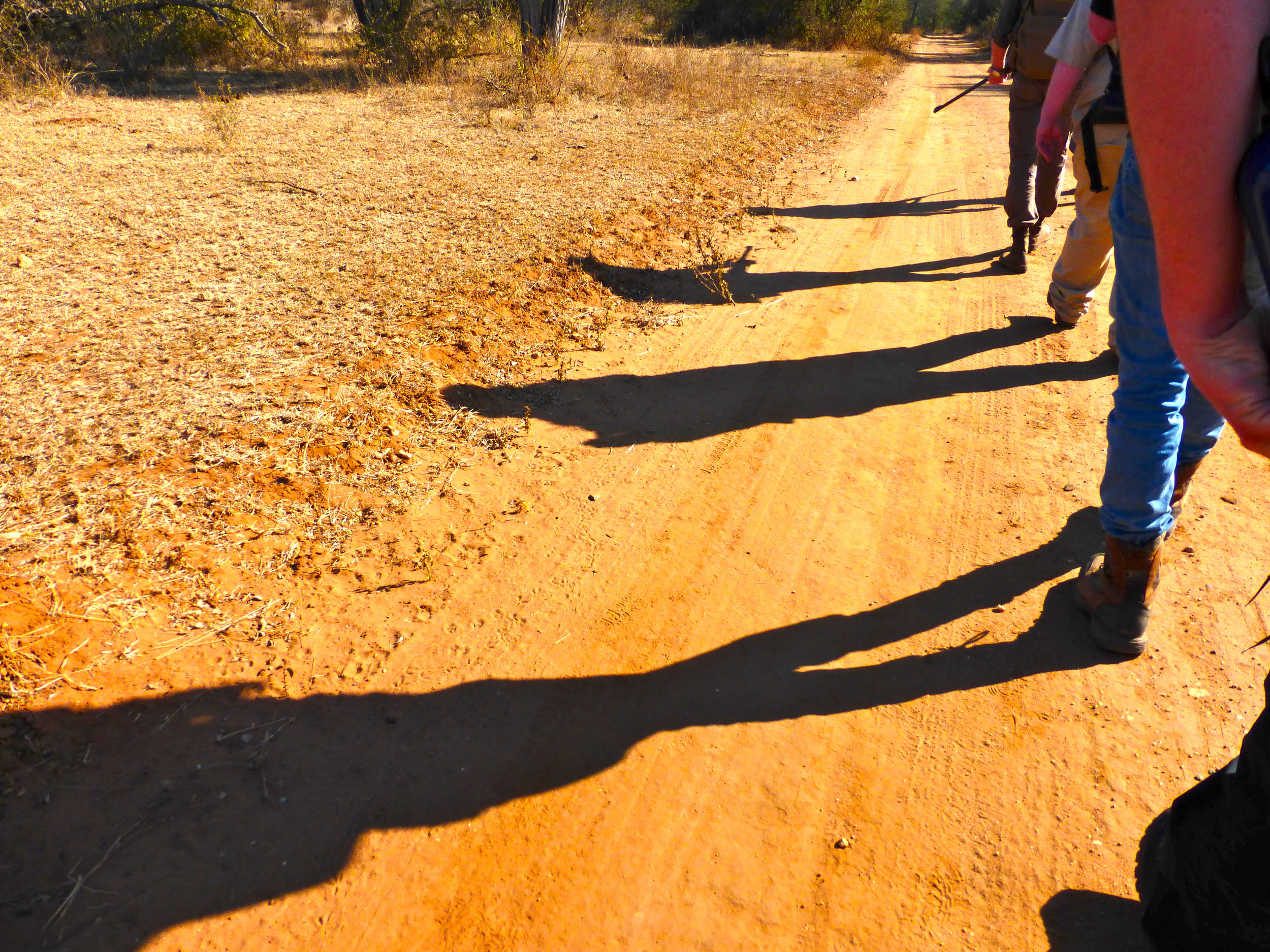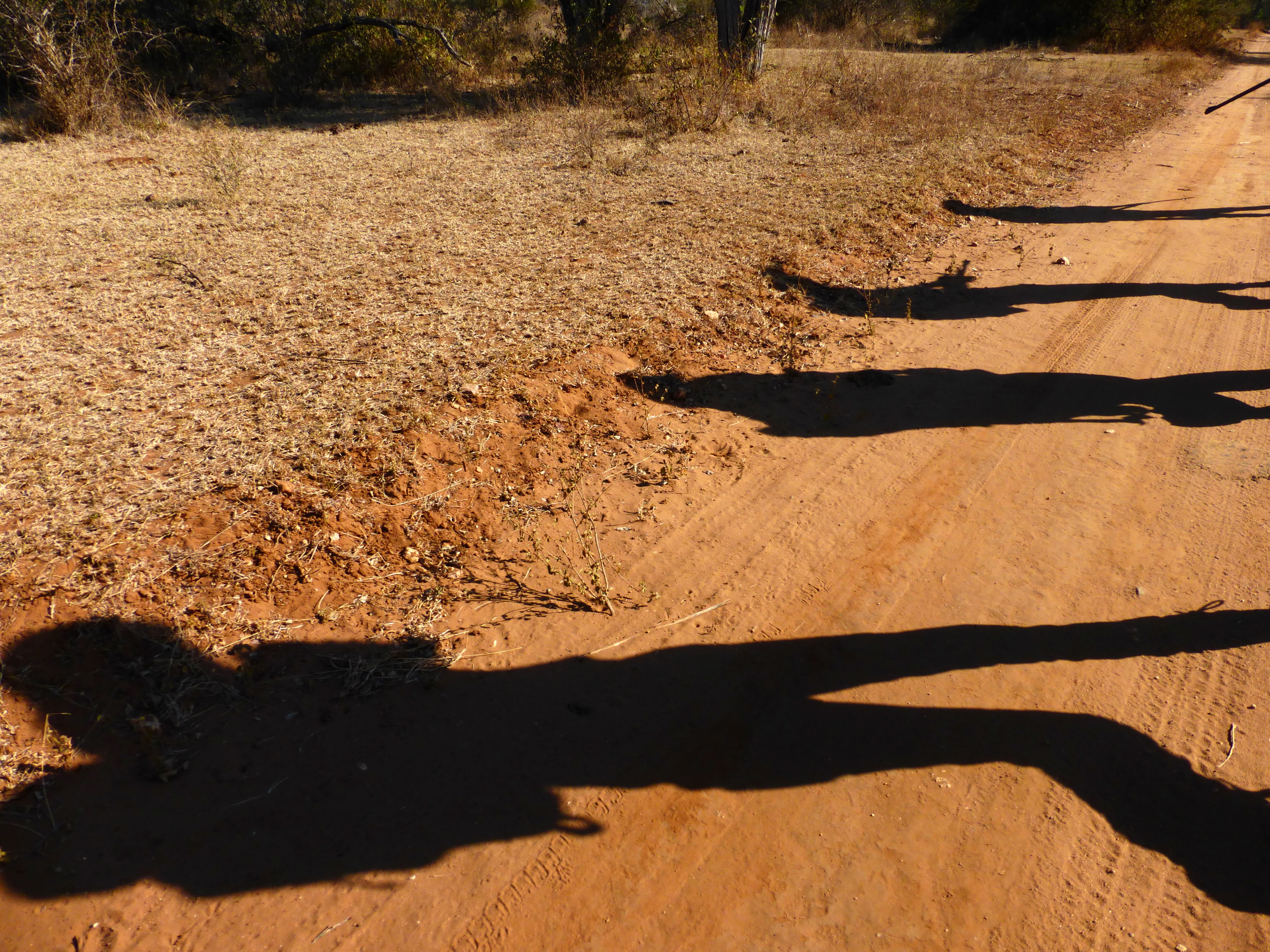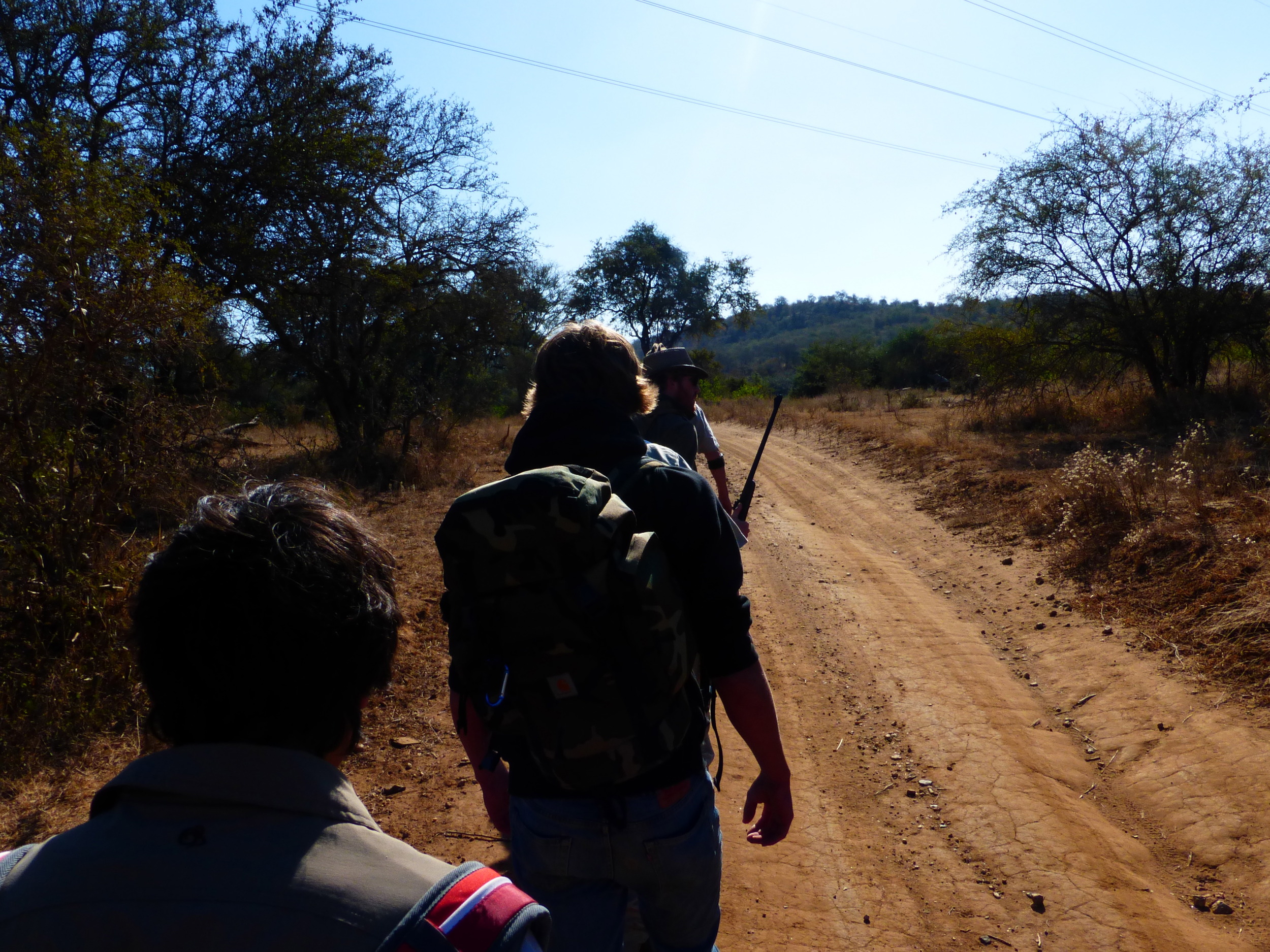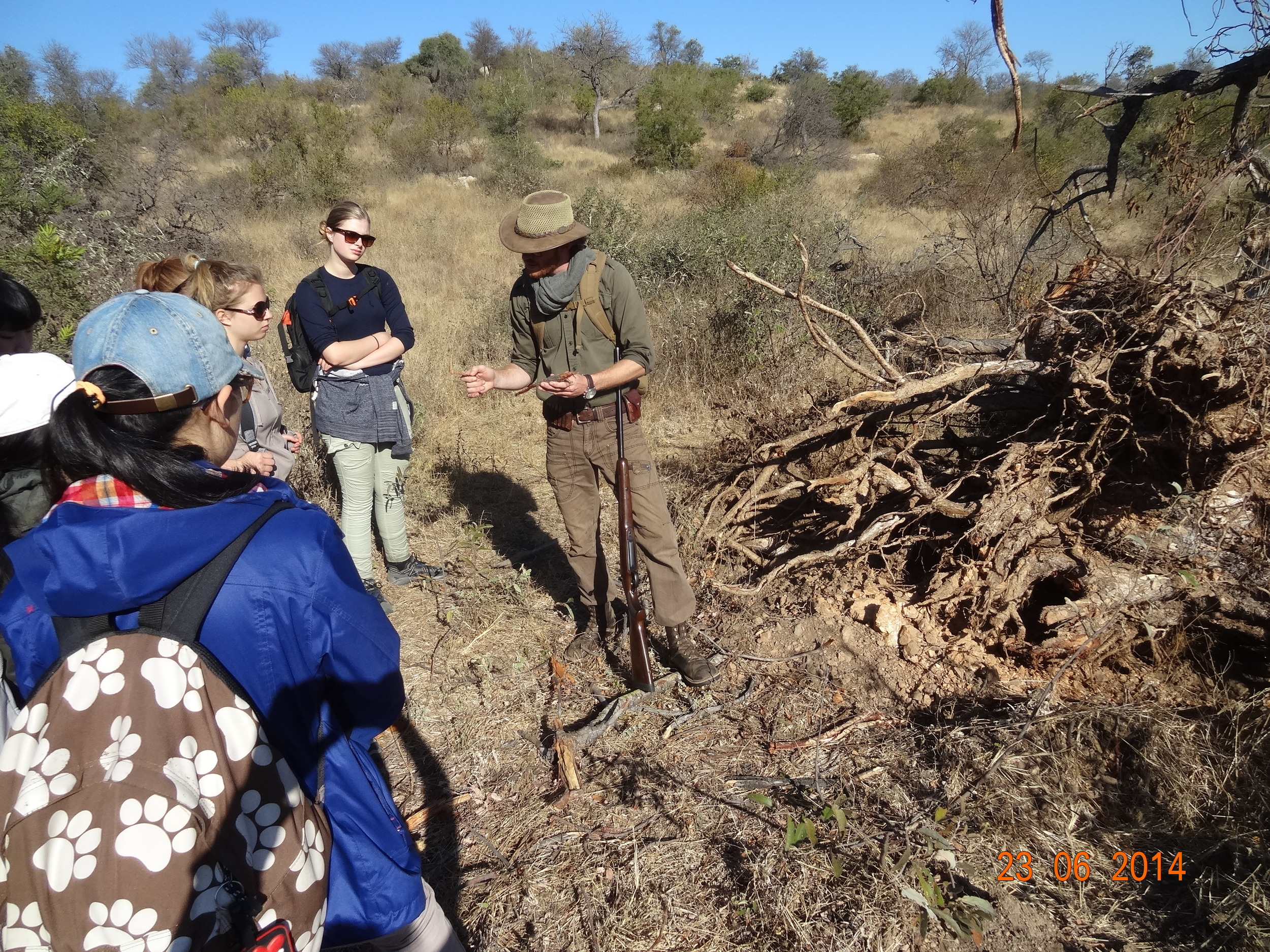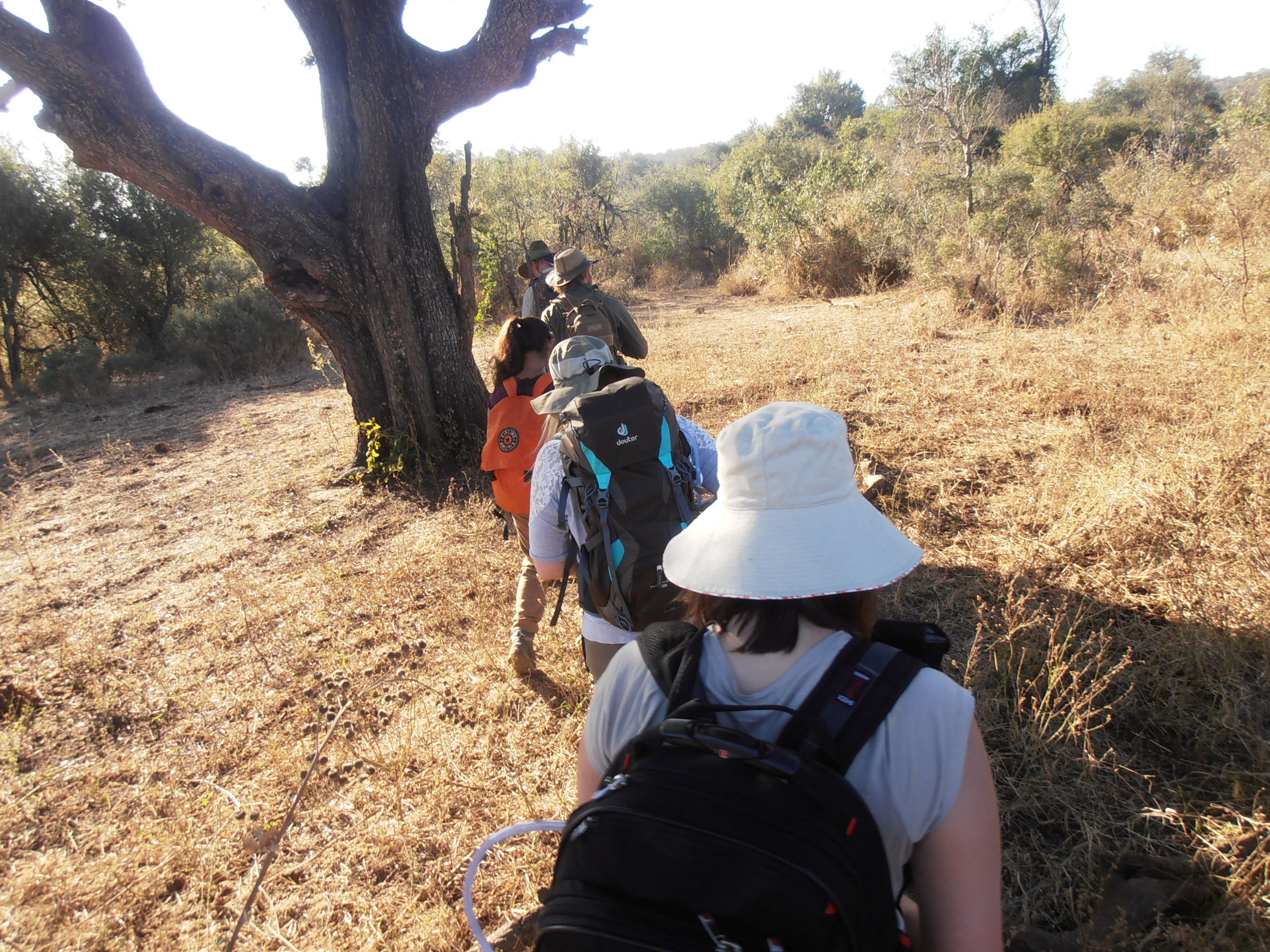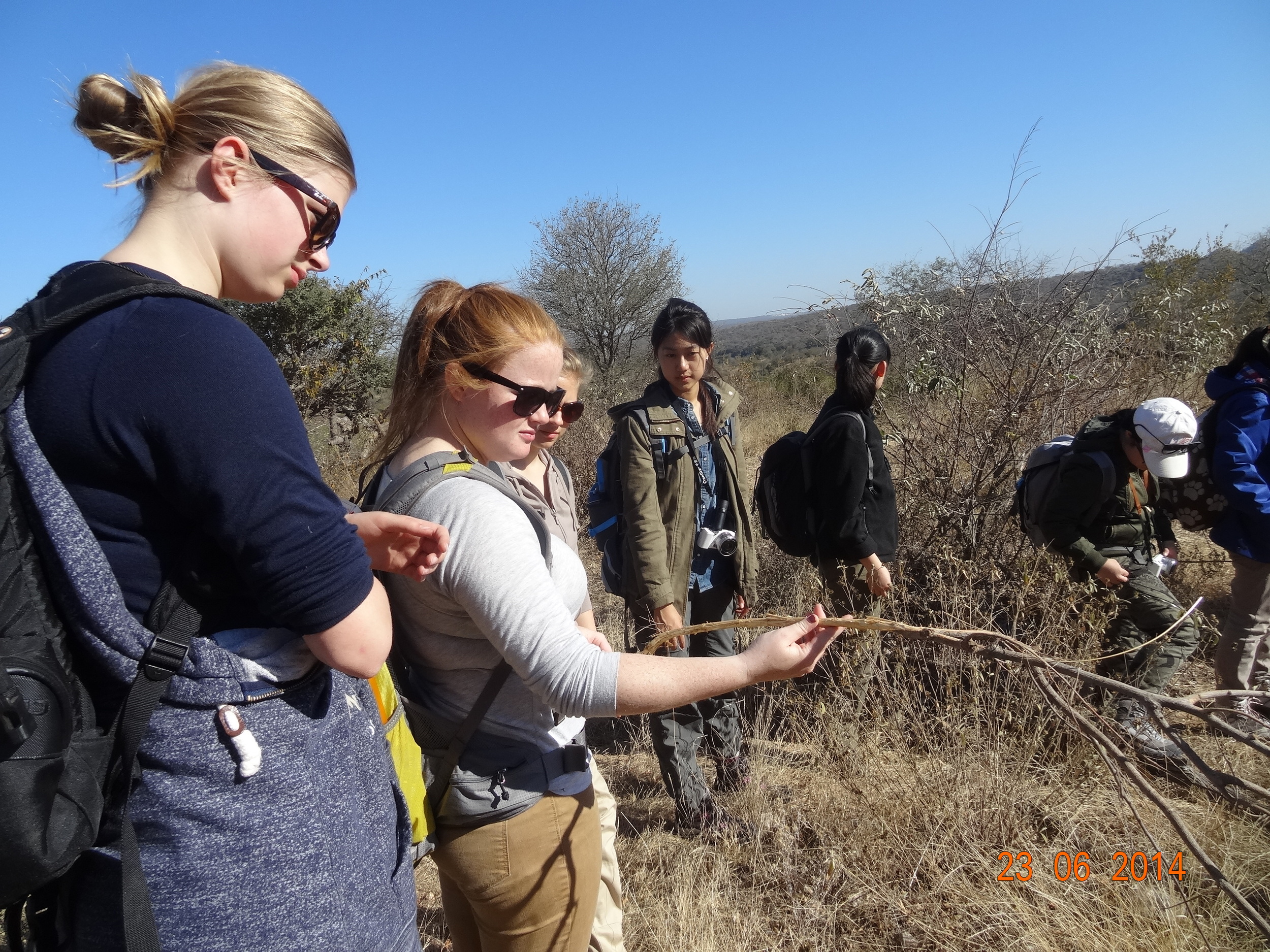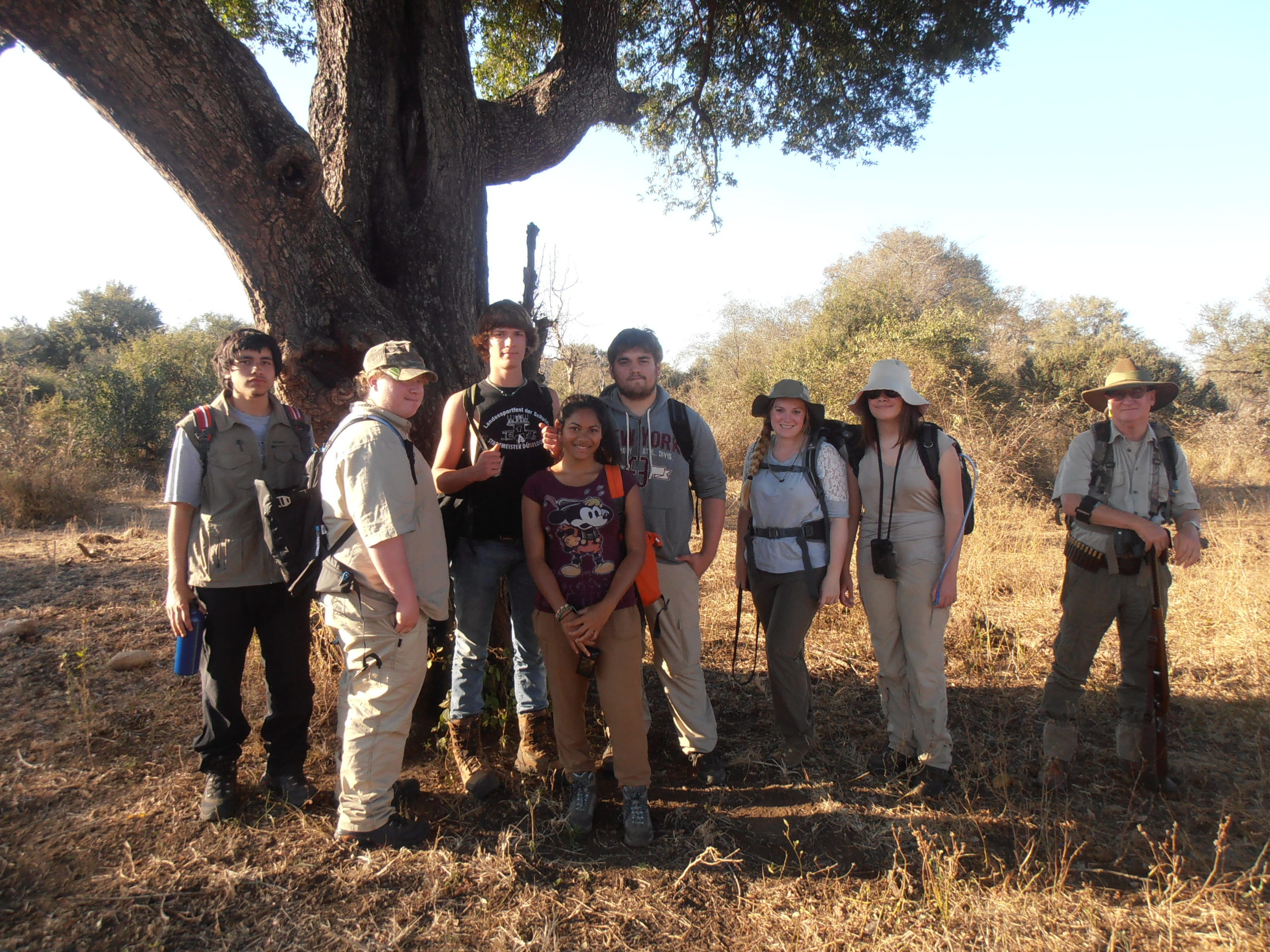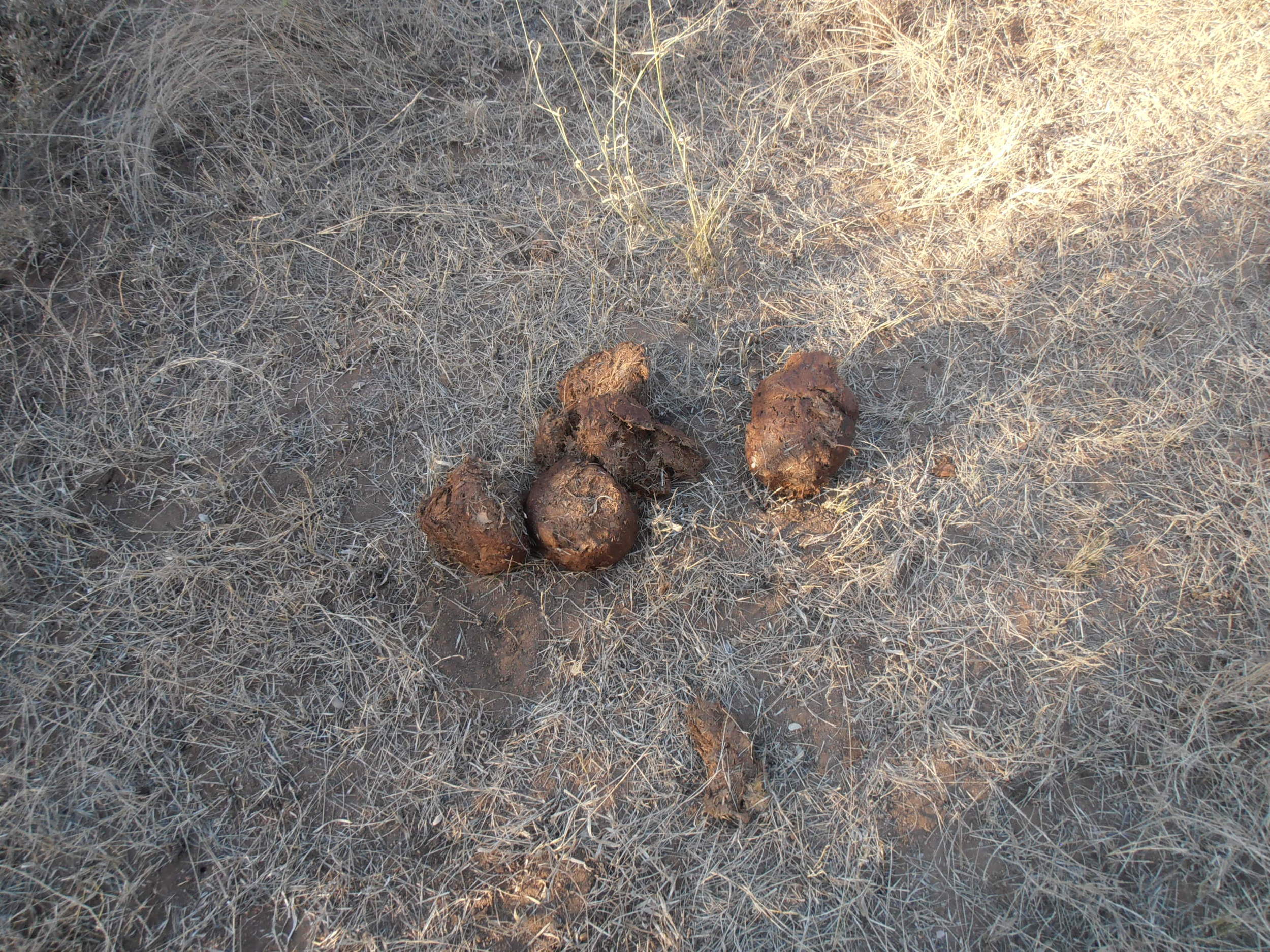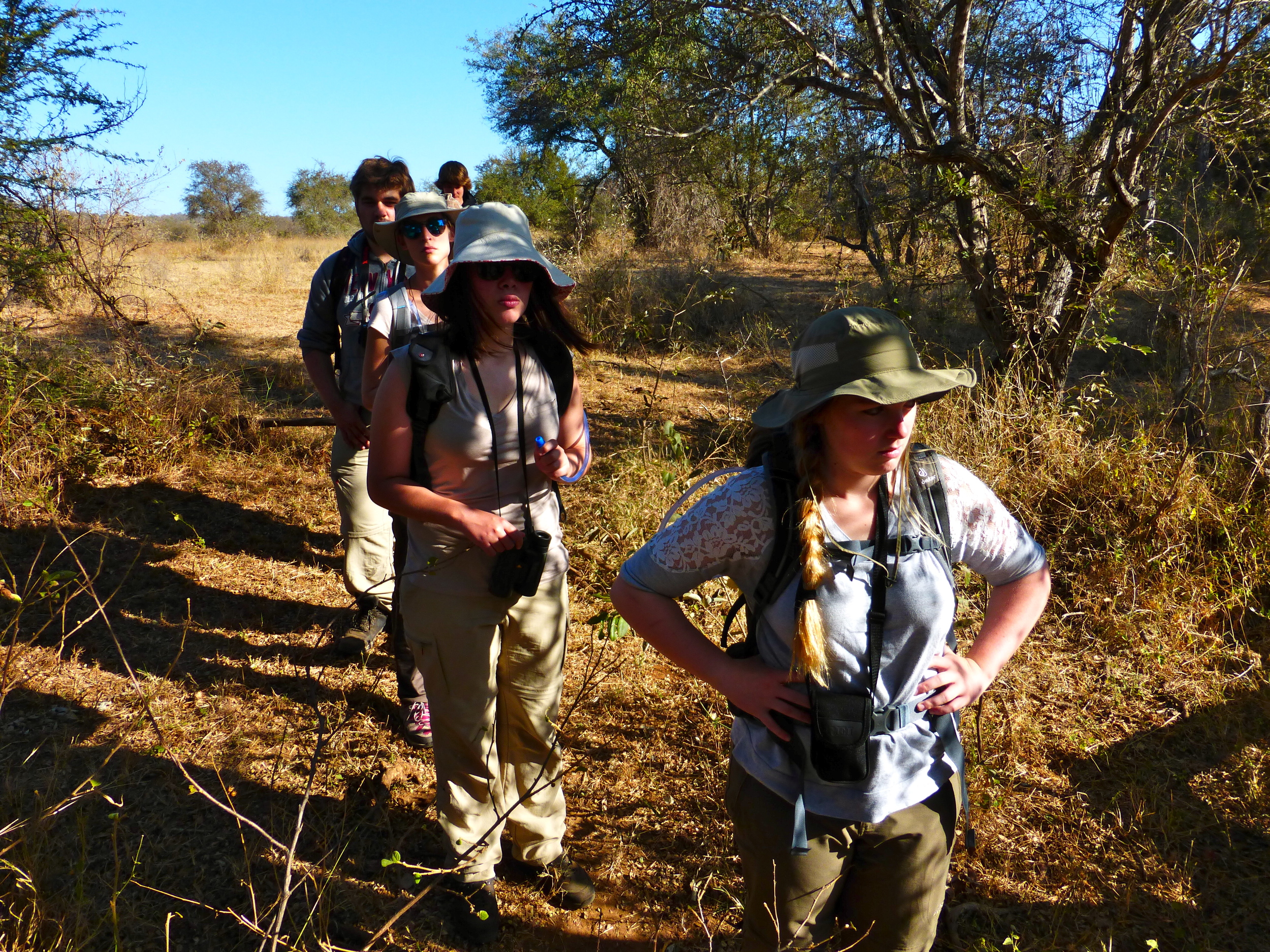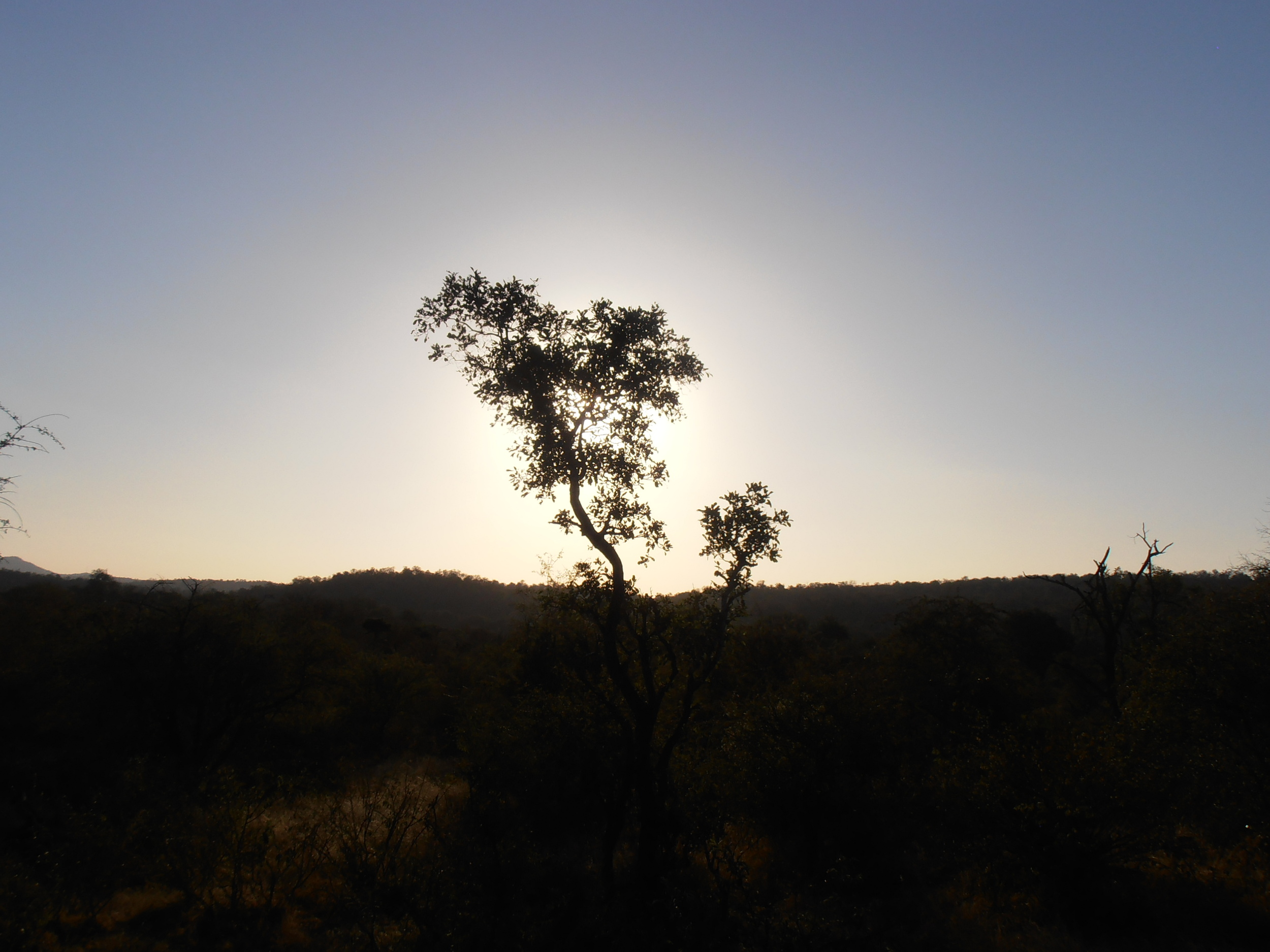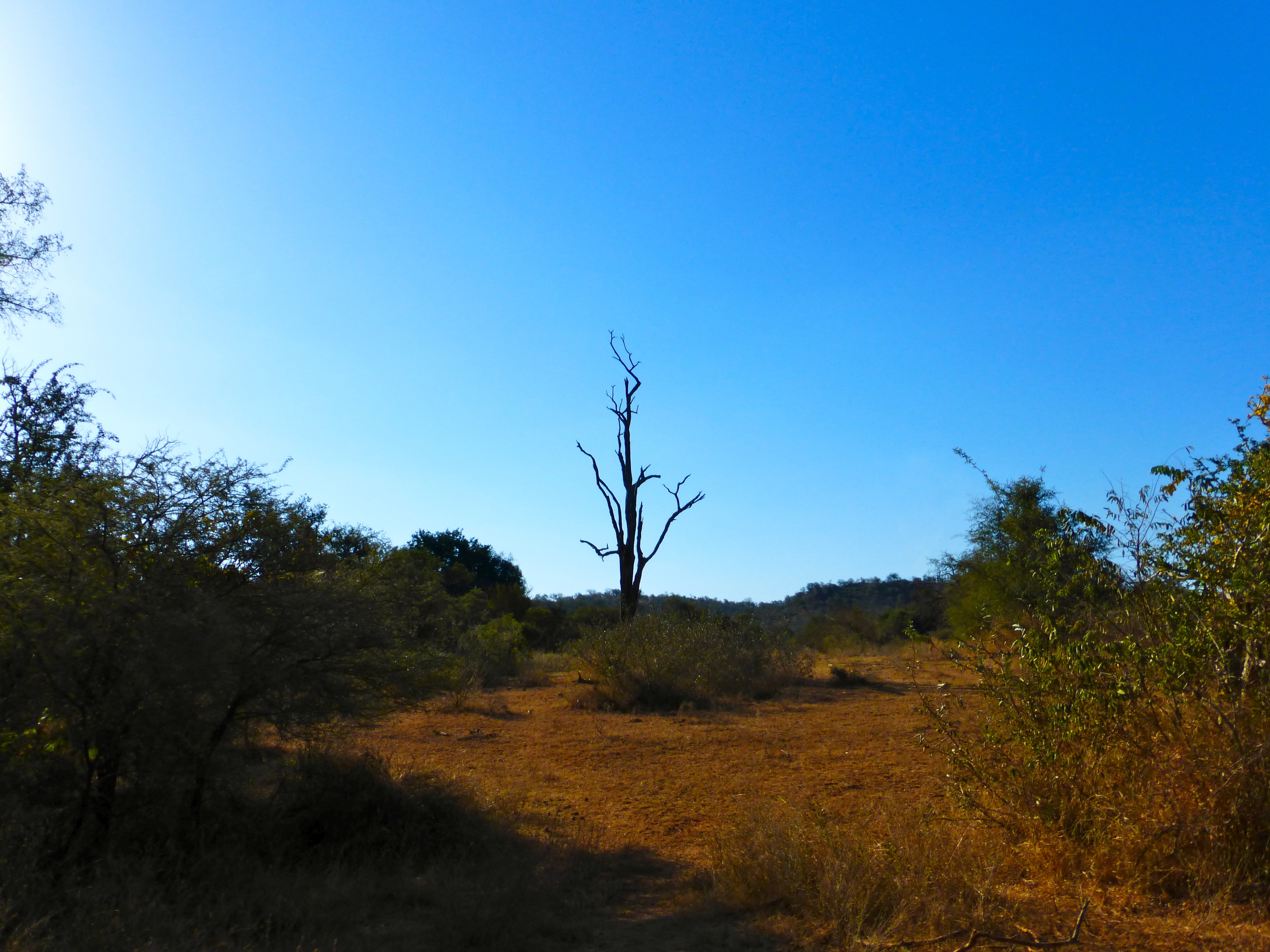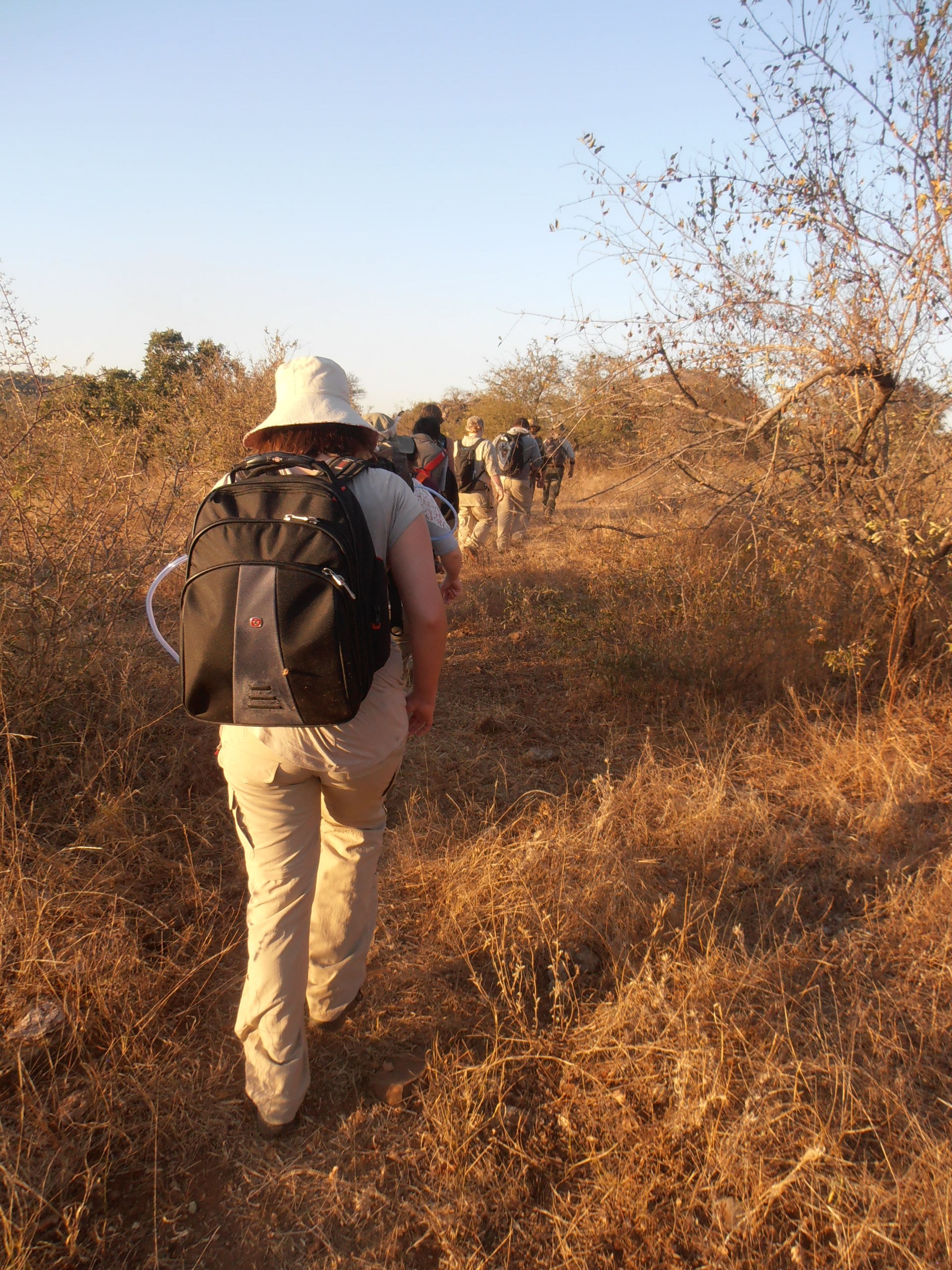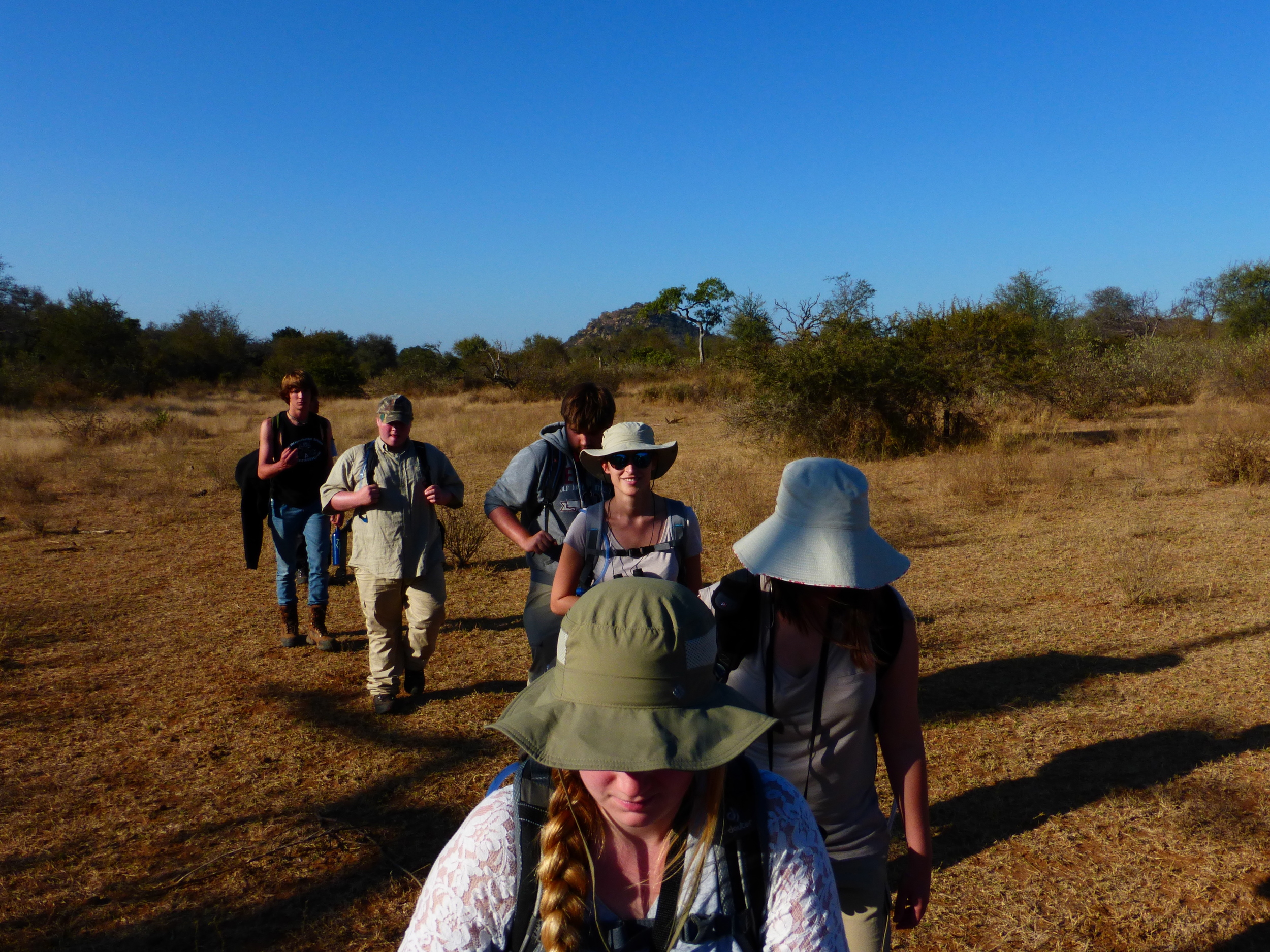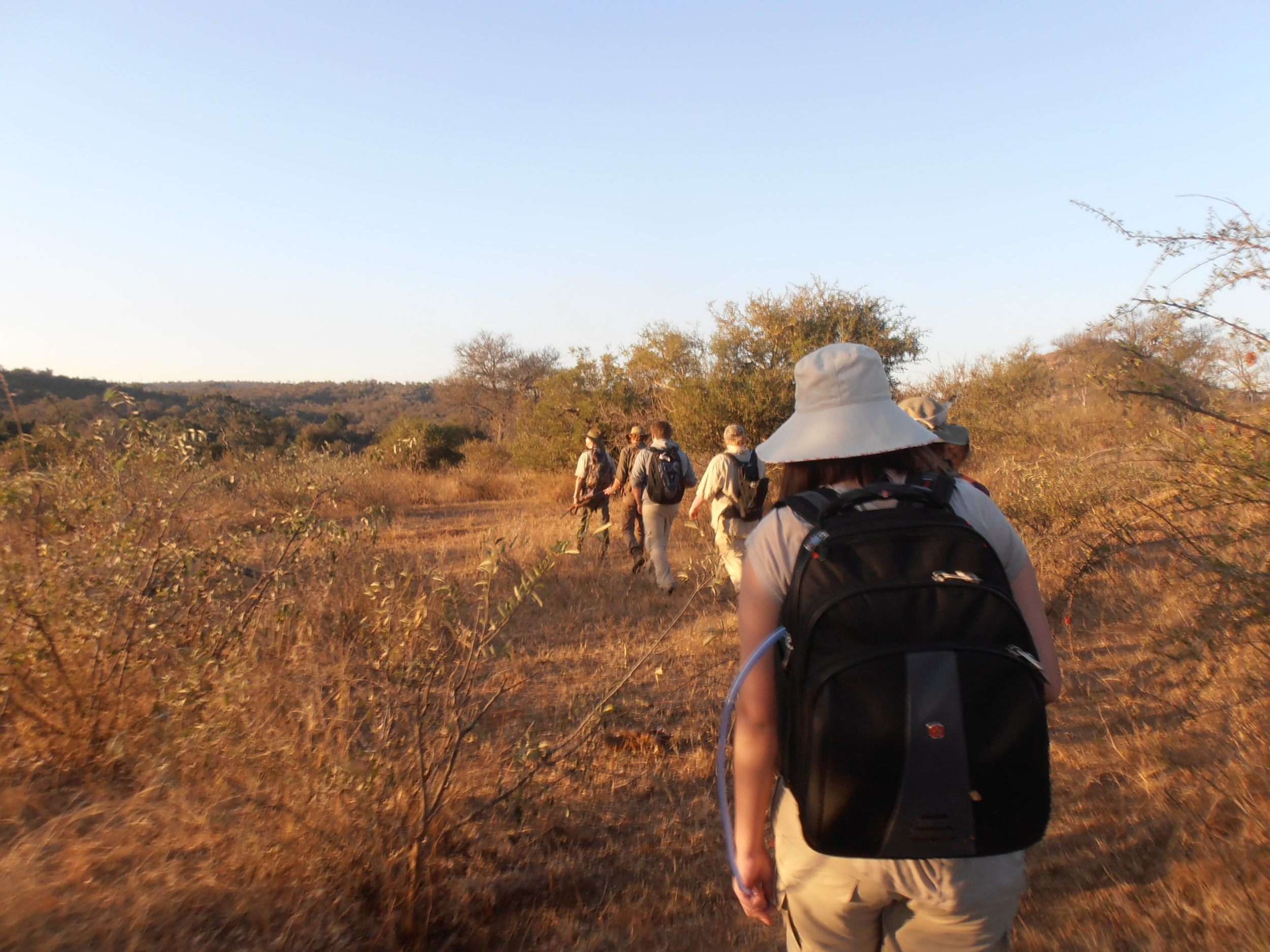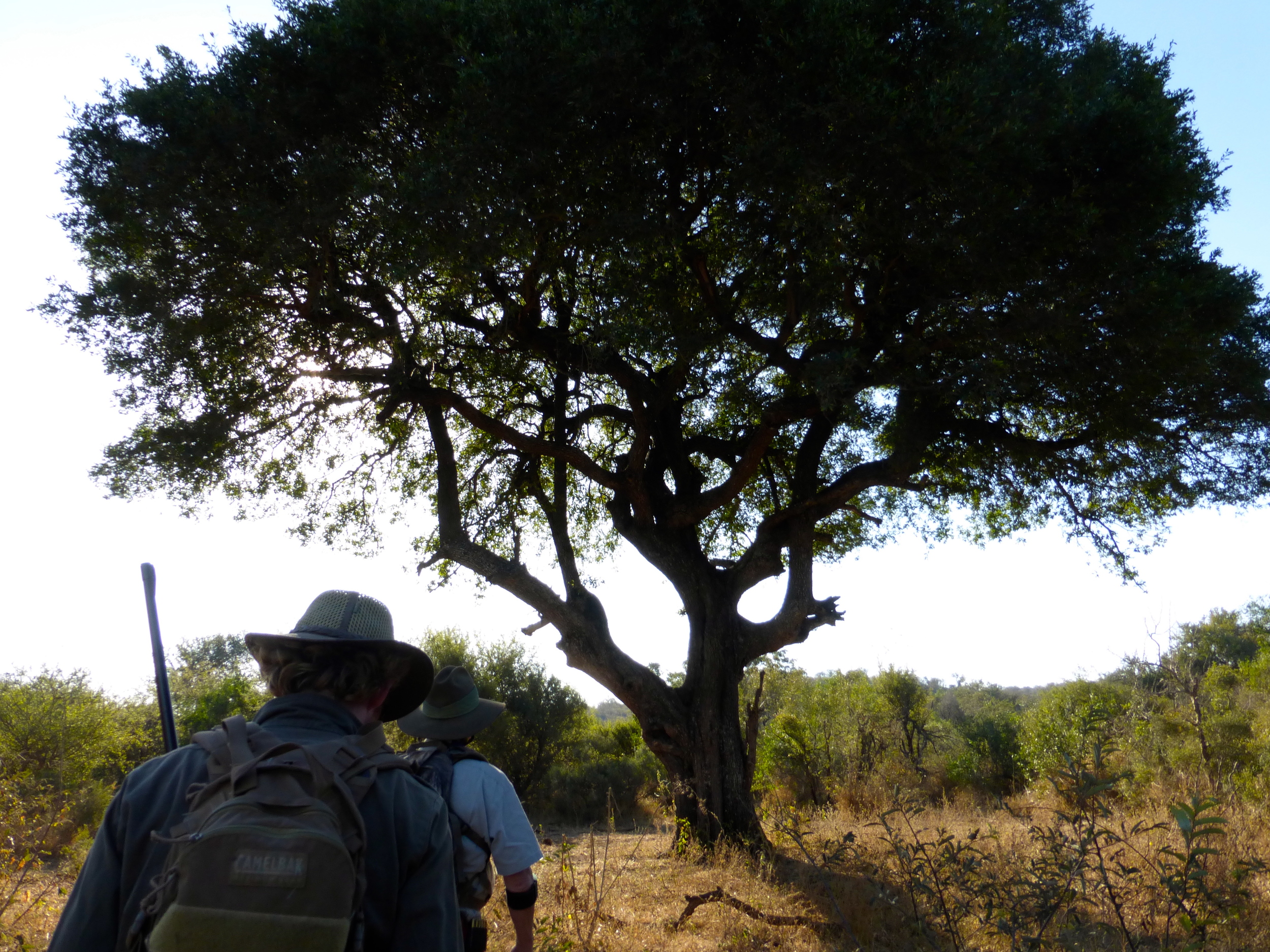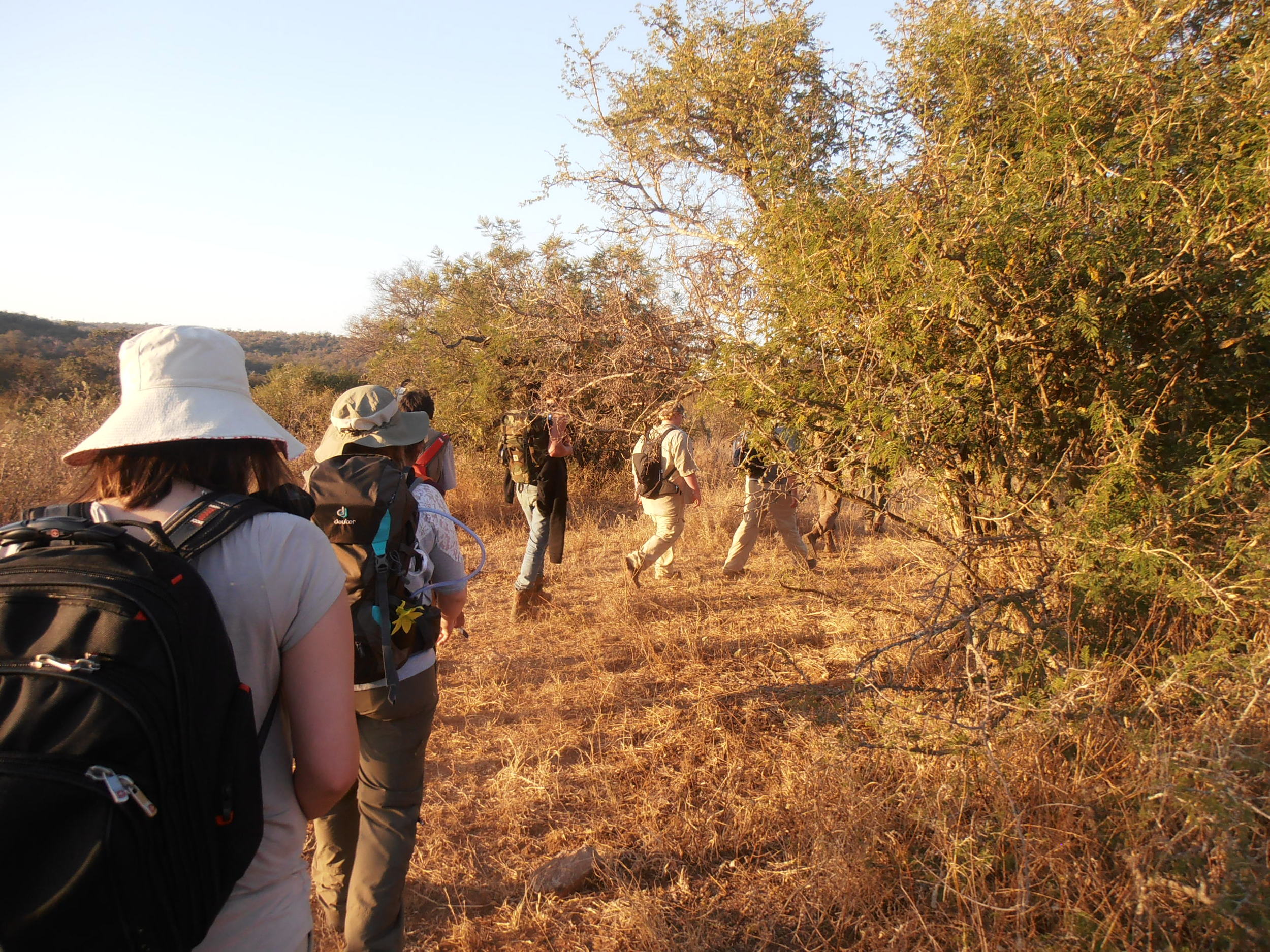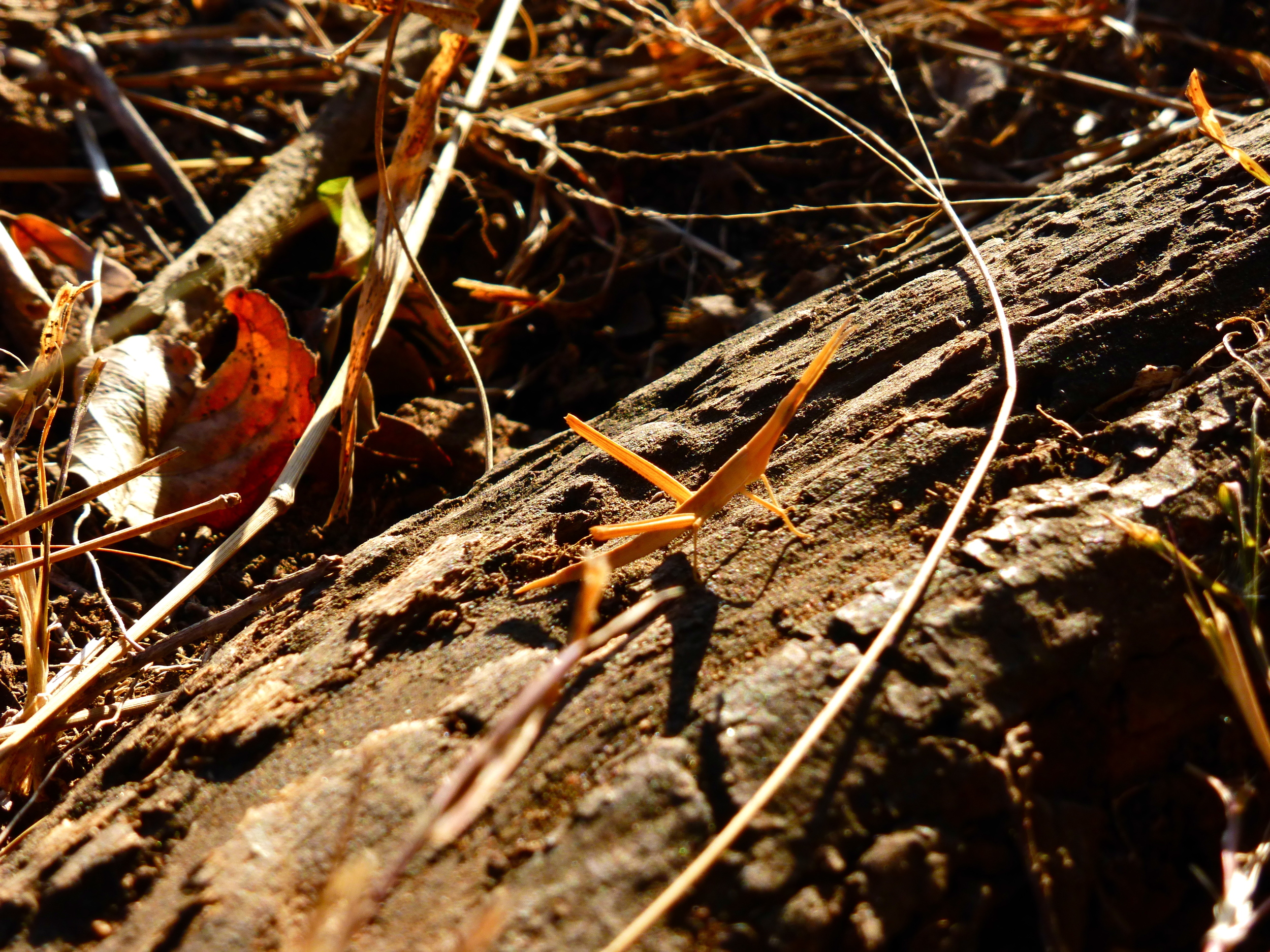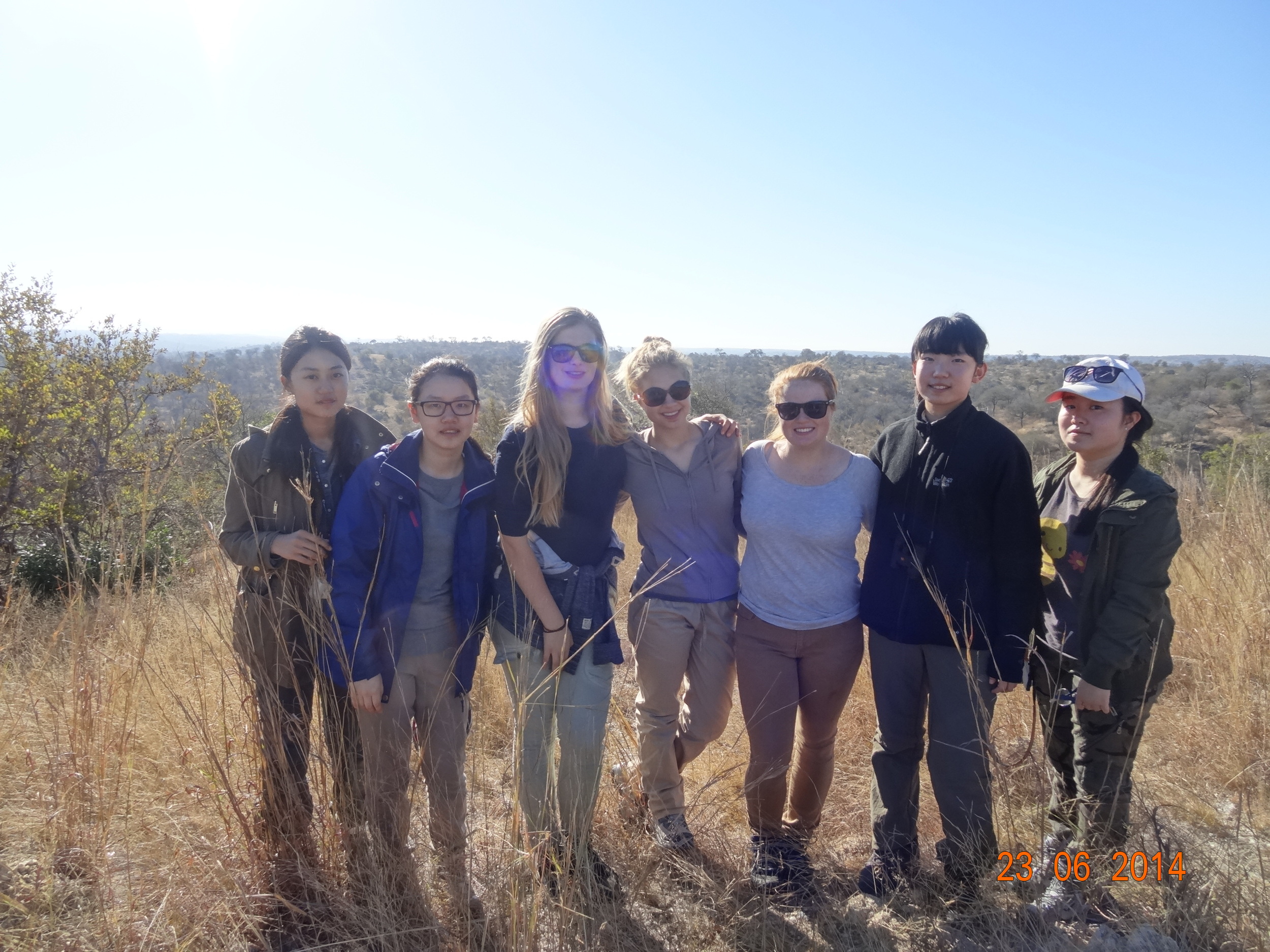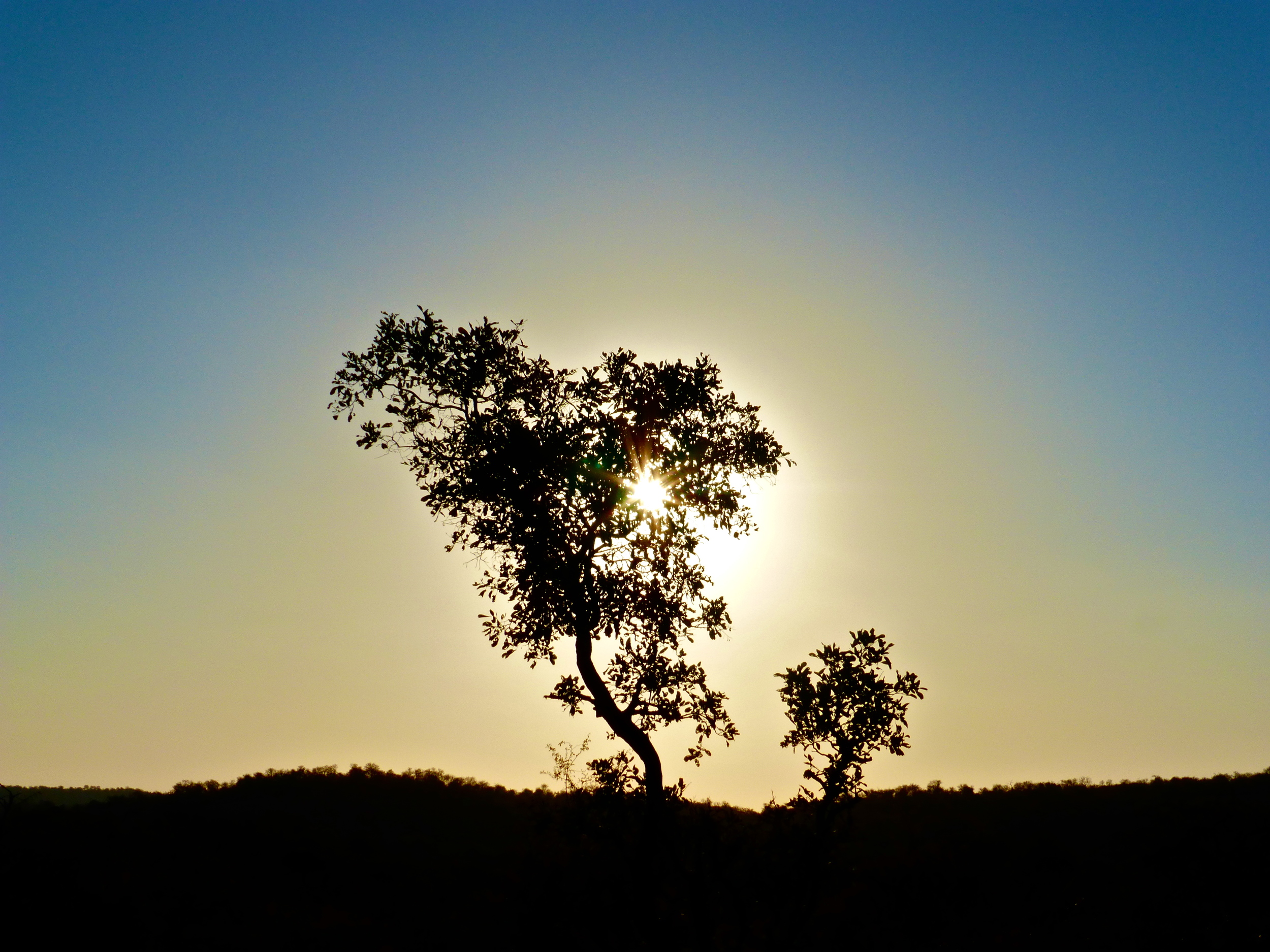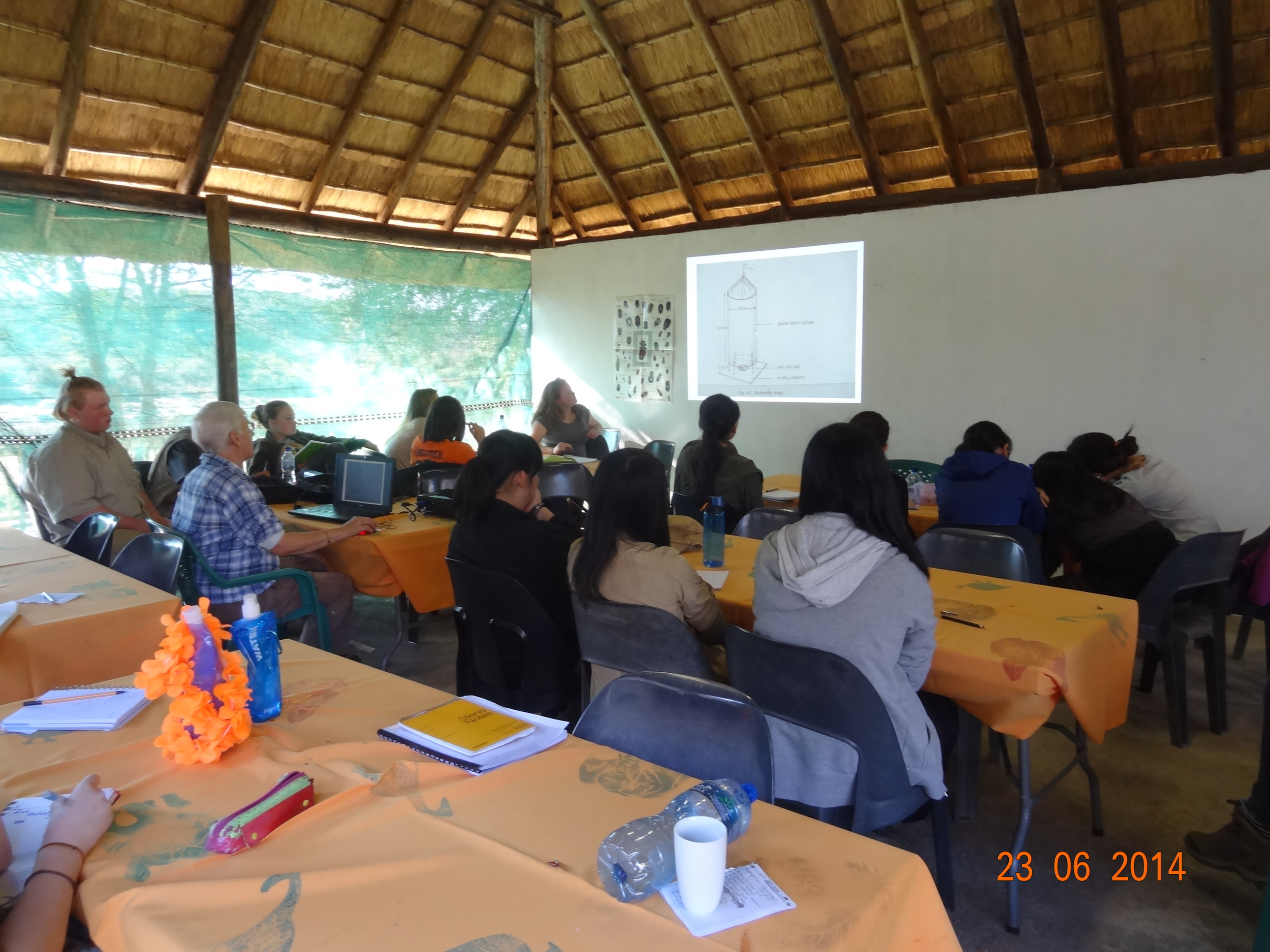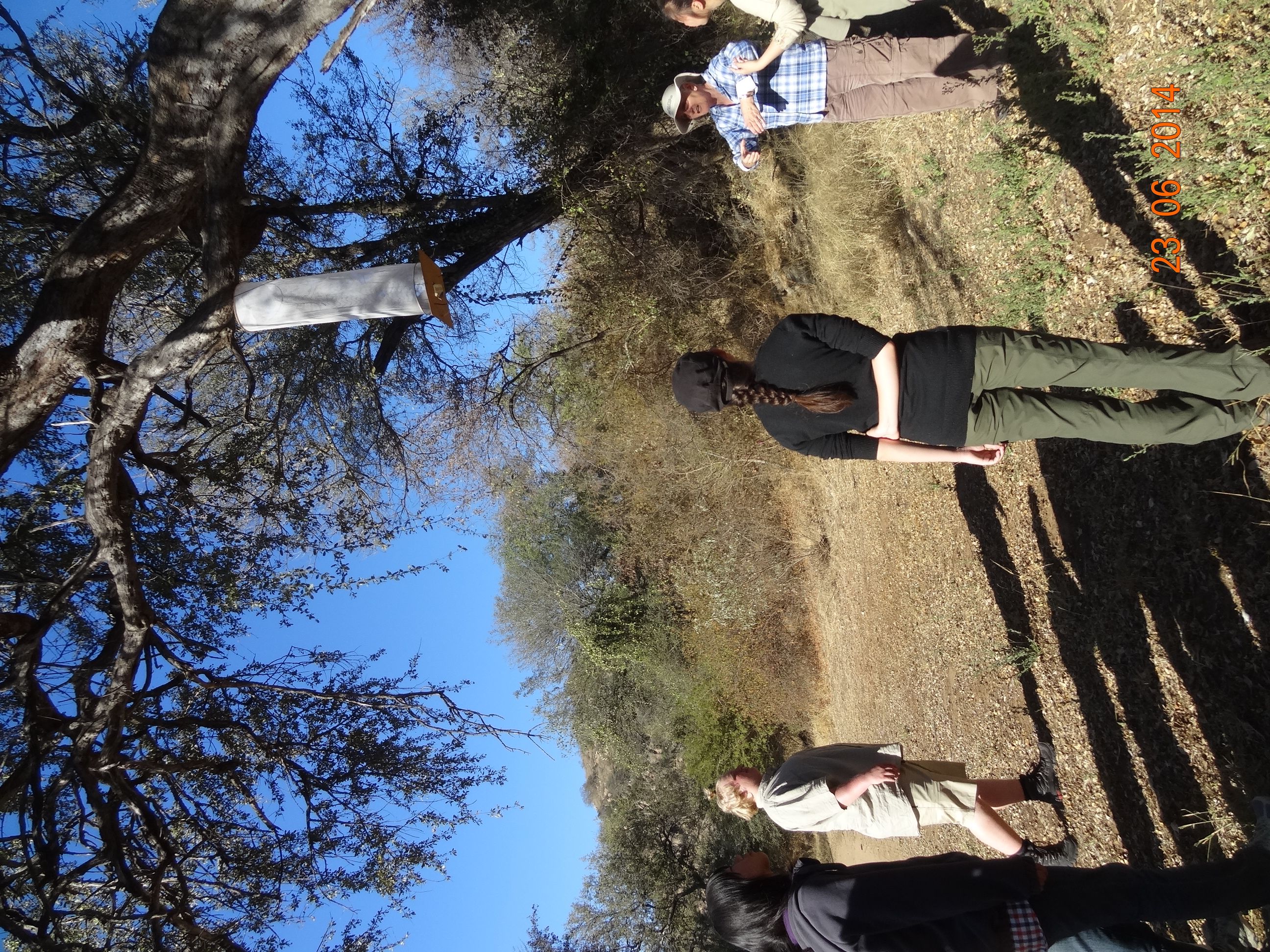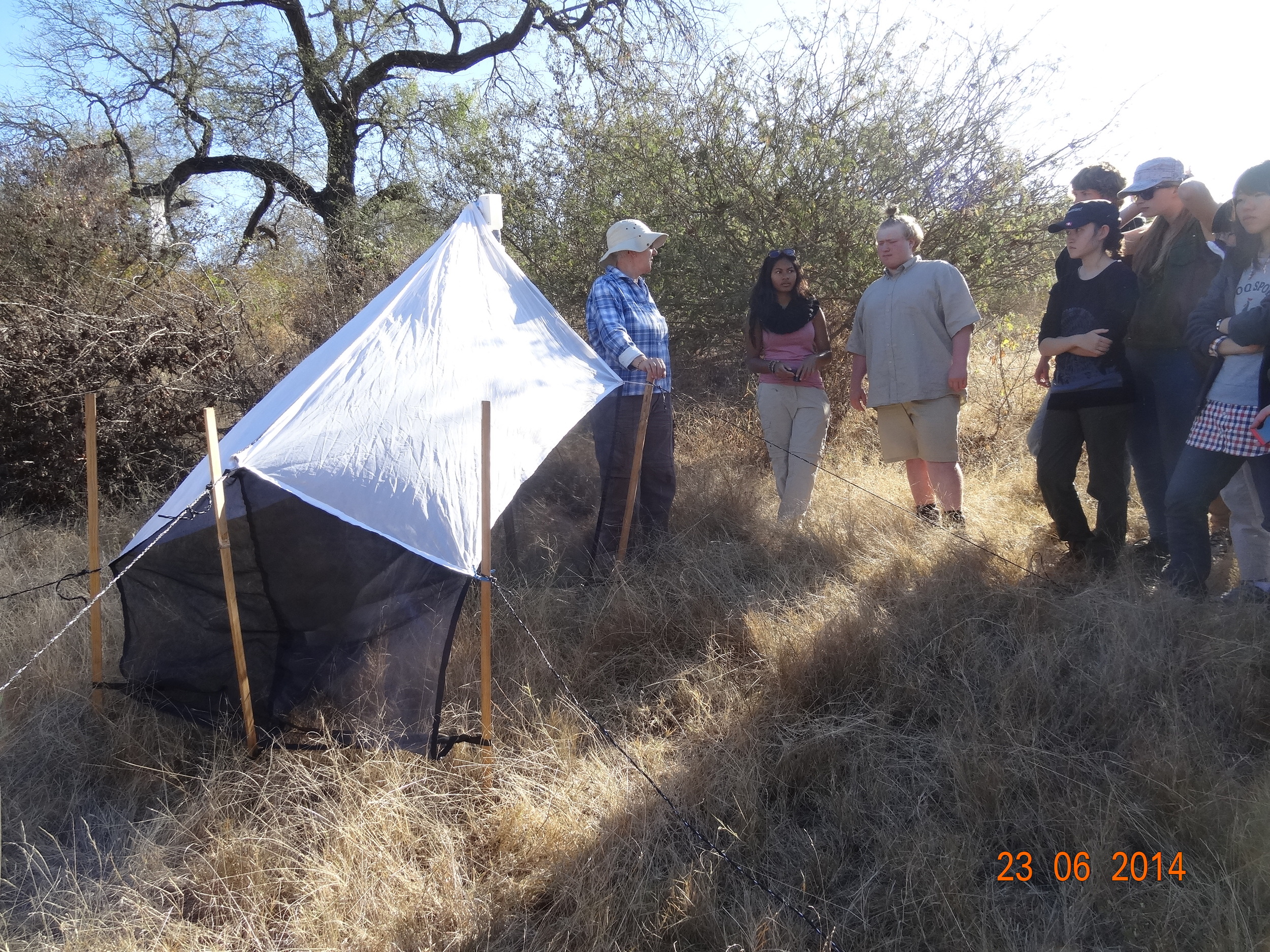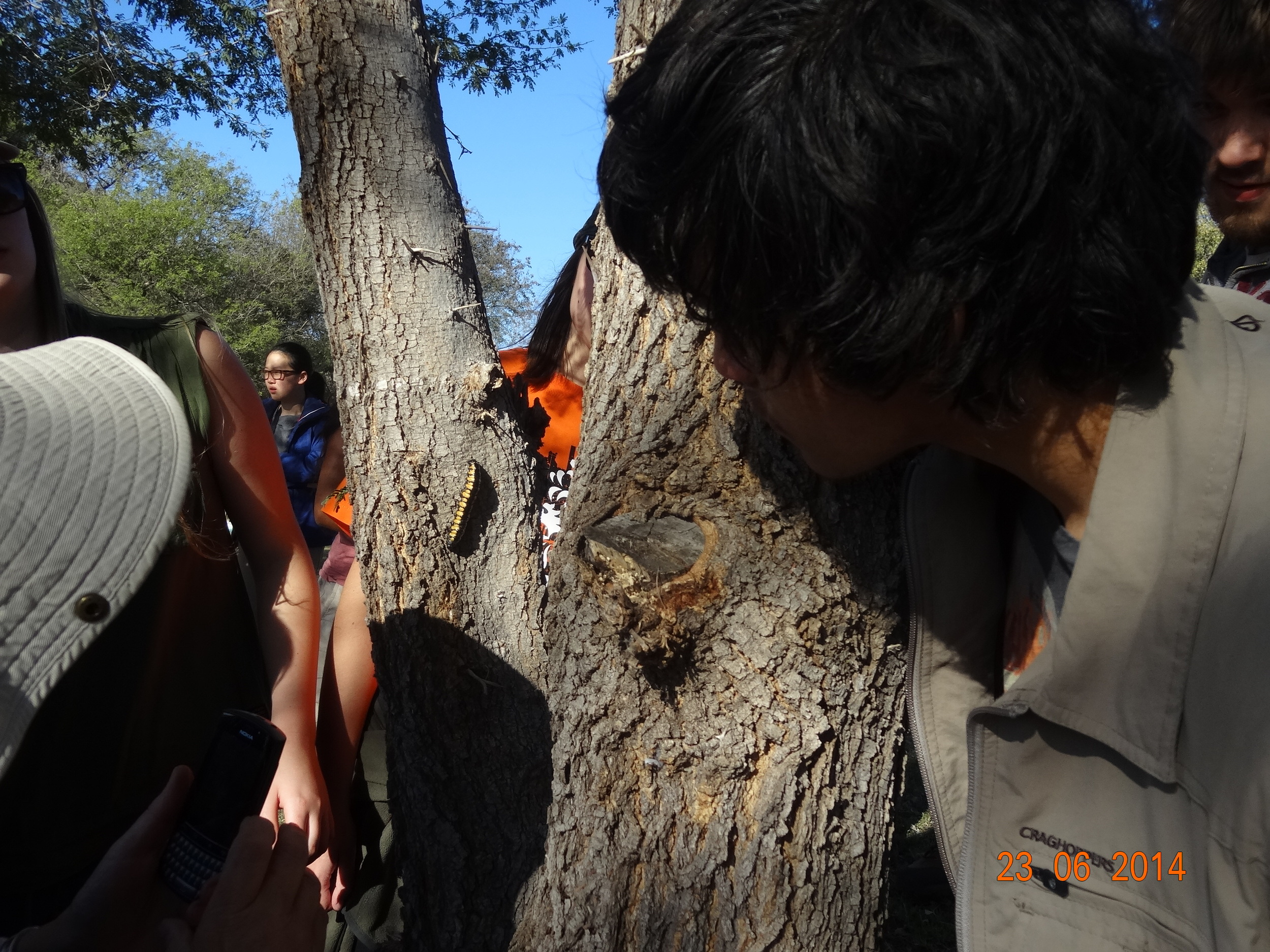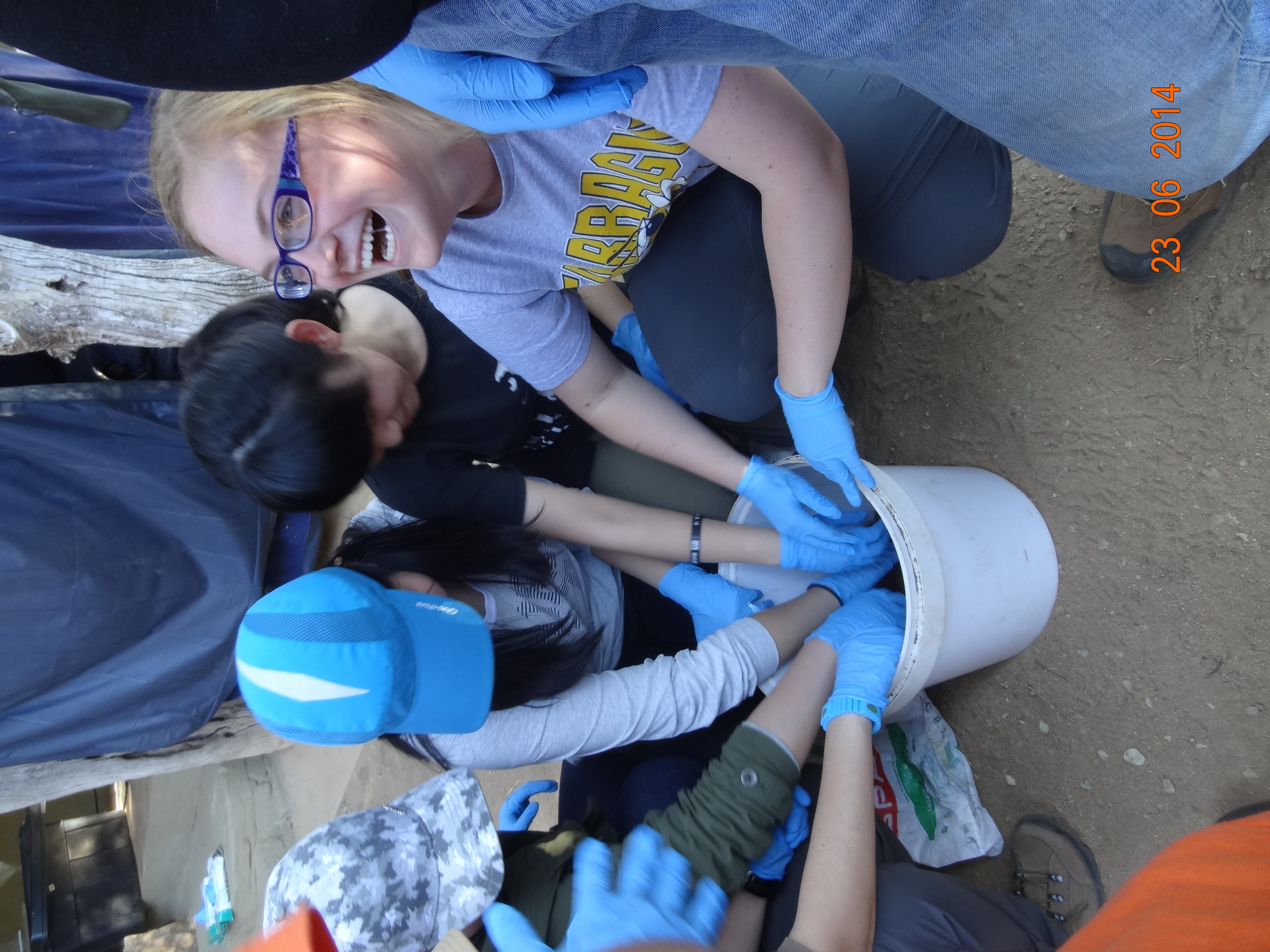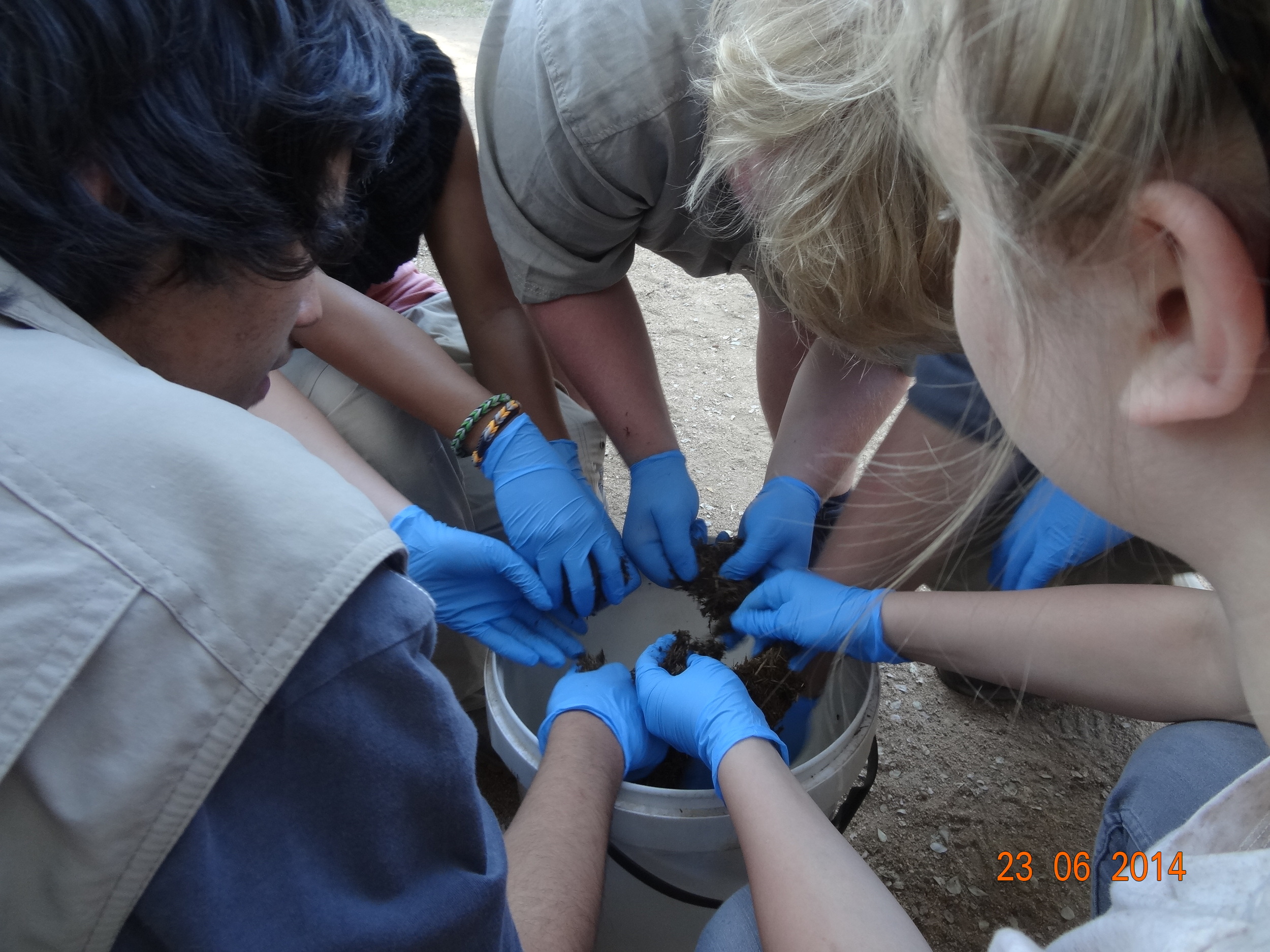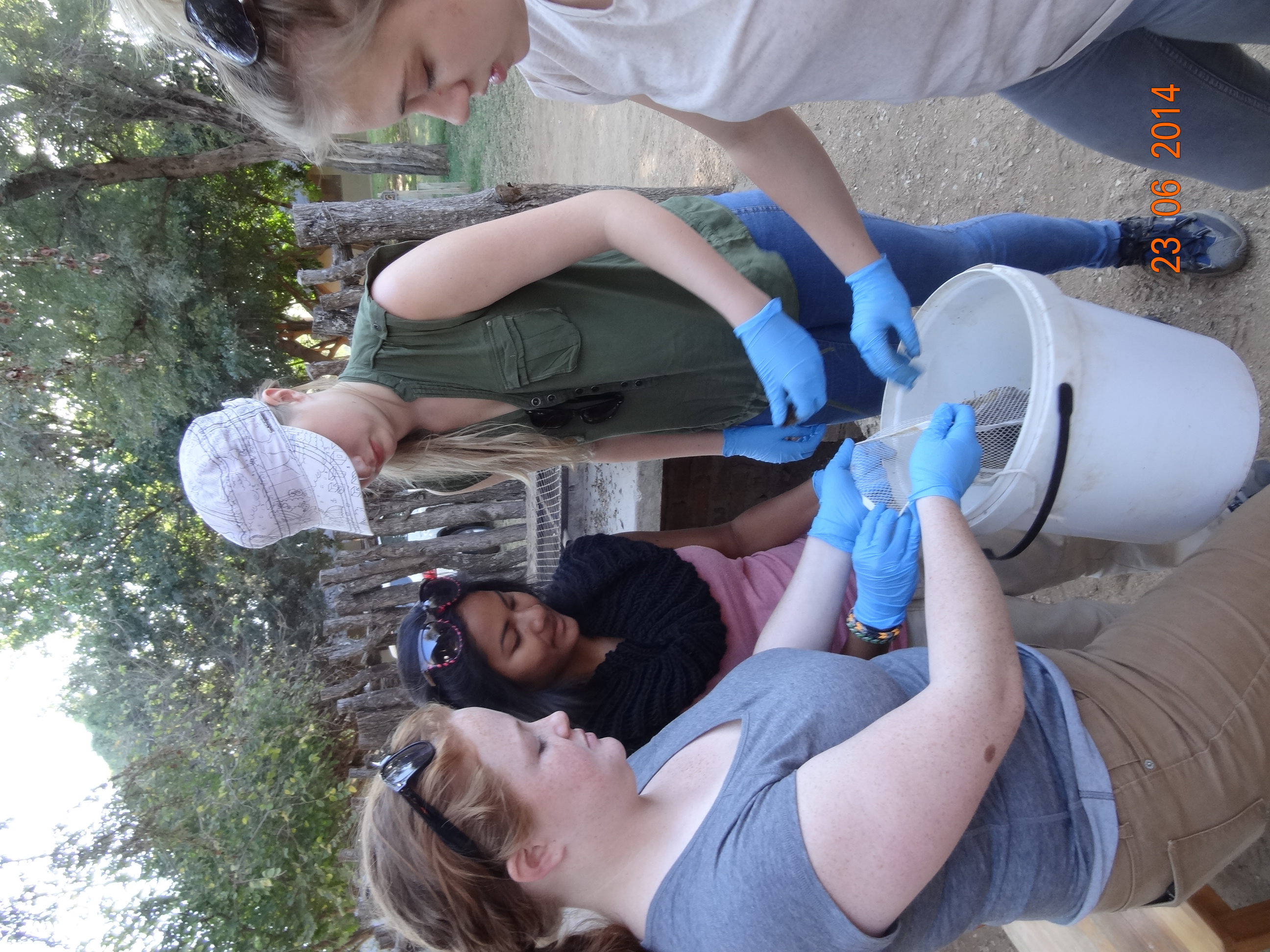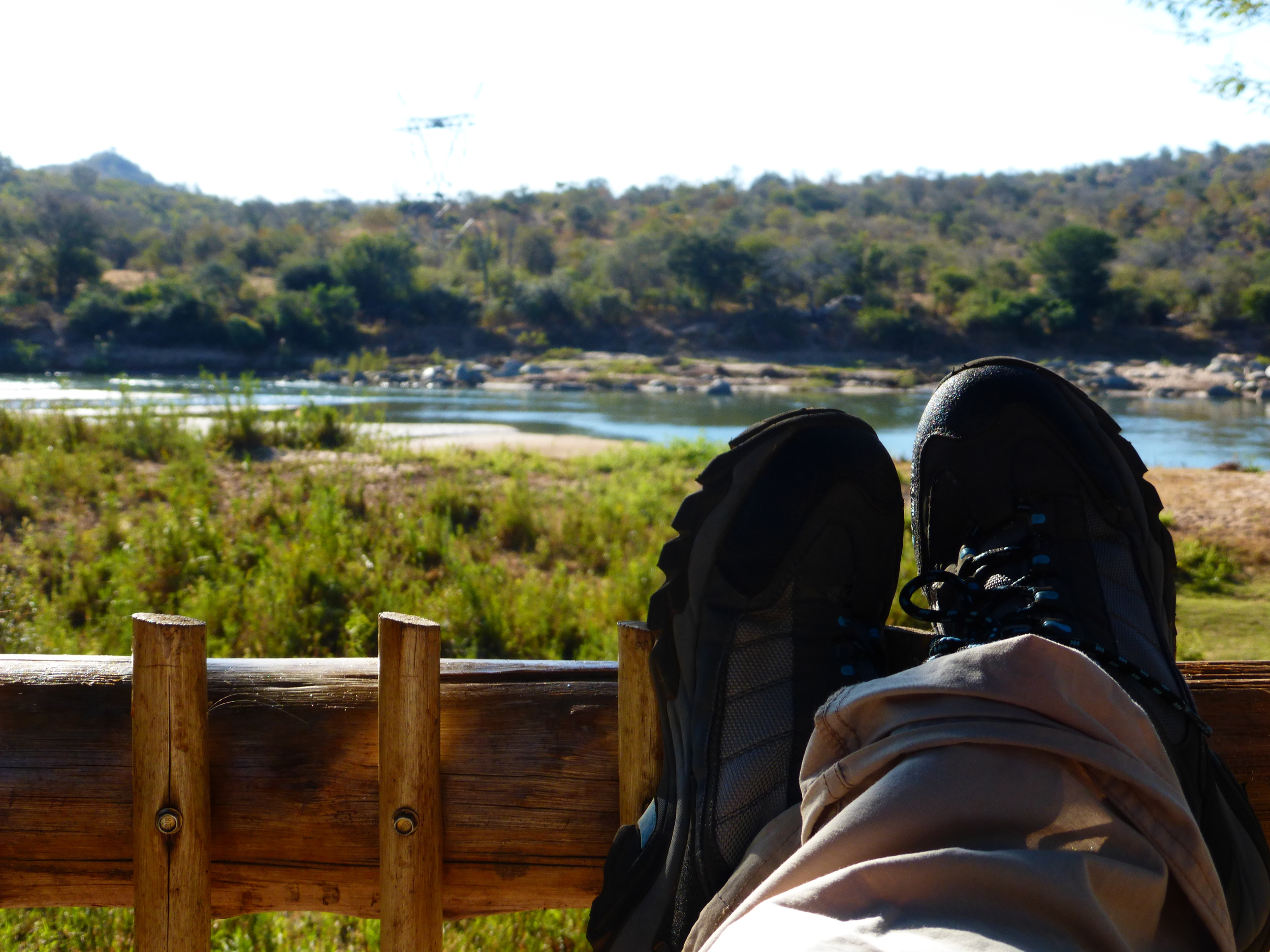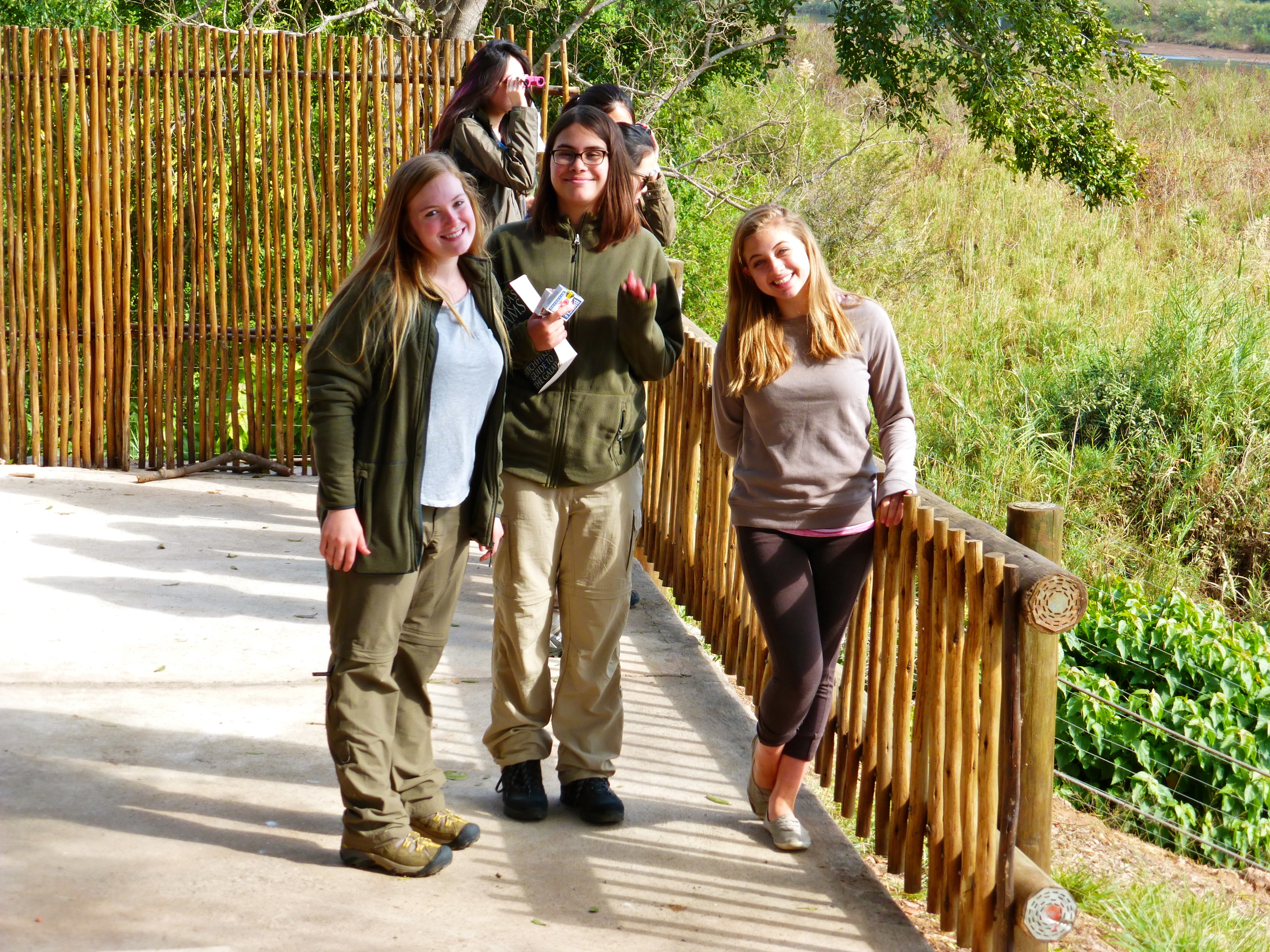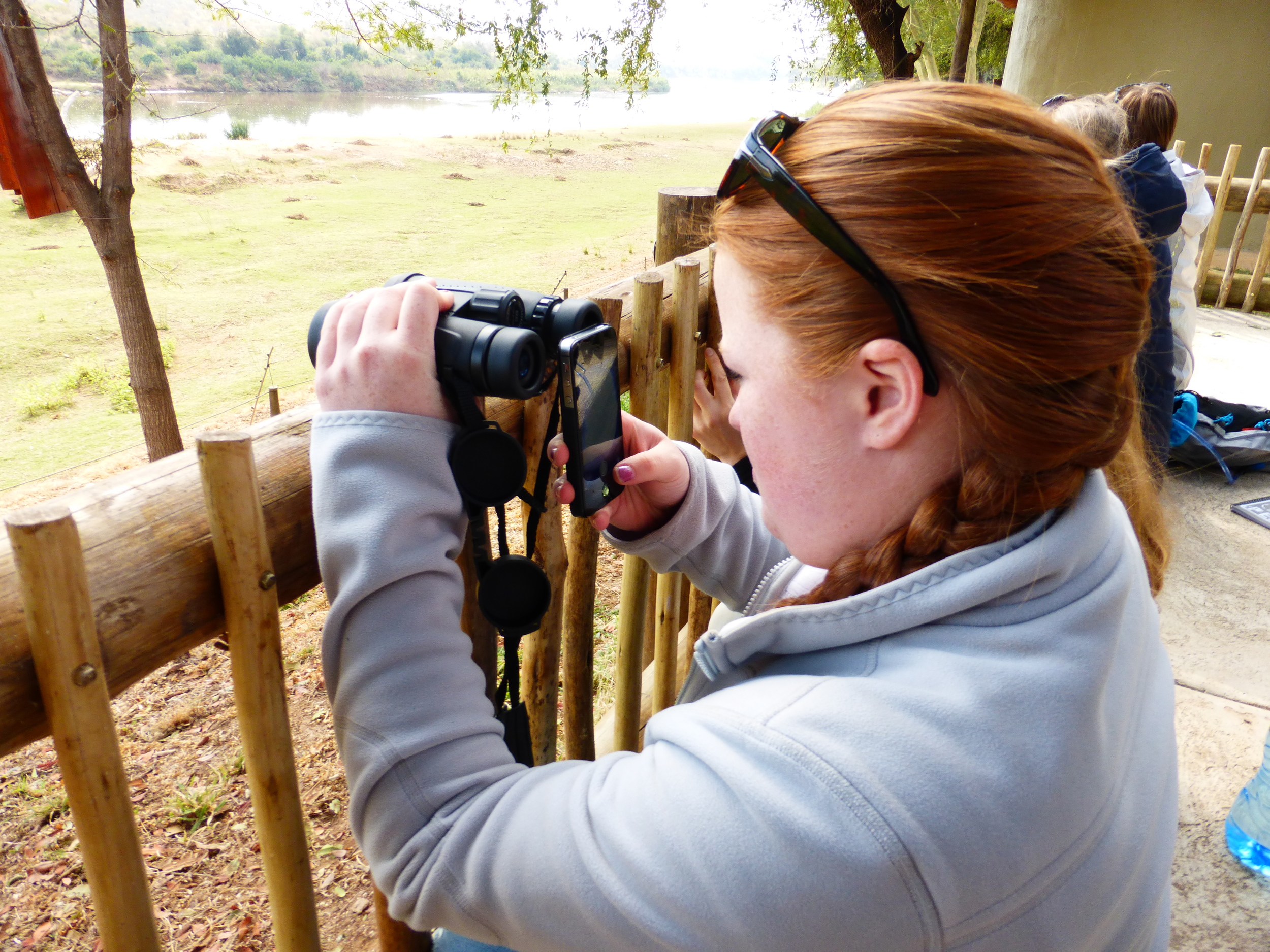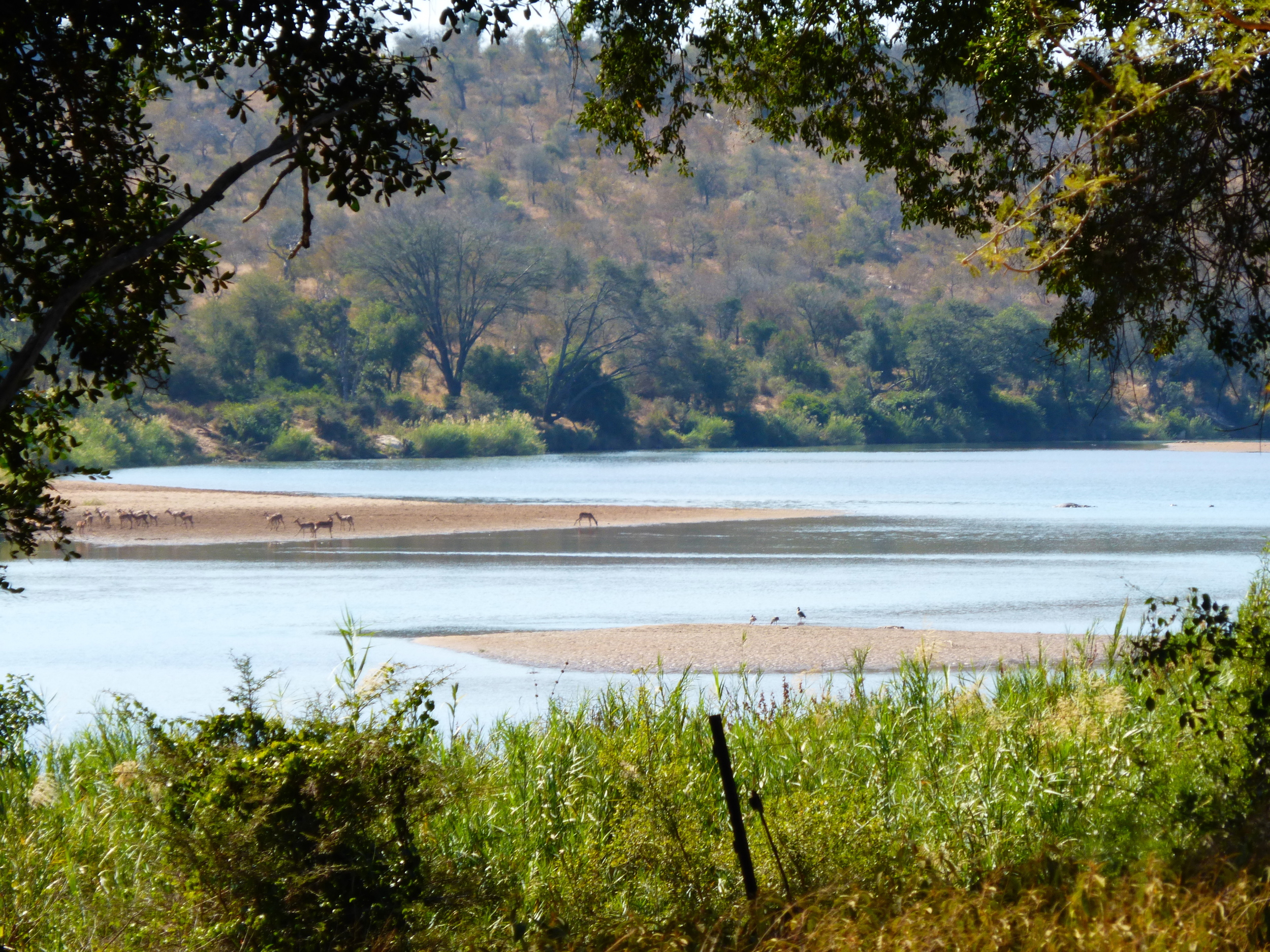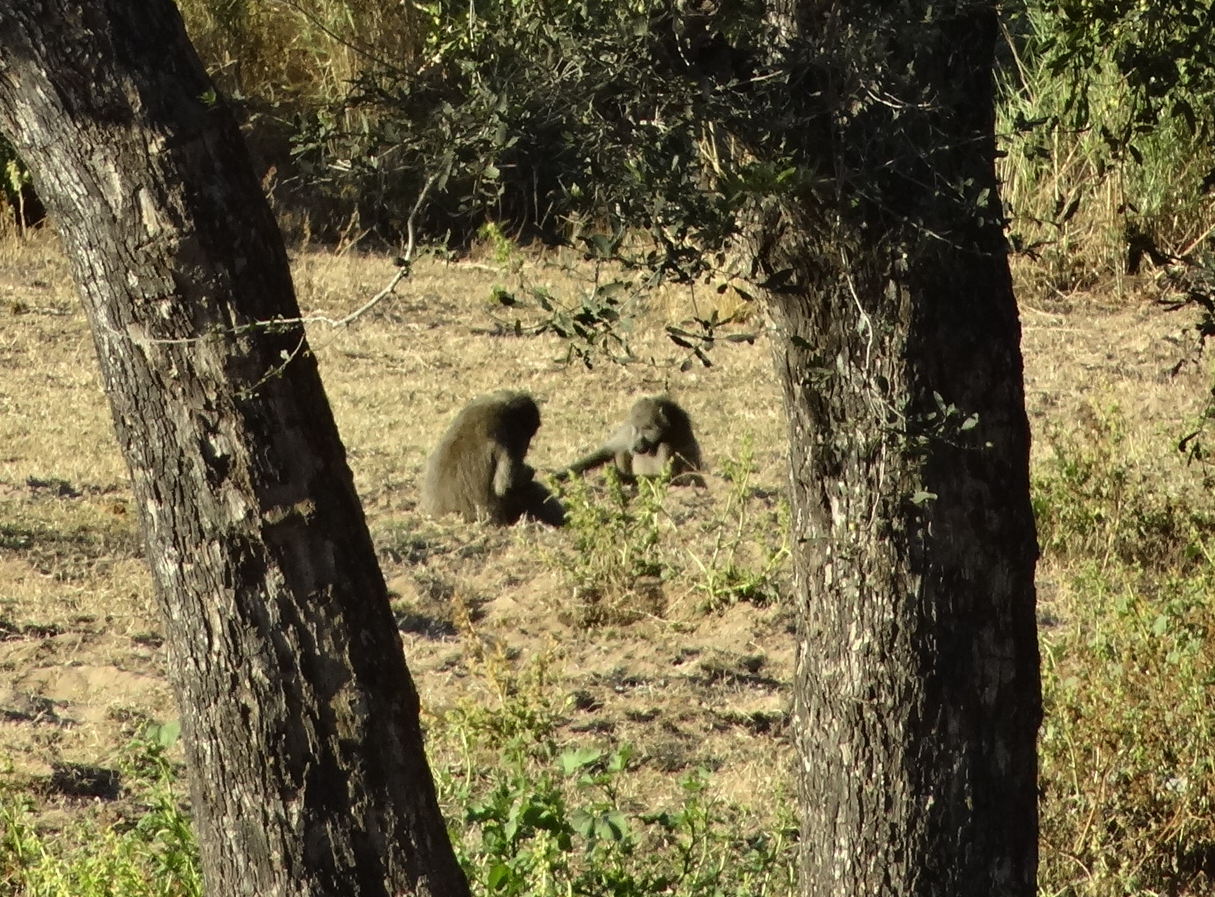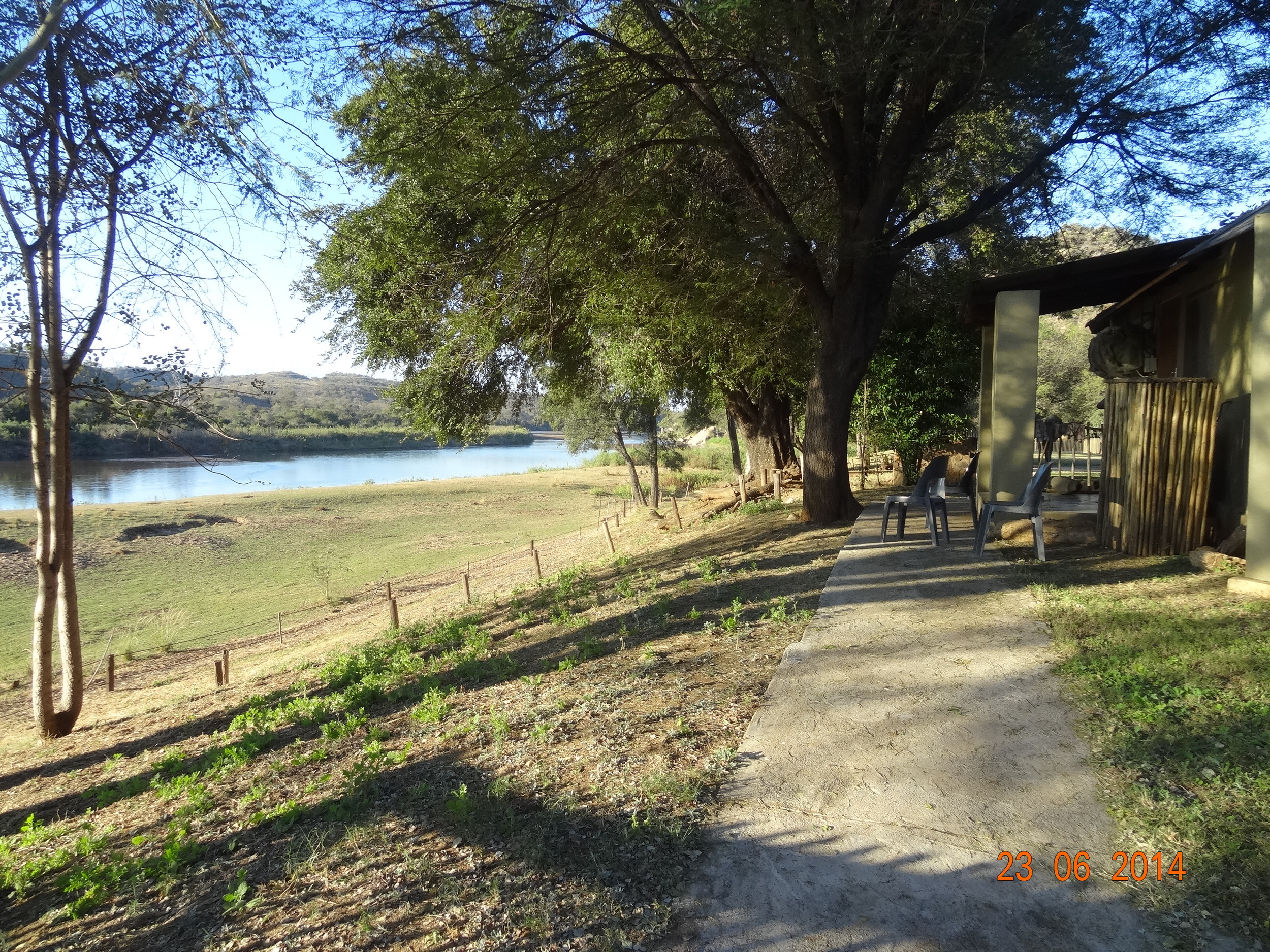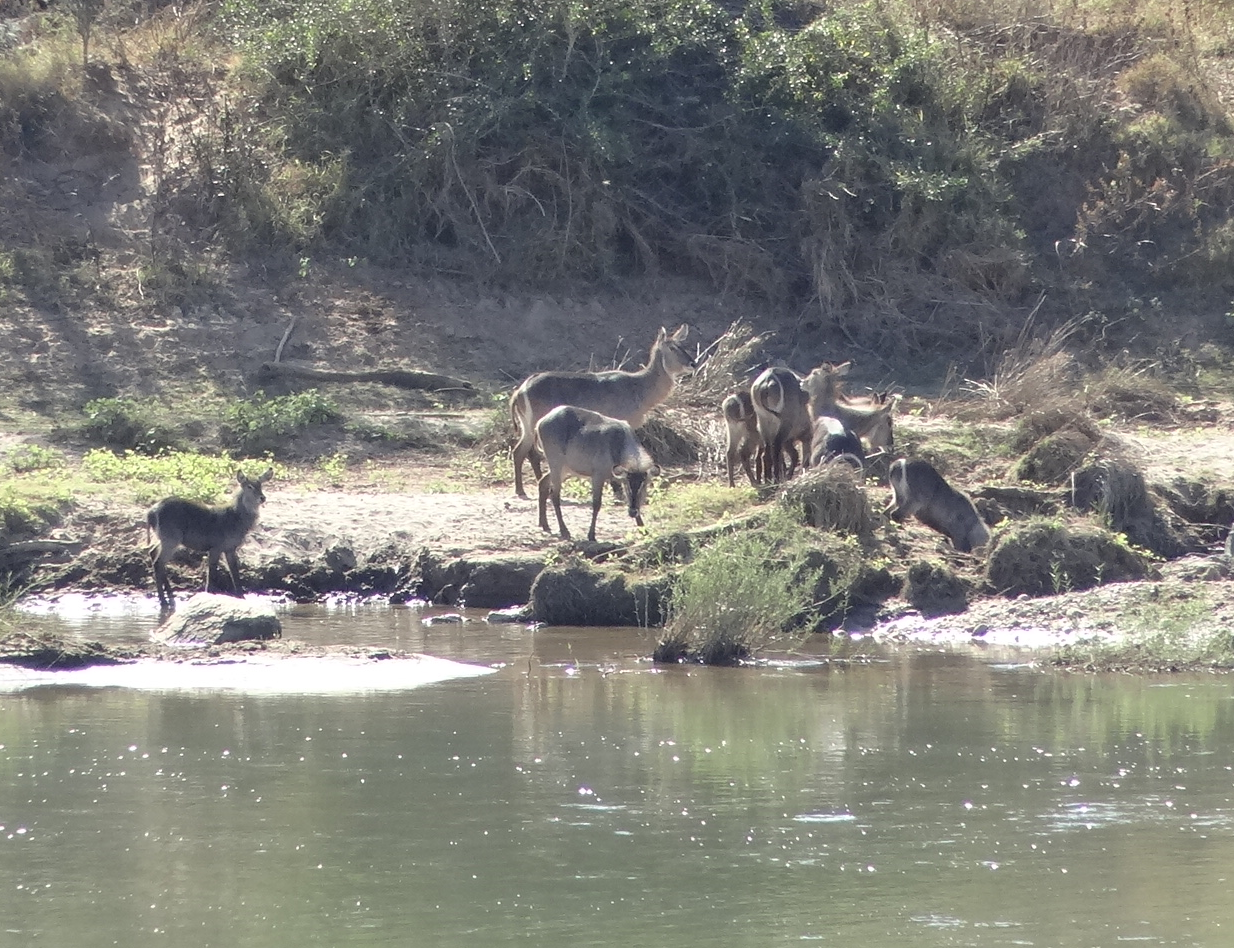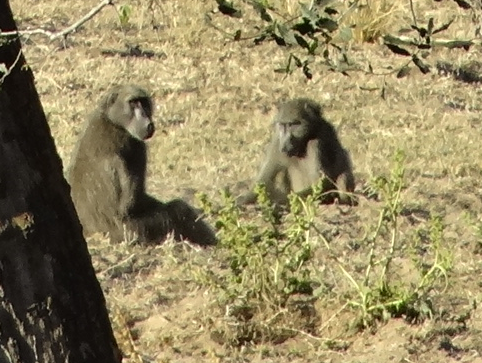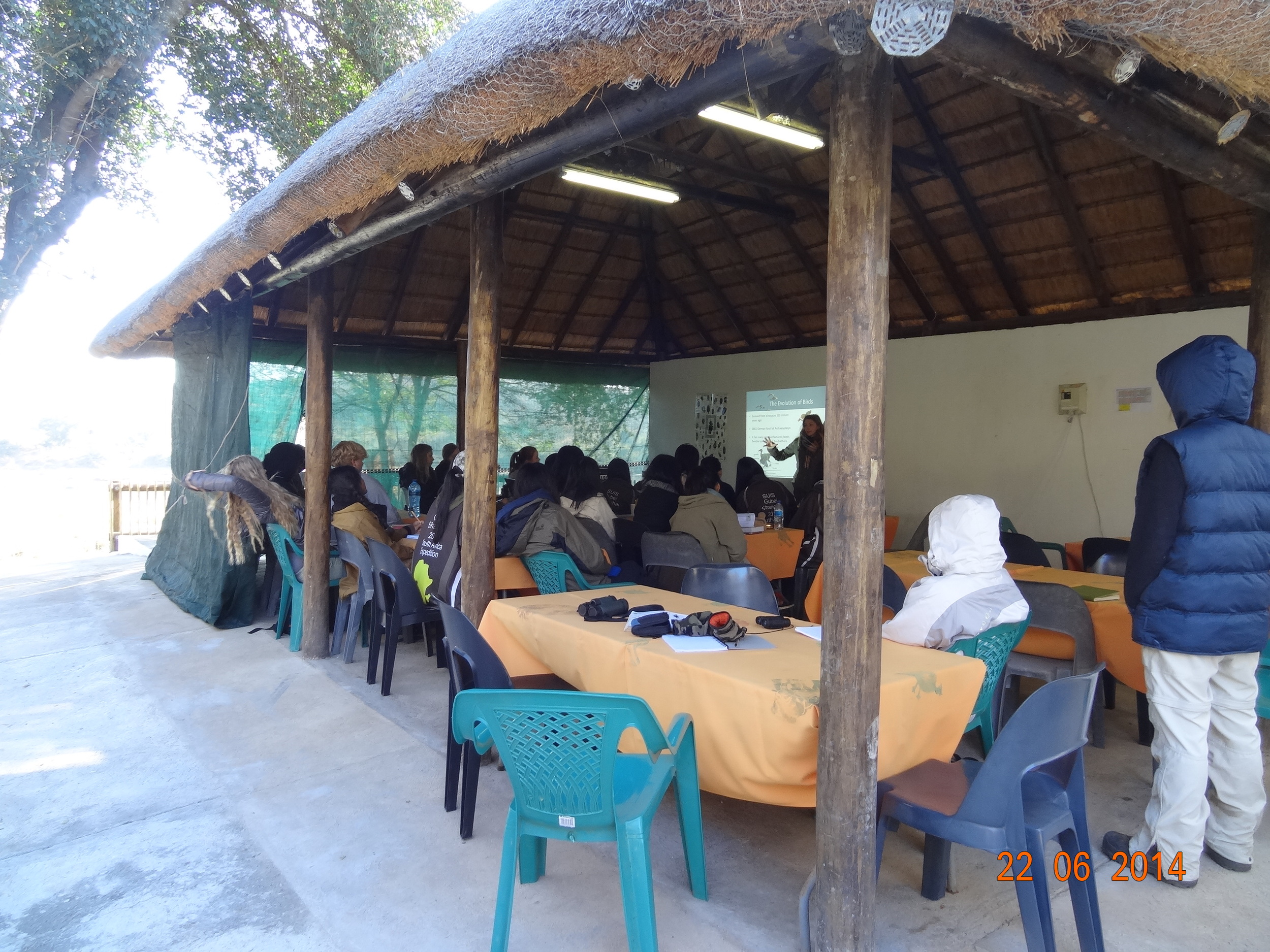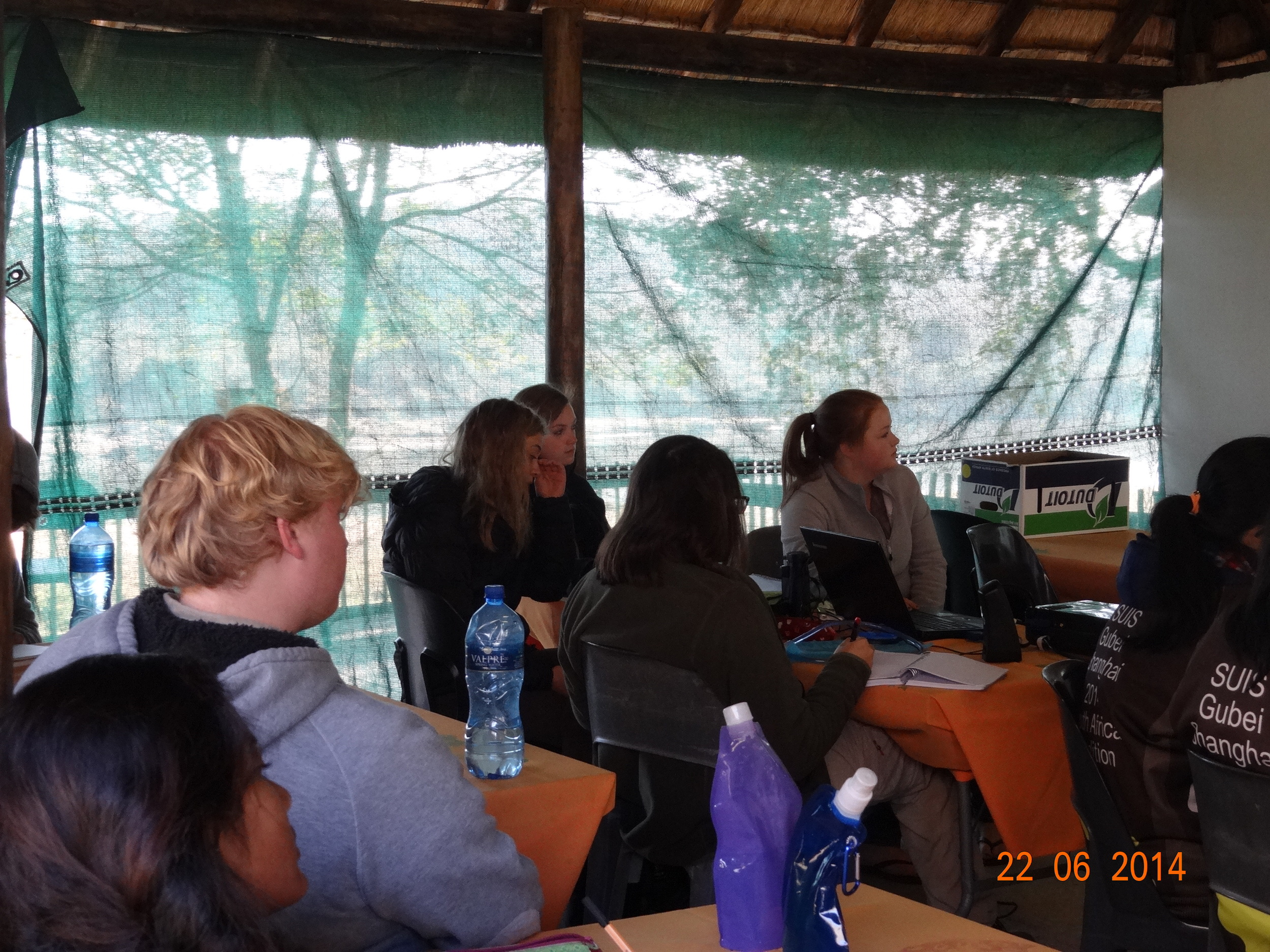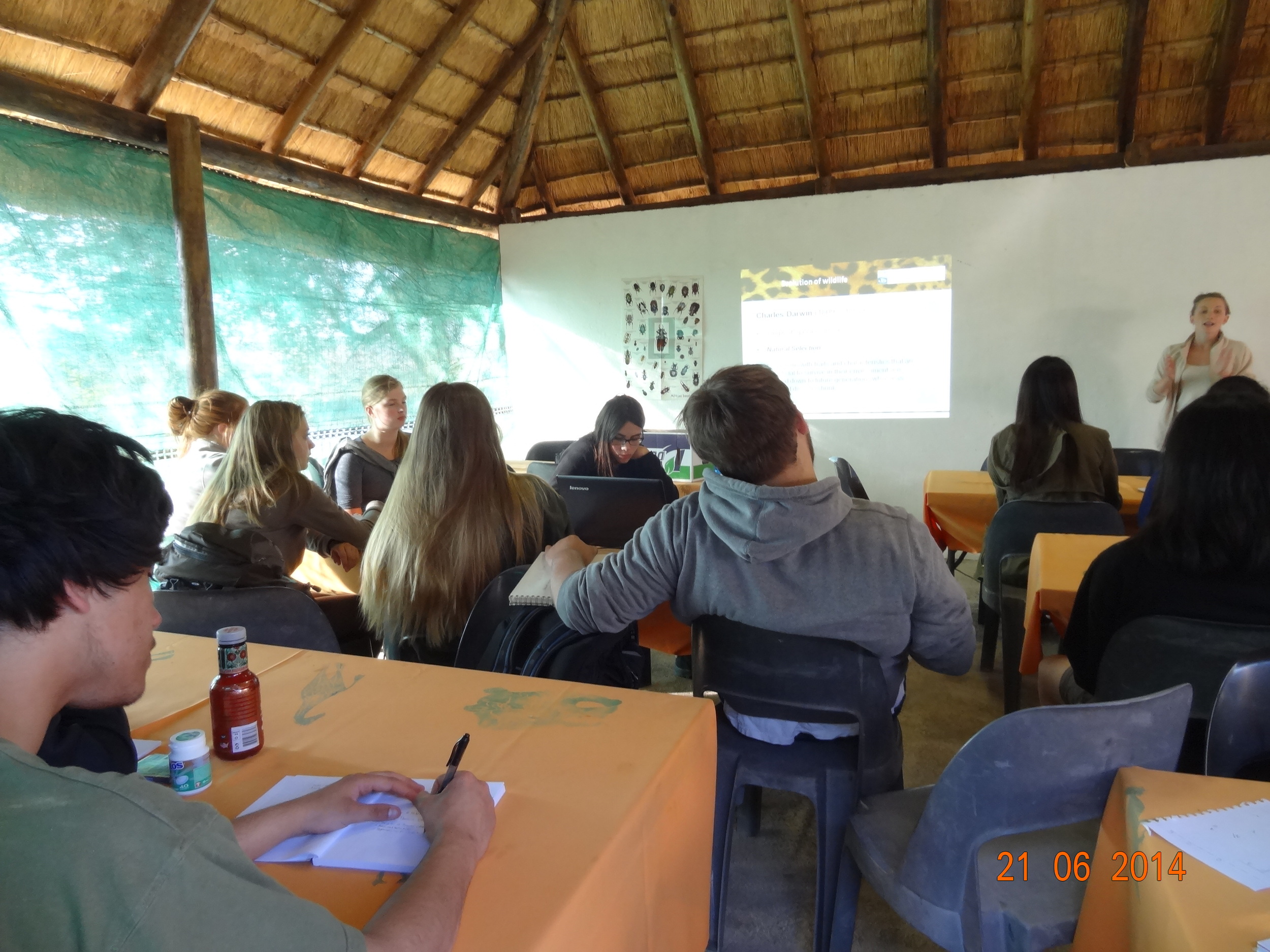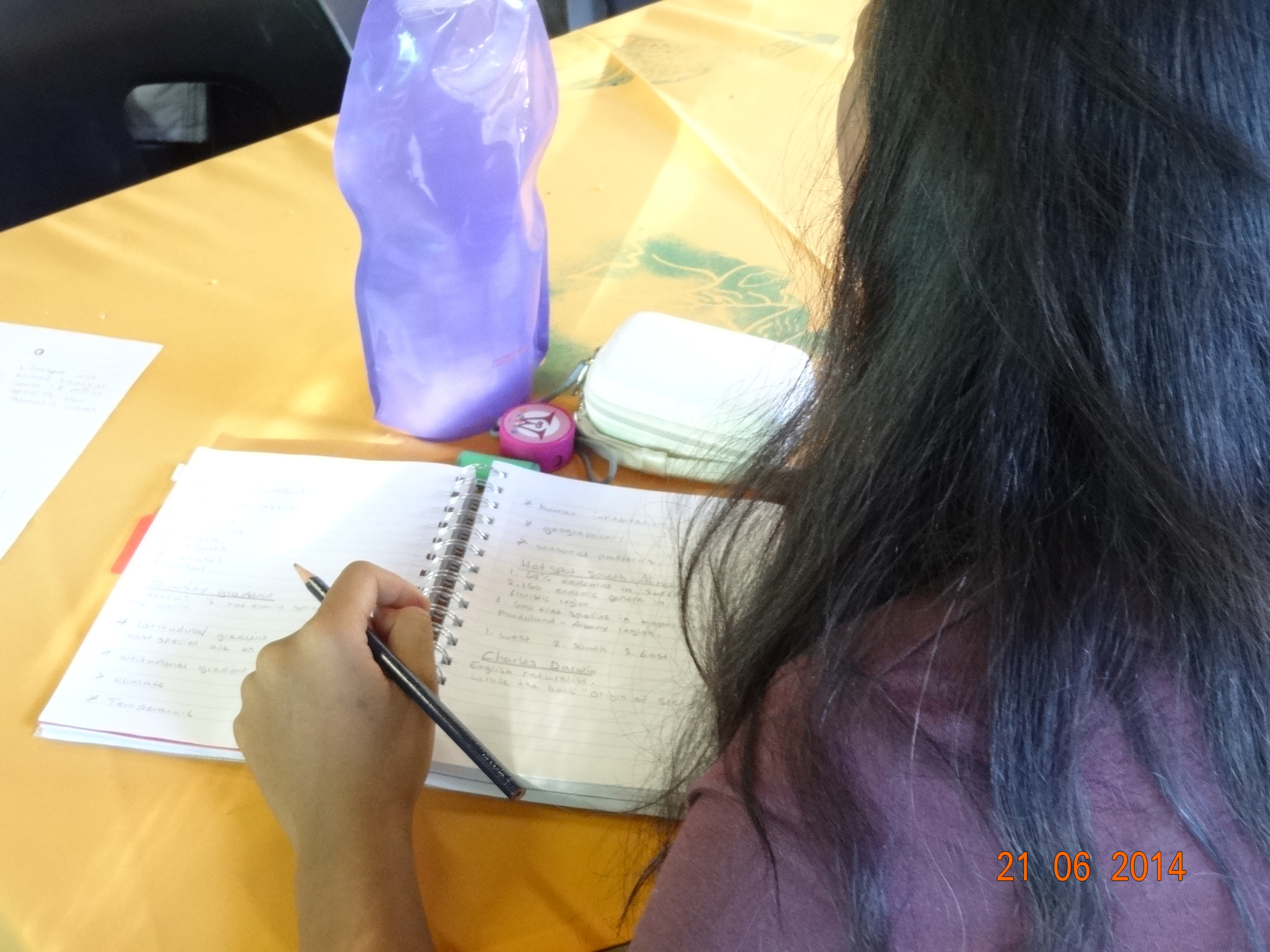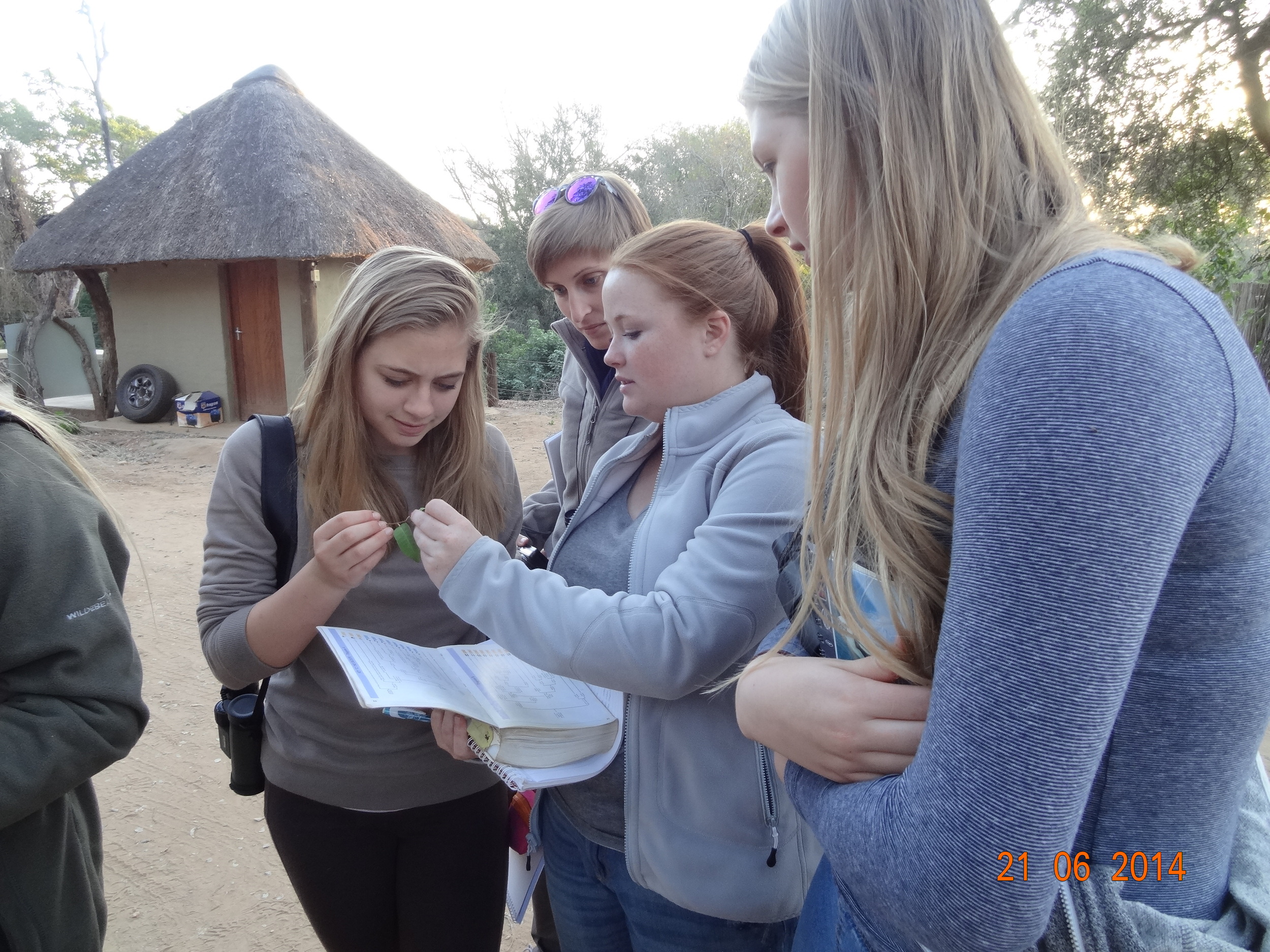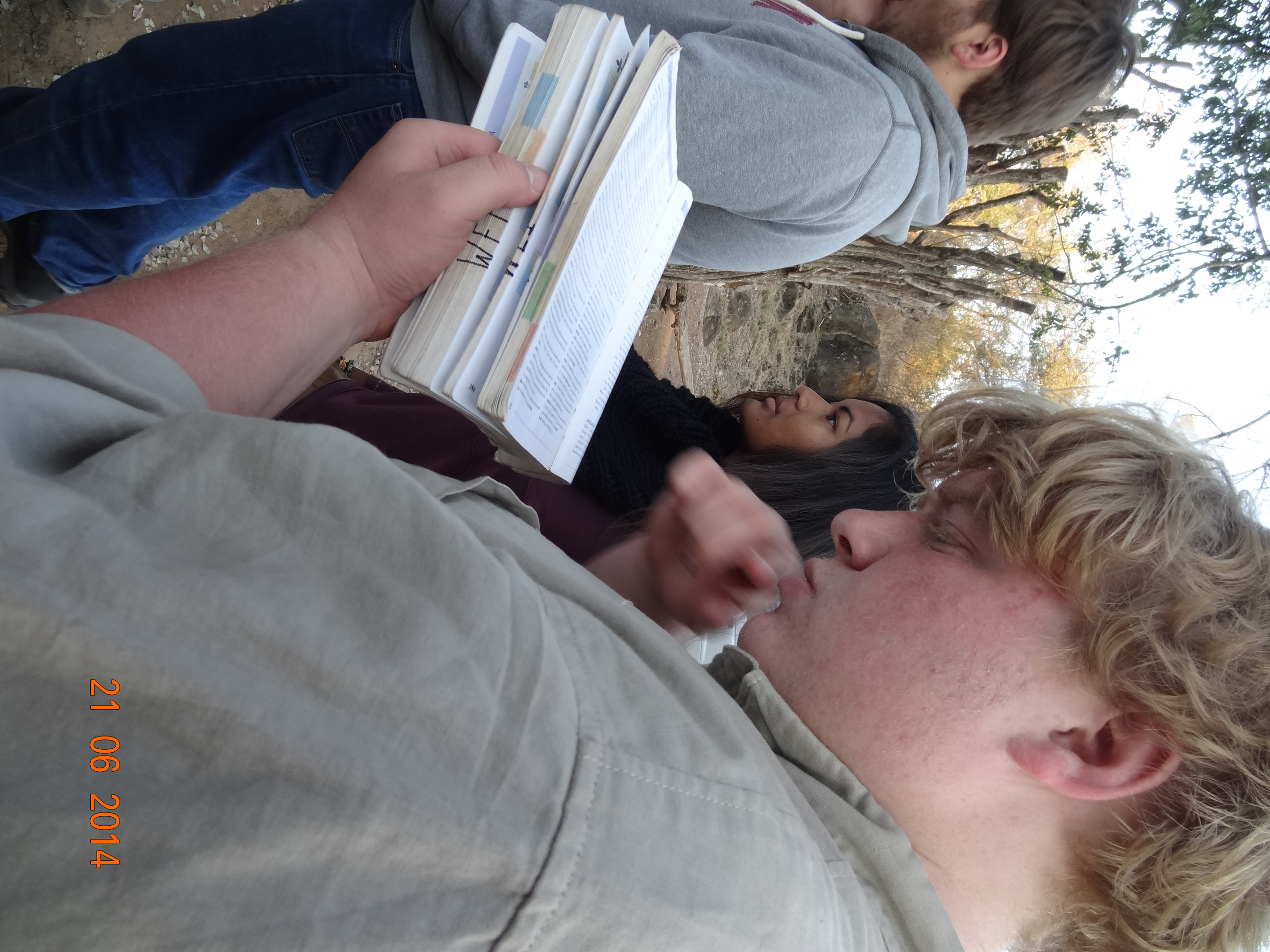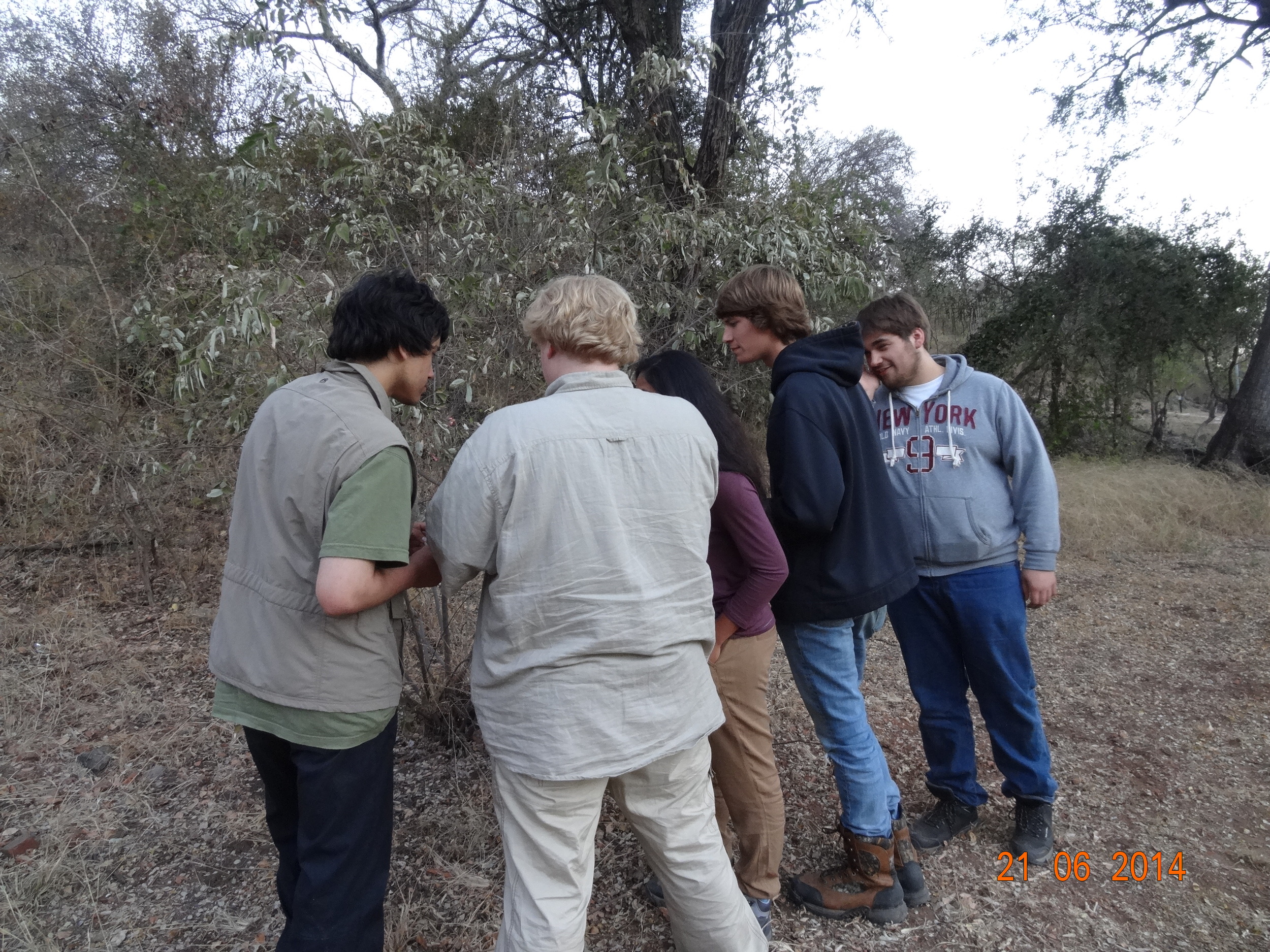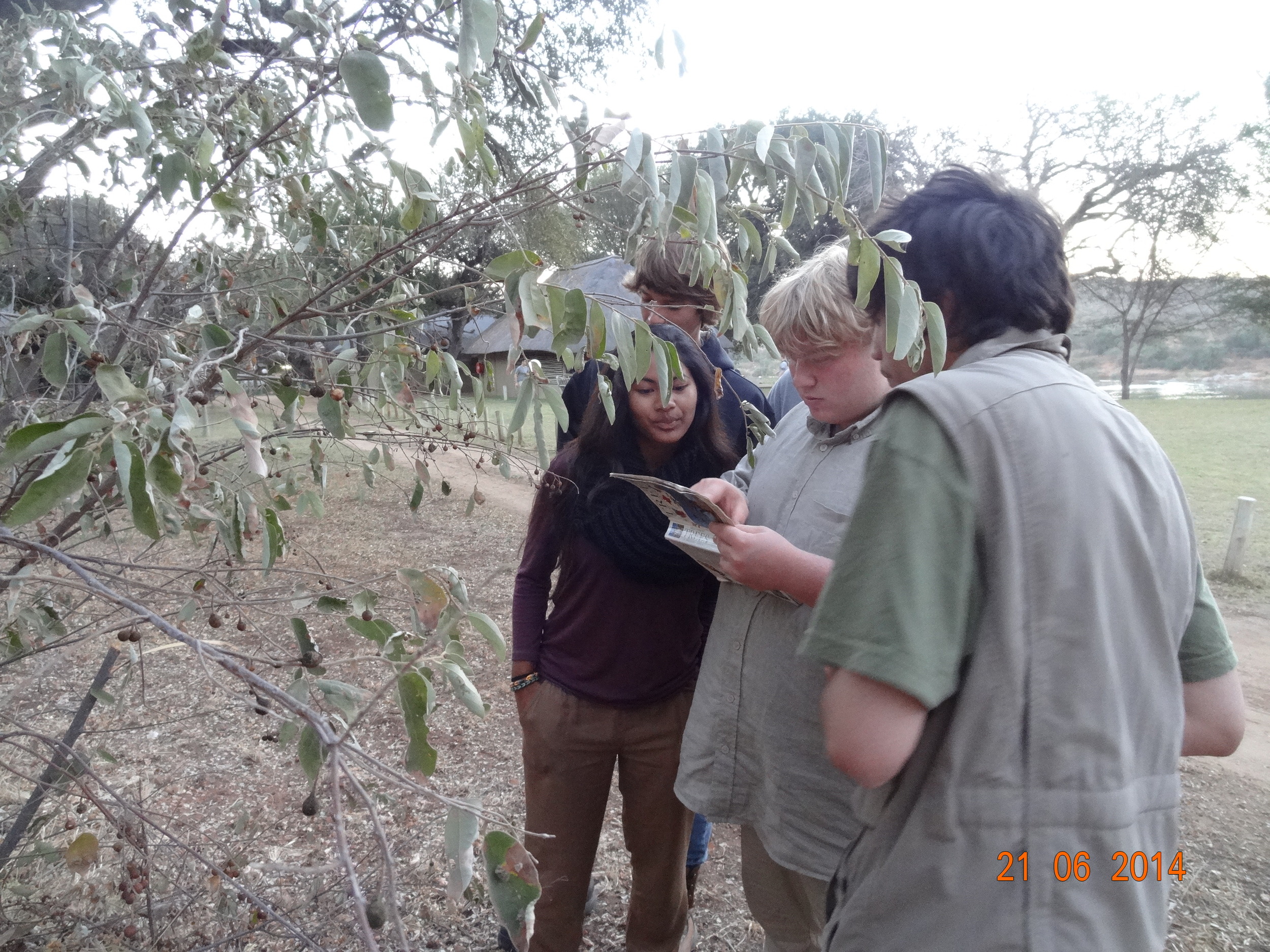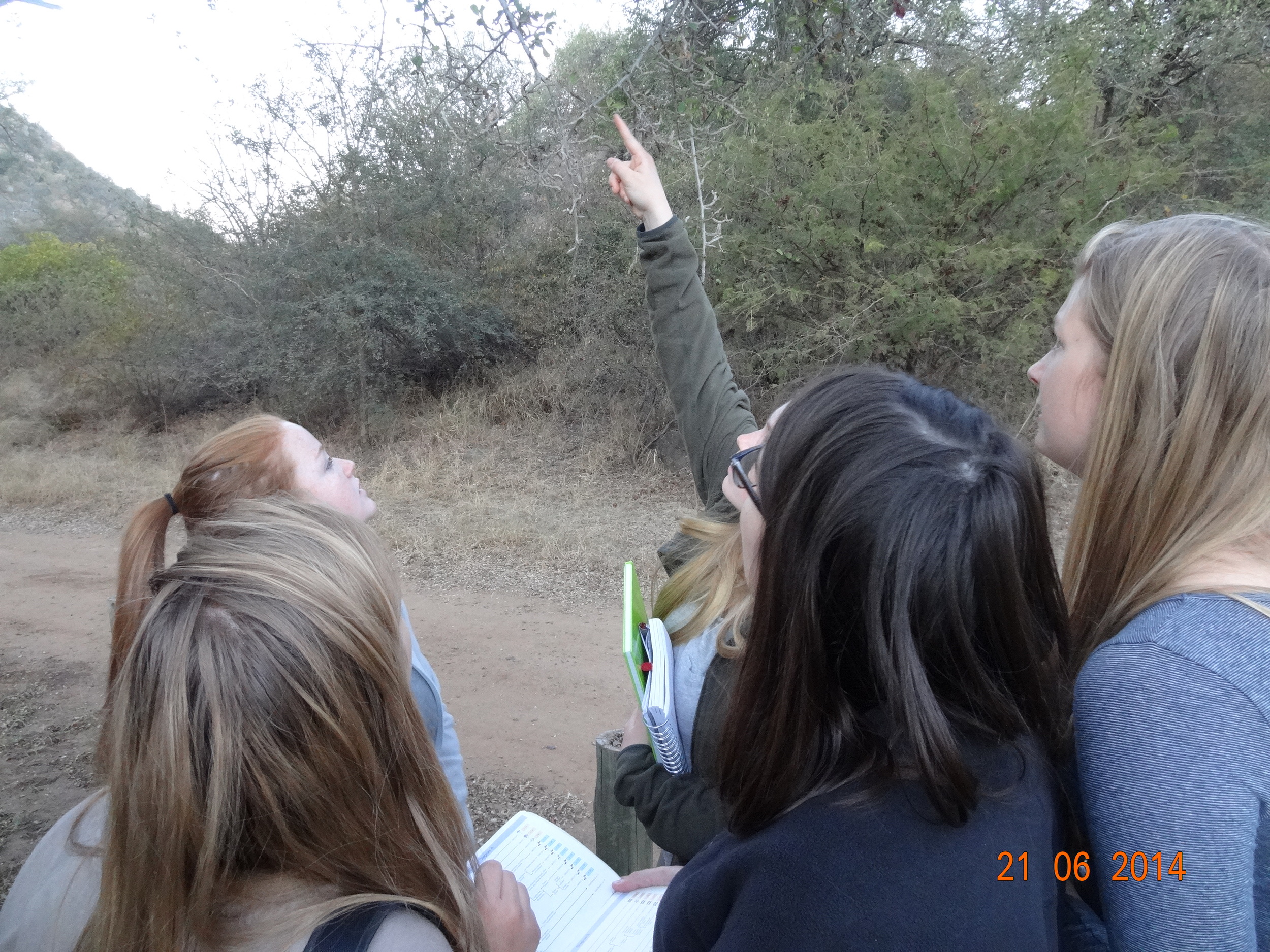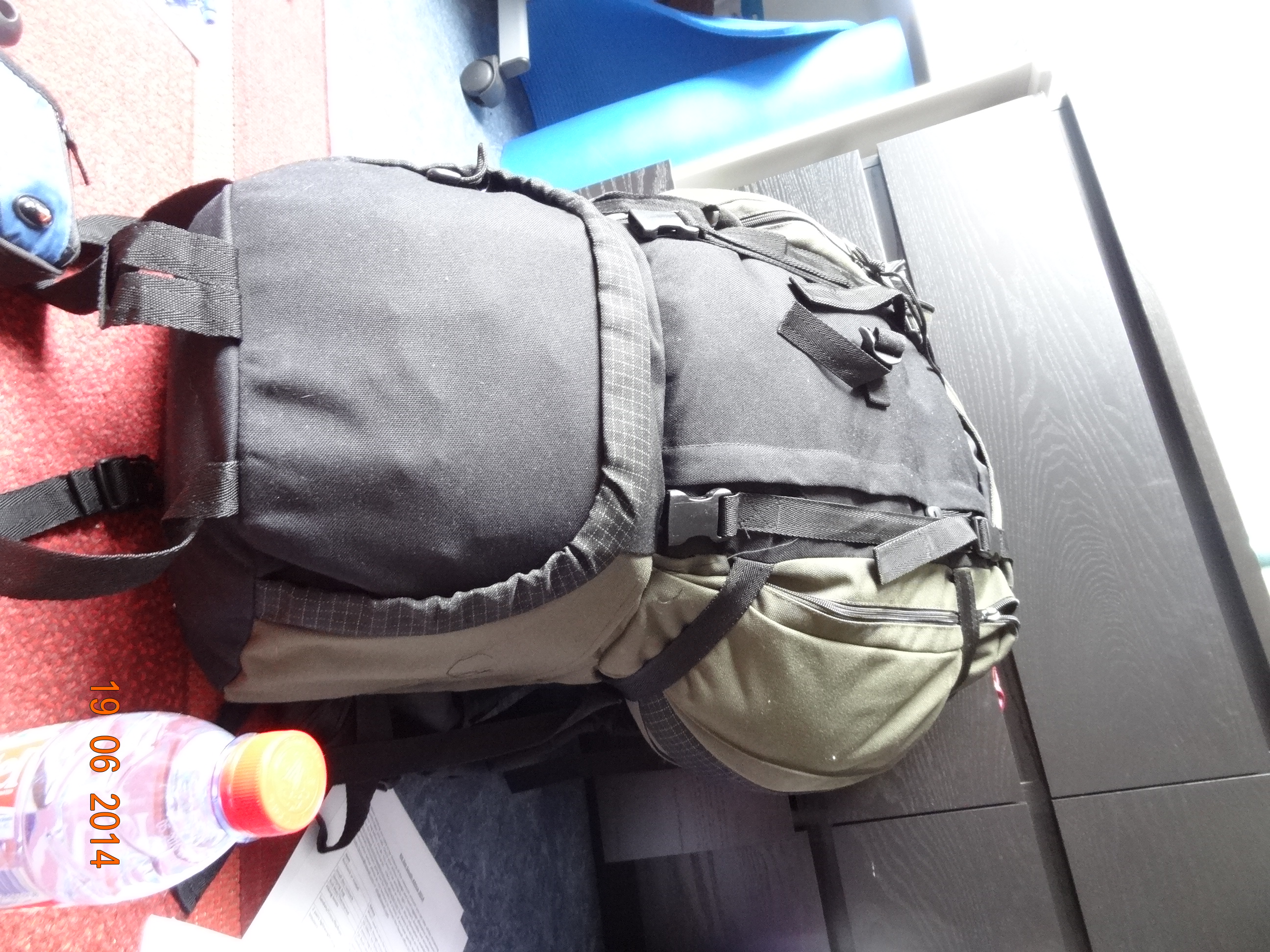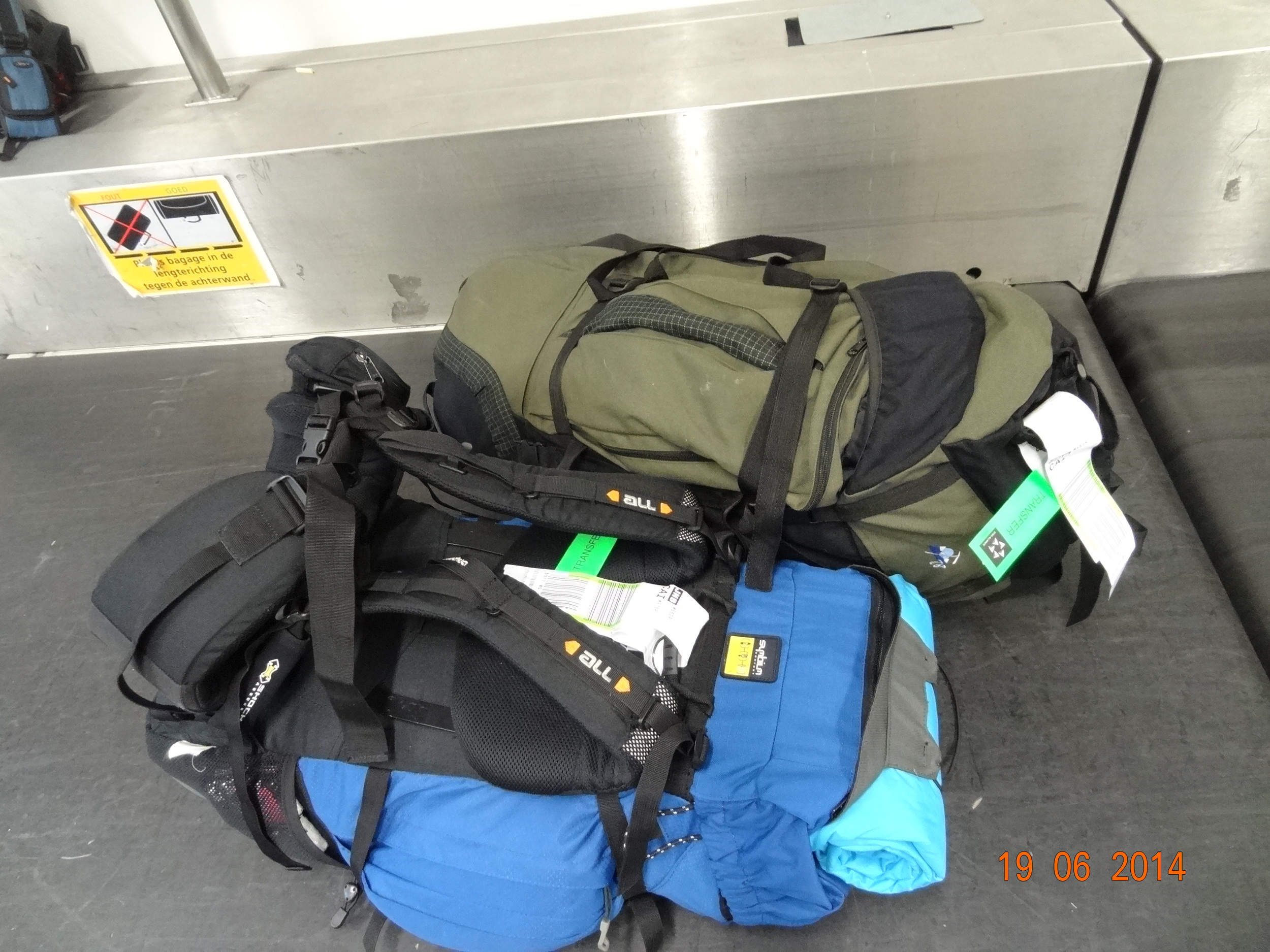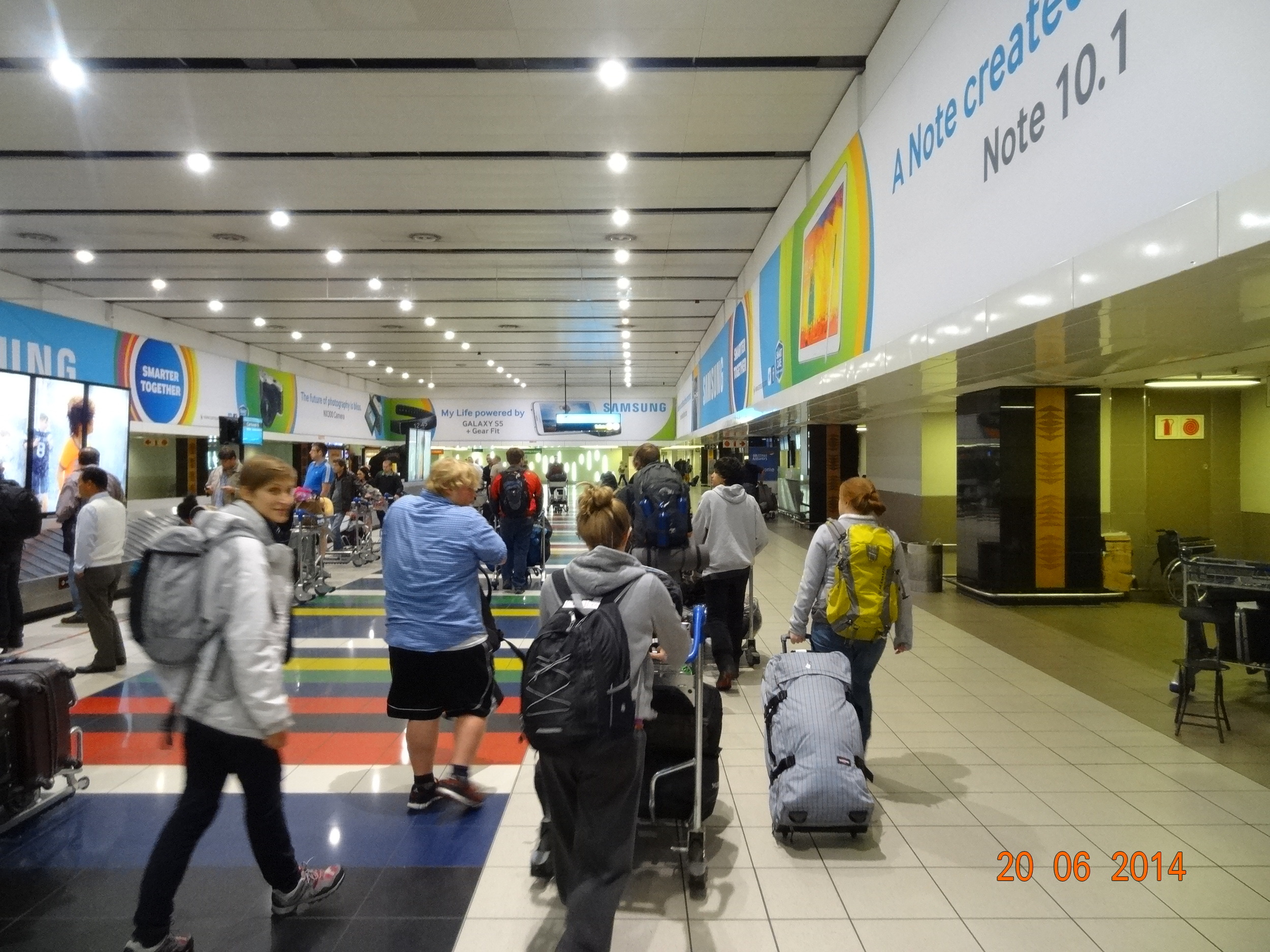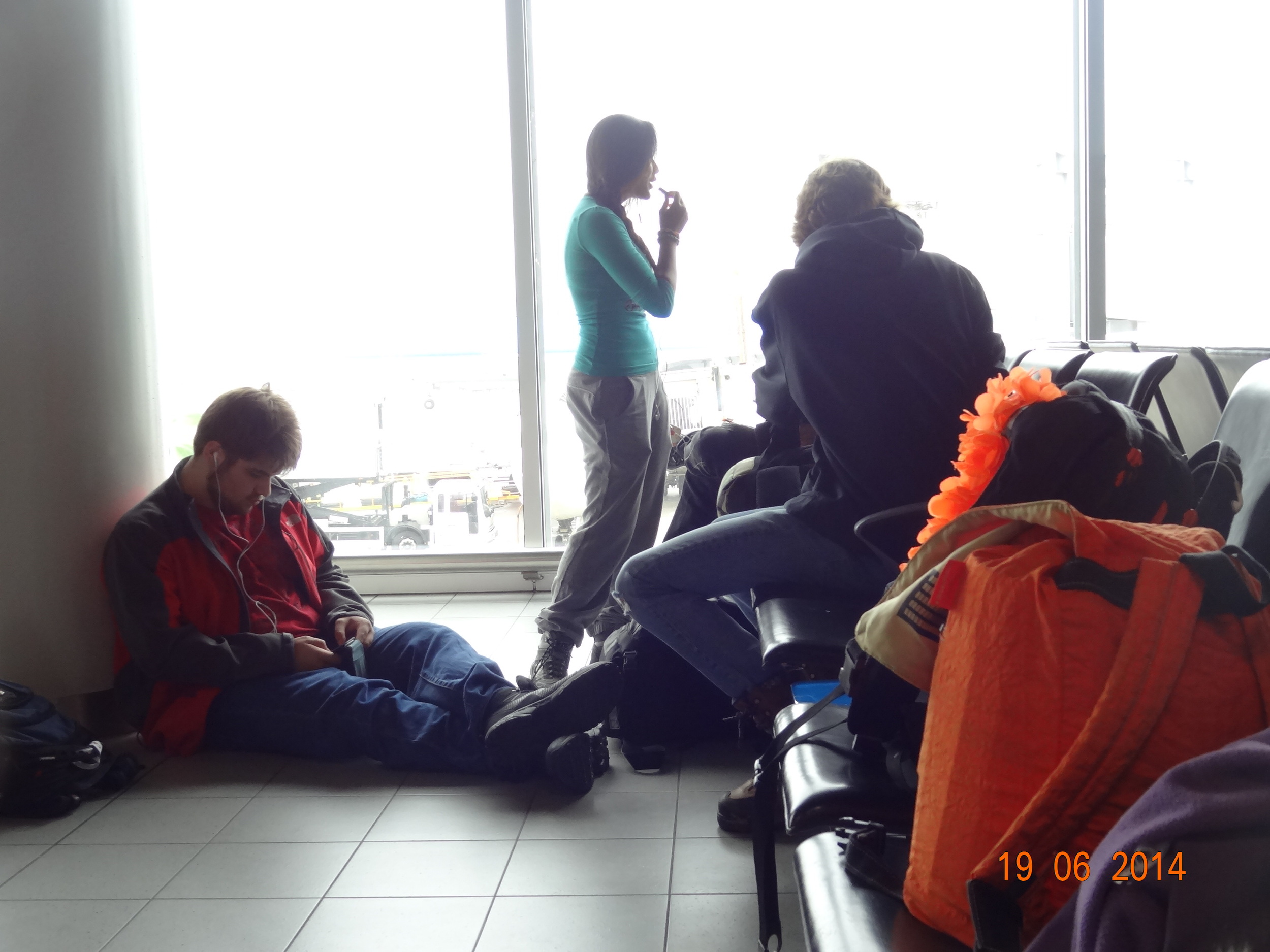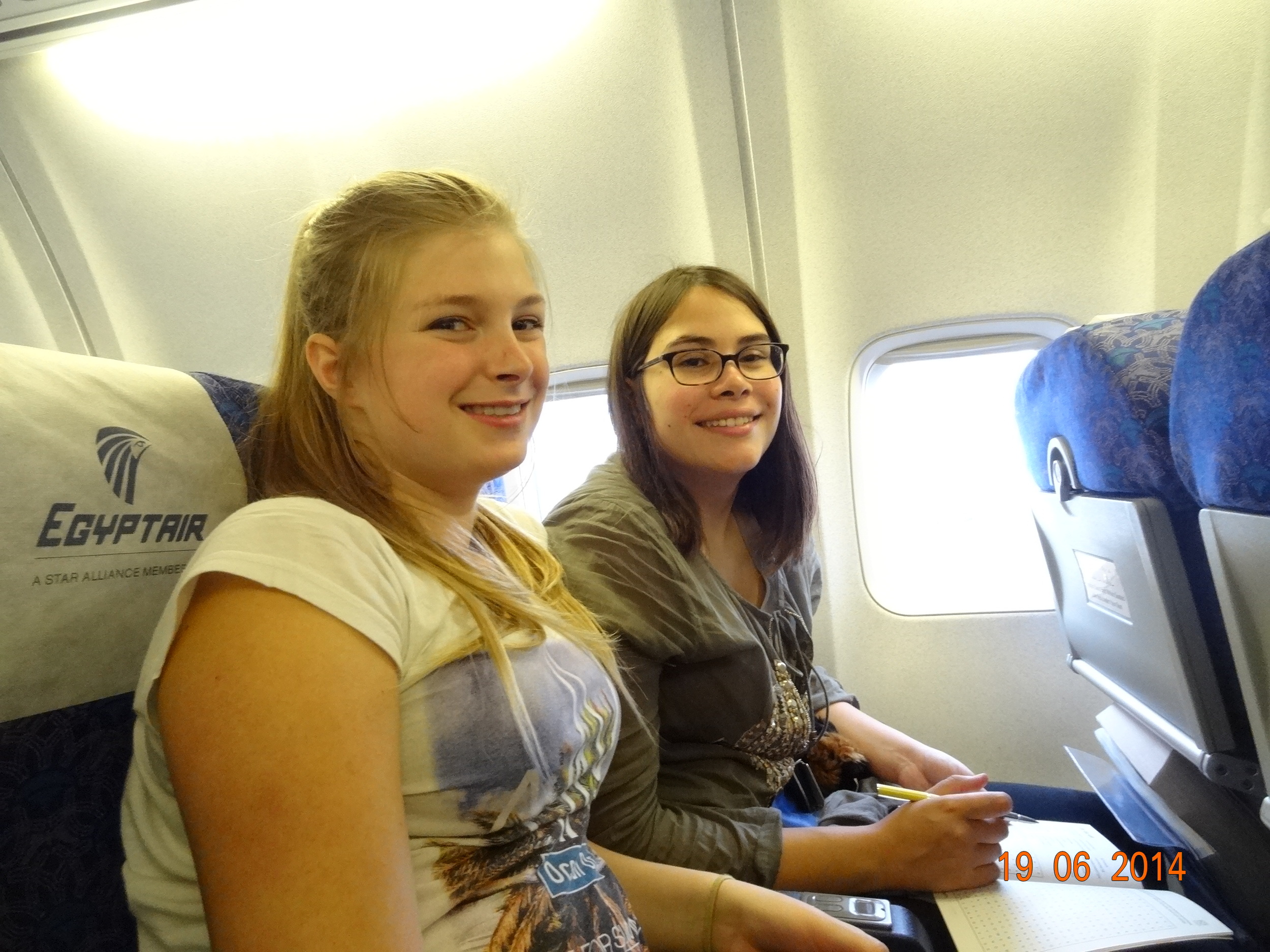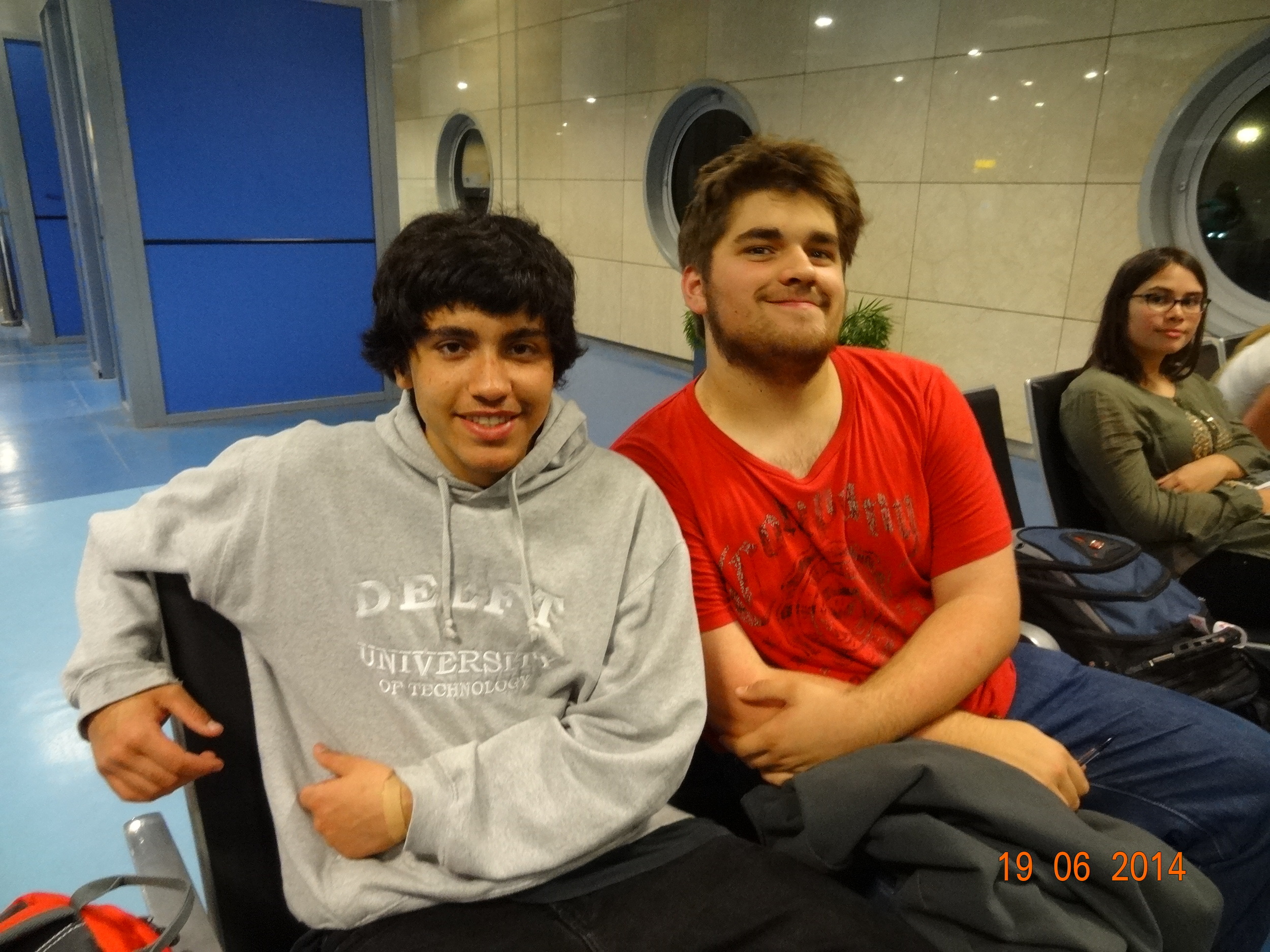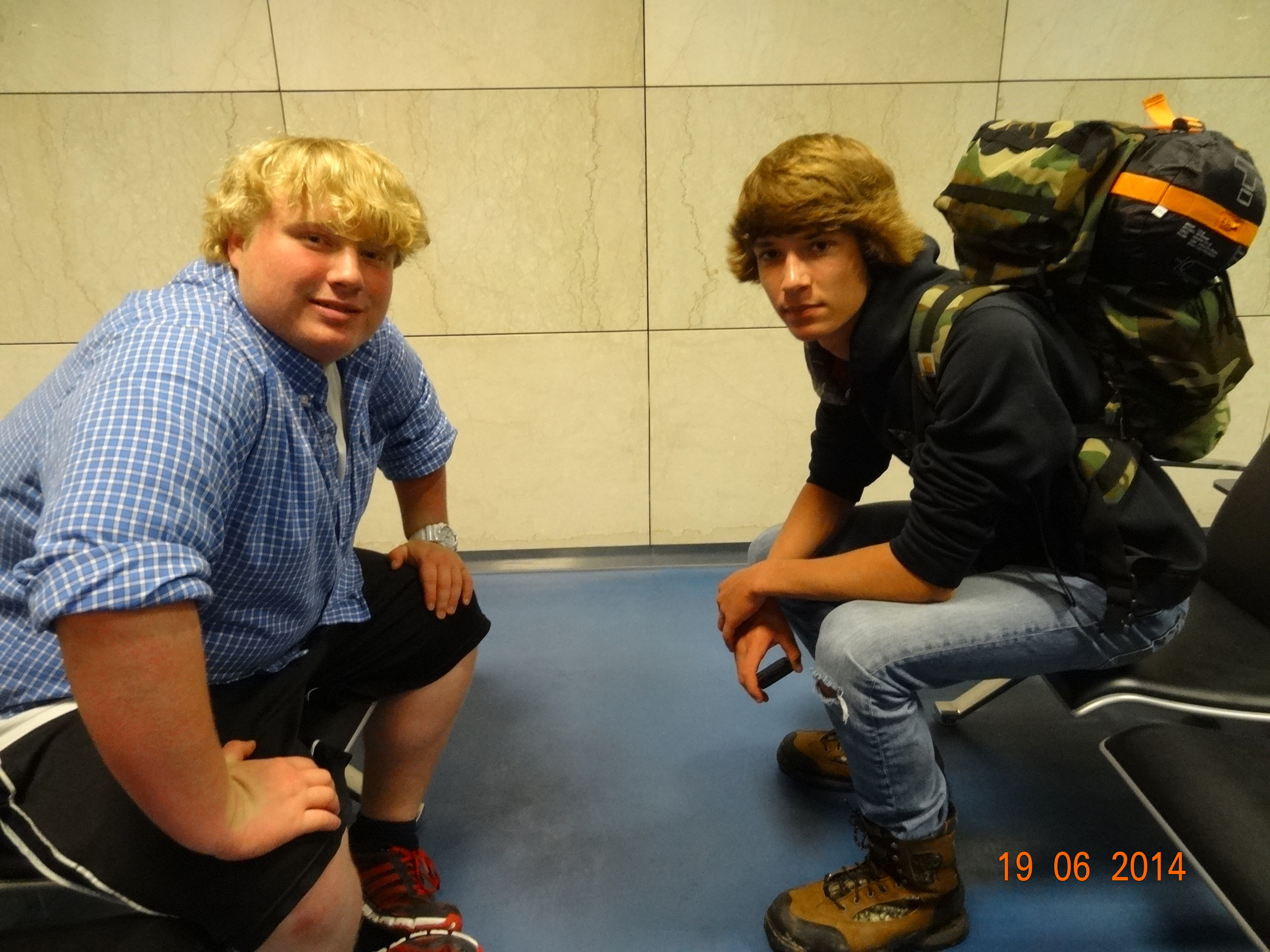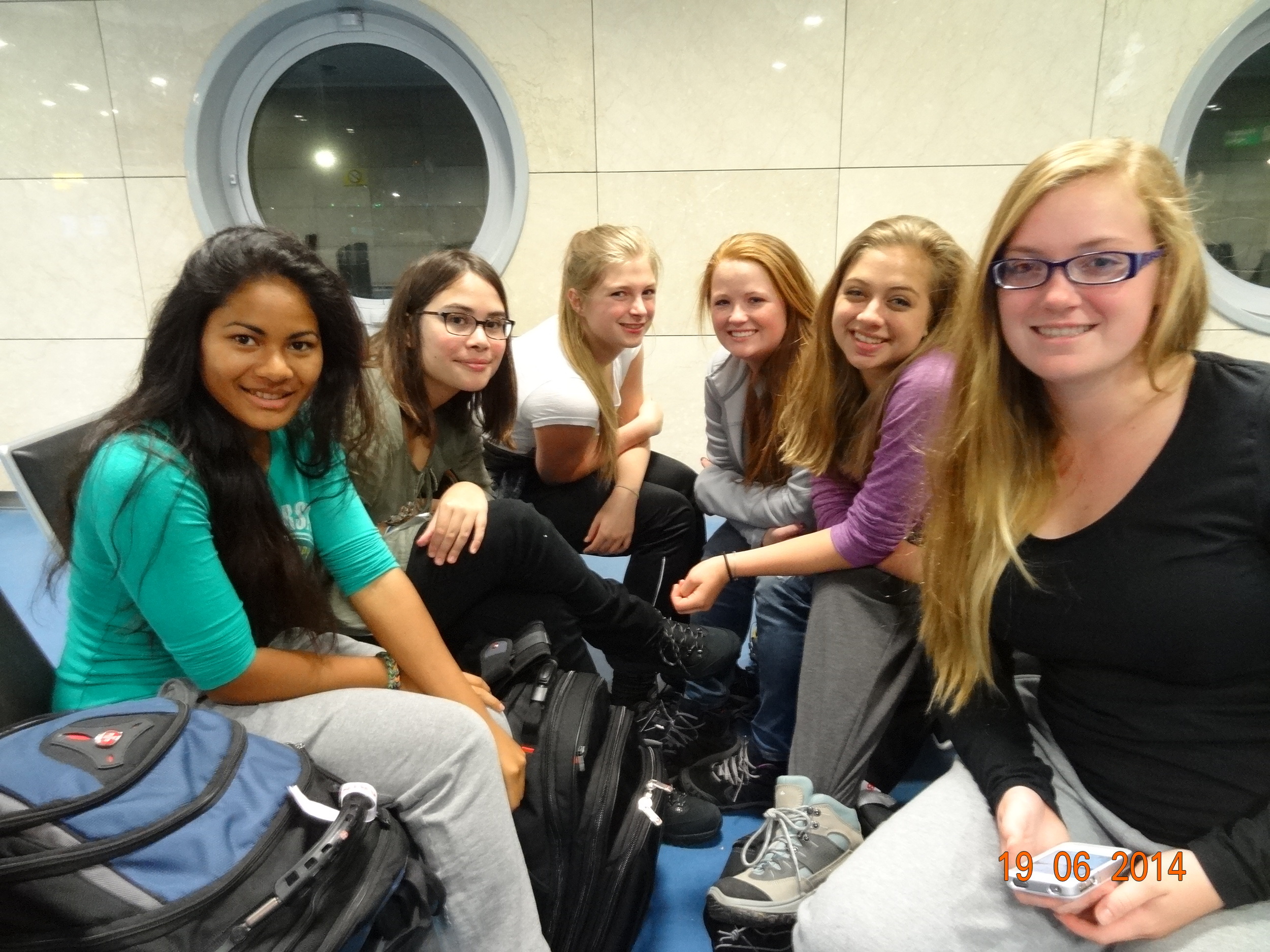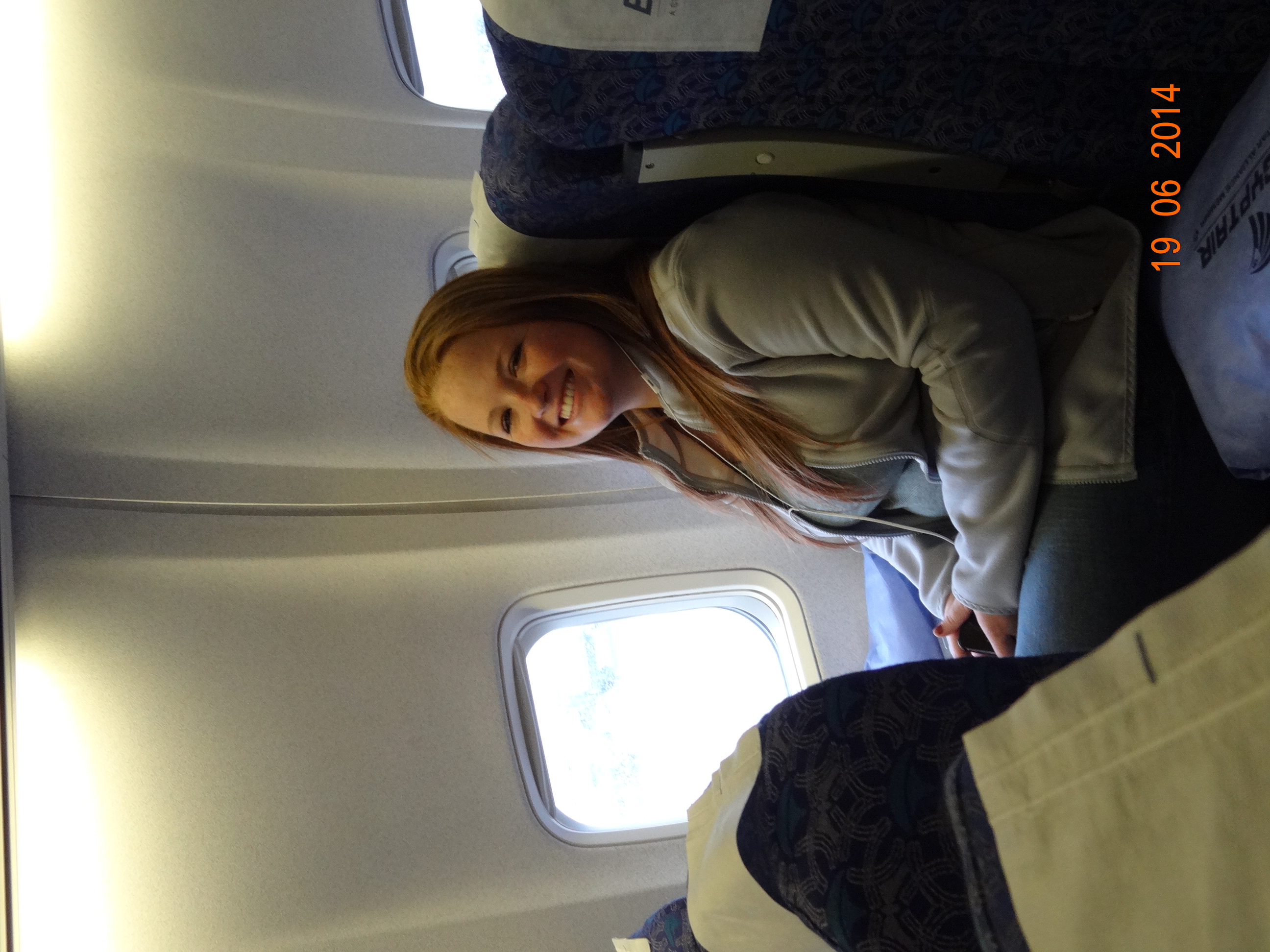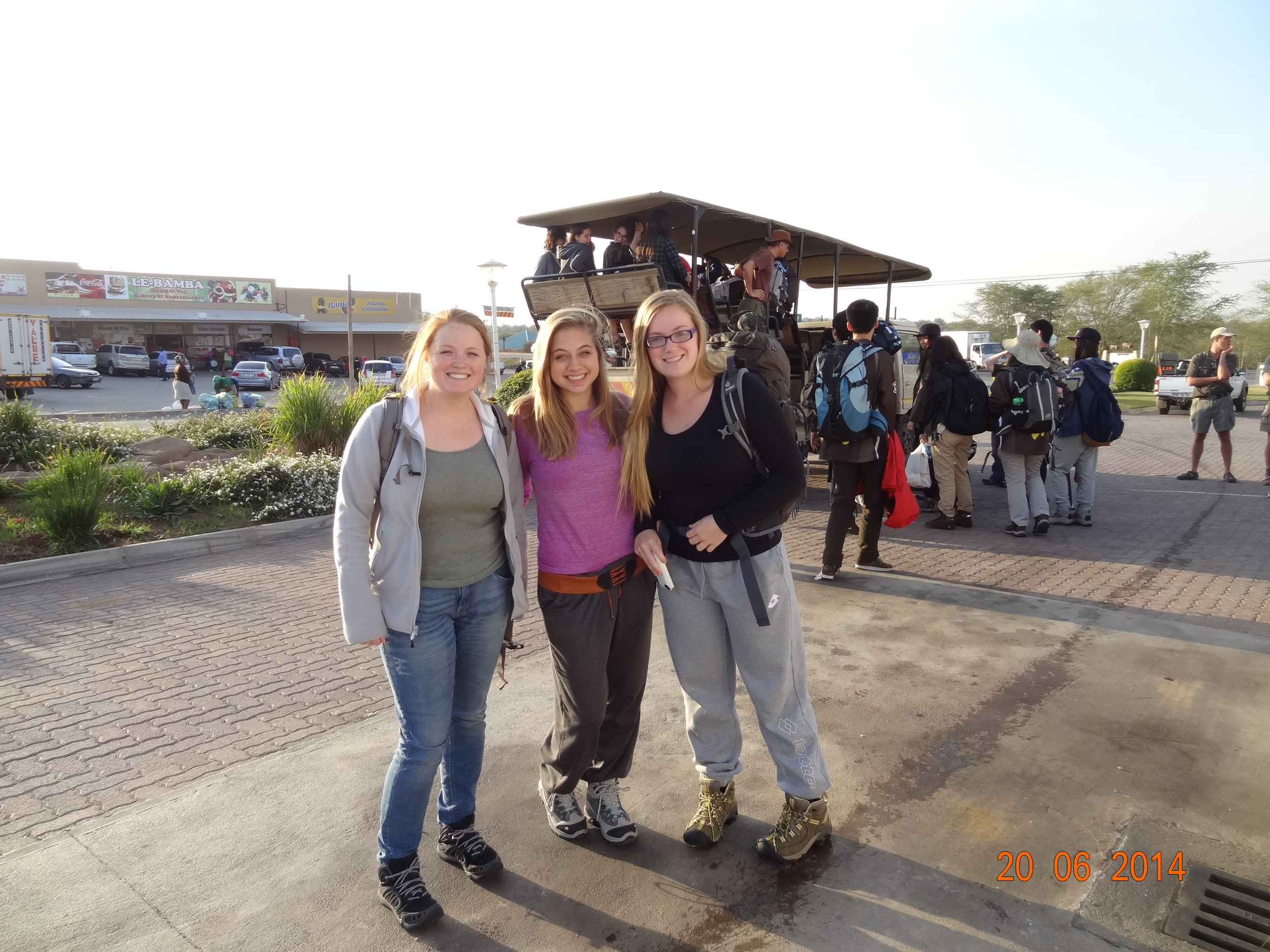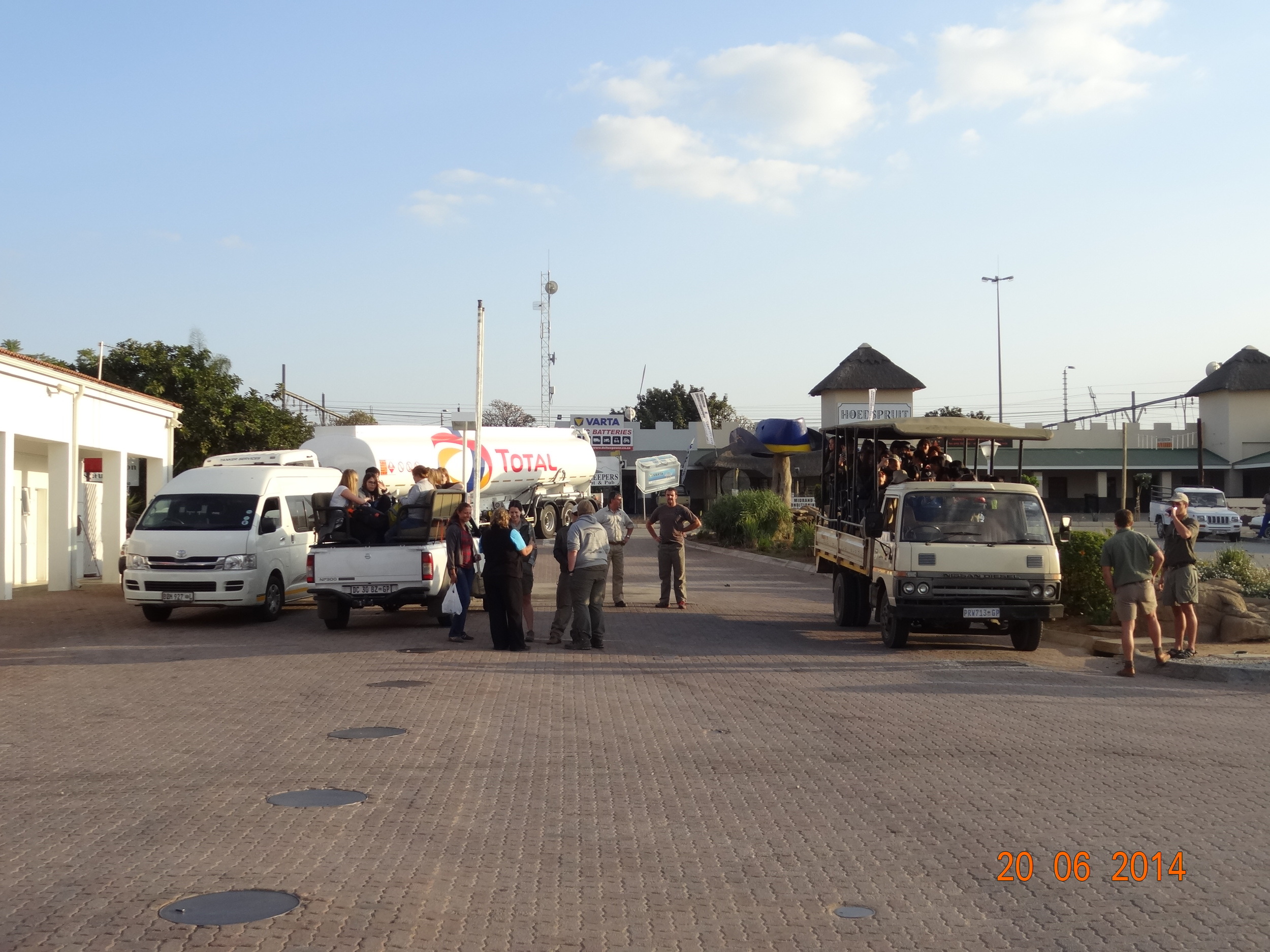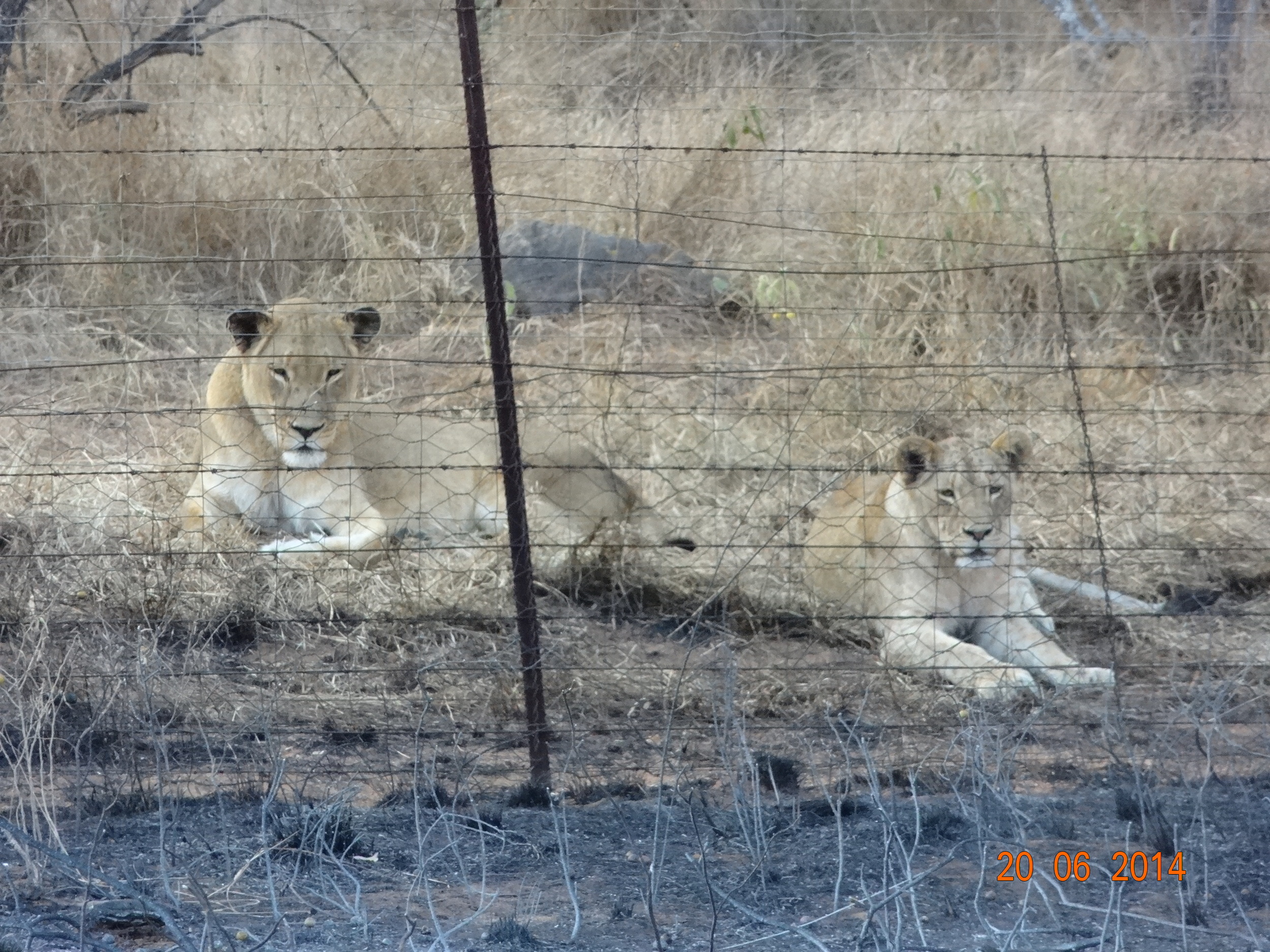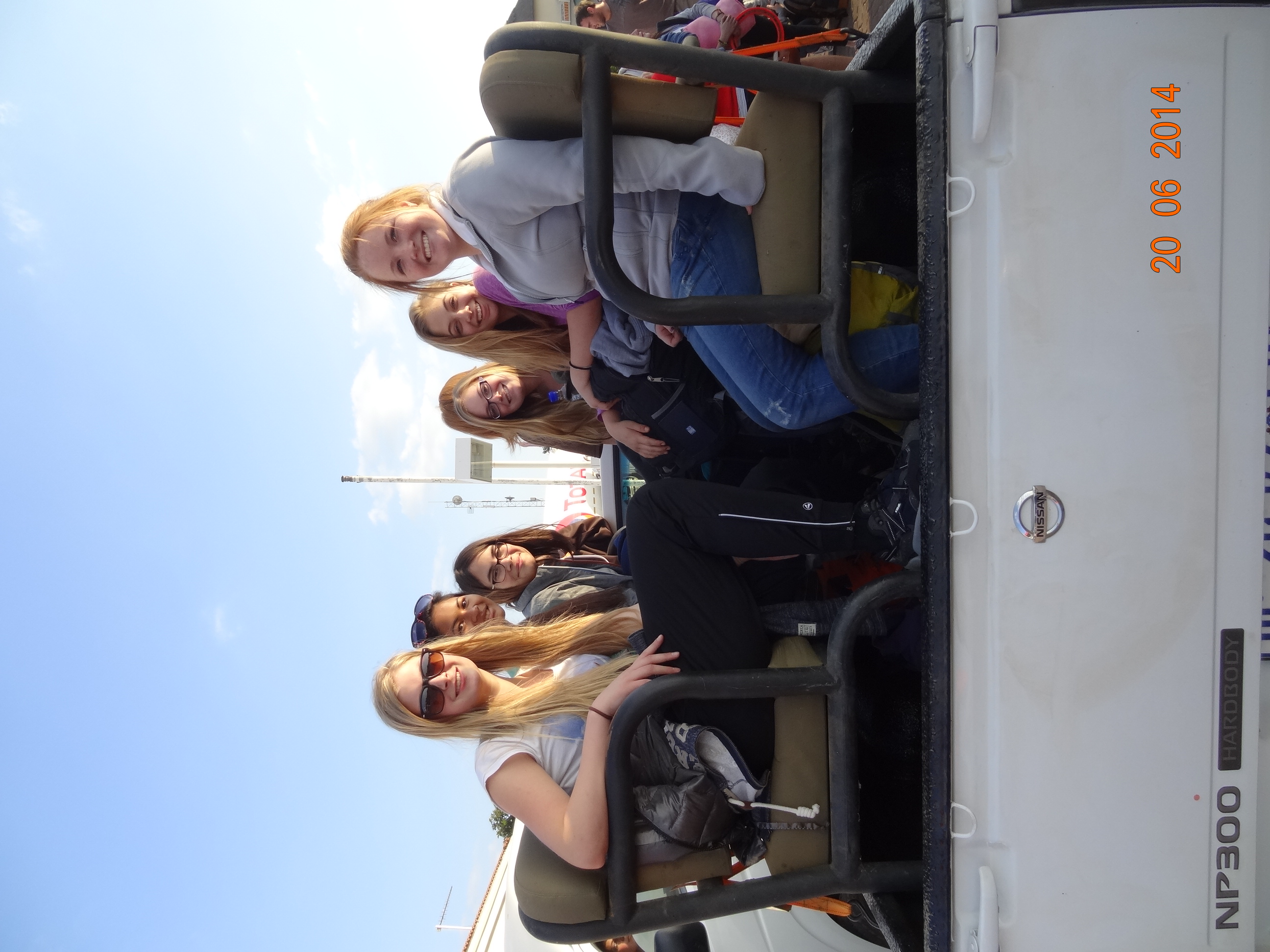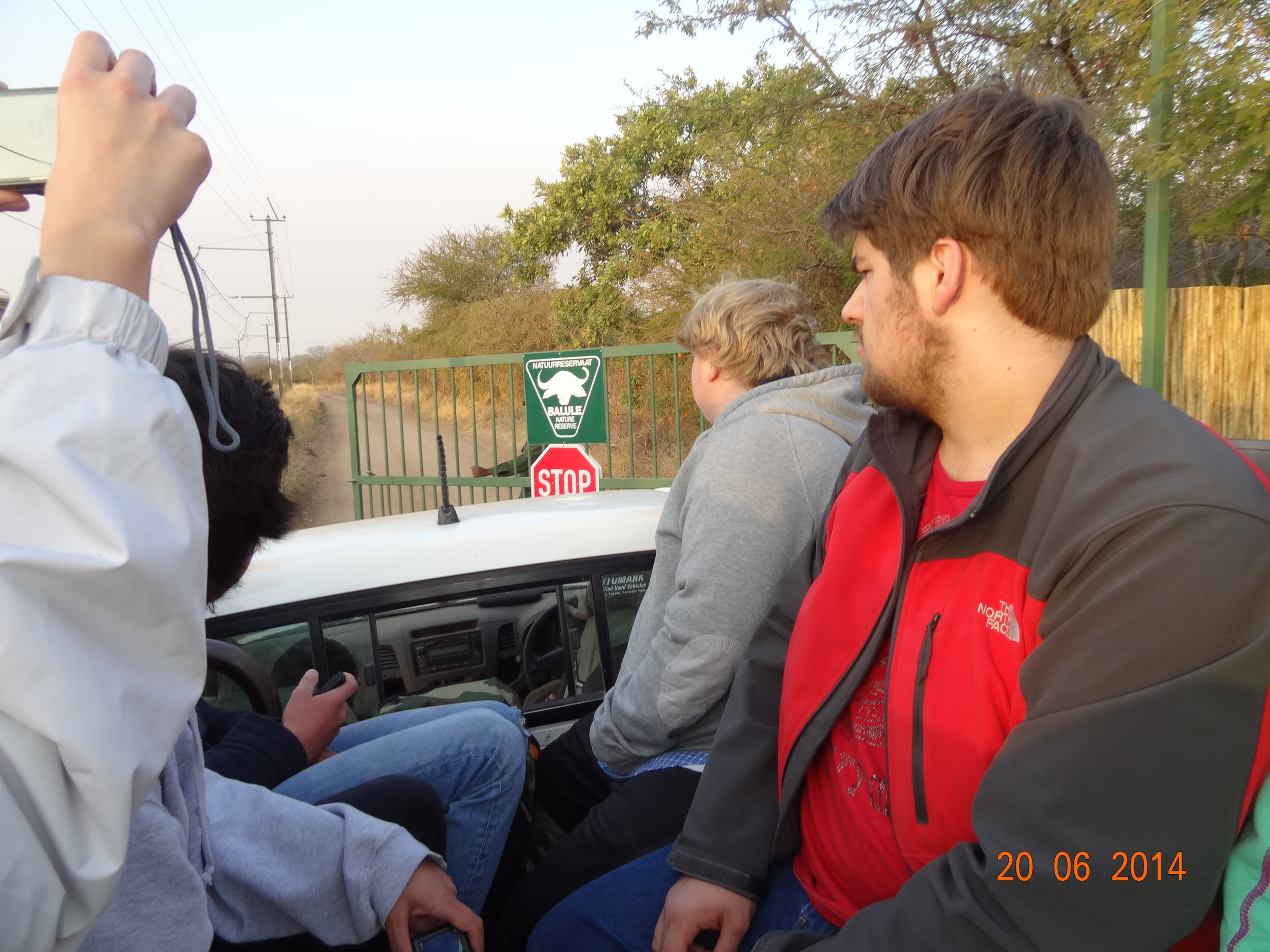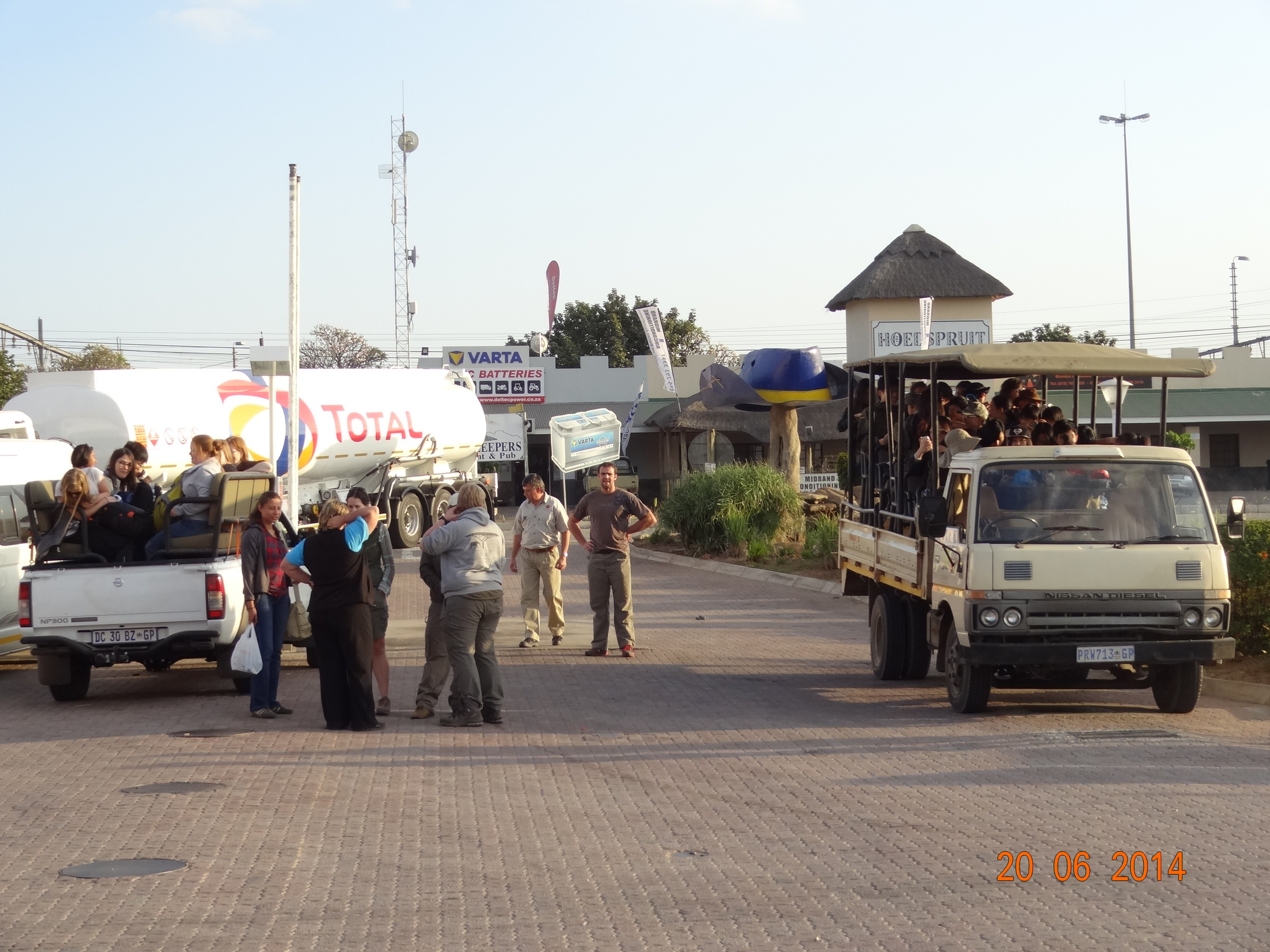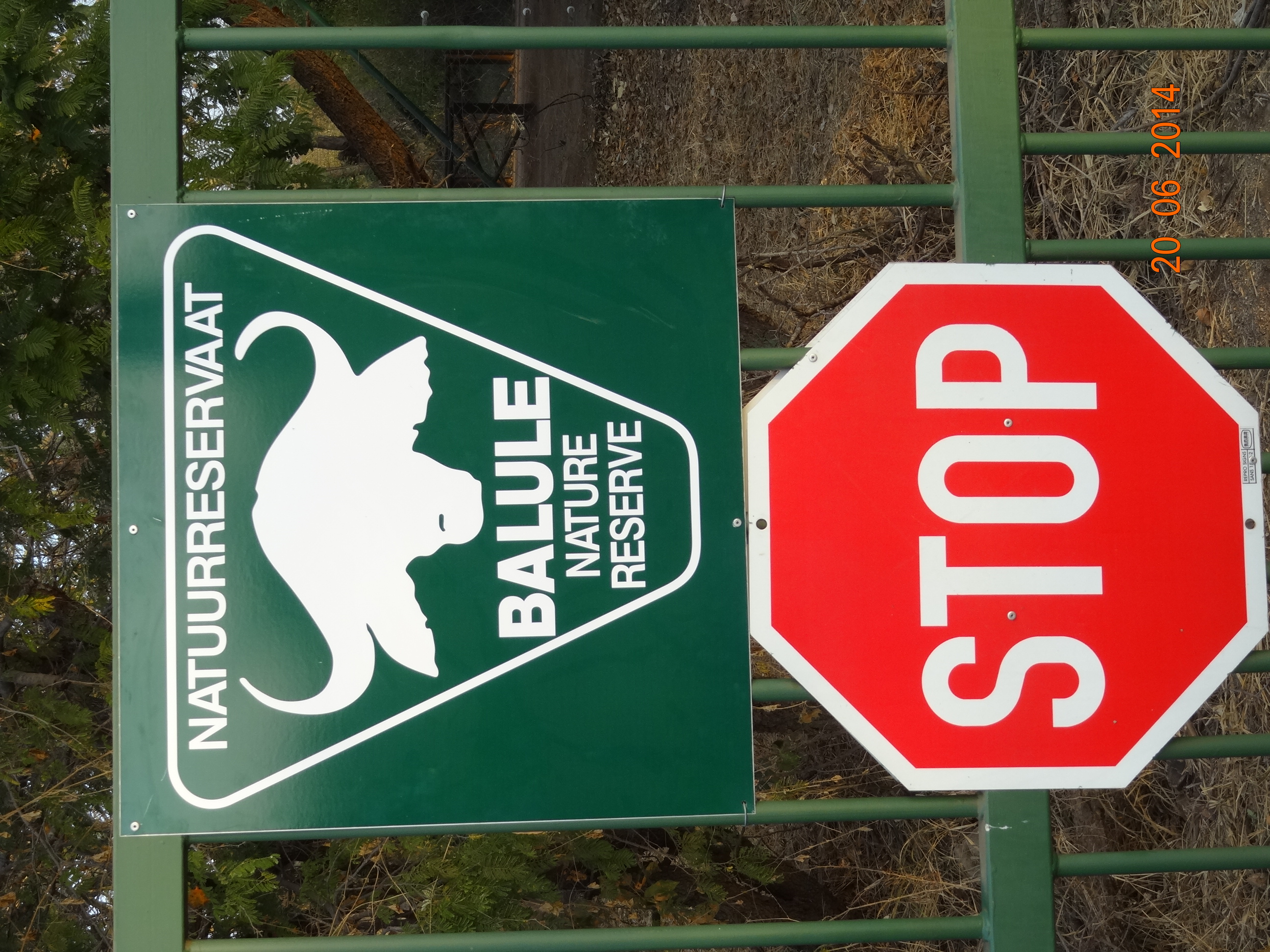“OK, we have one last task for all of you to do before we head back home”. Student heads lift up over the seats in the tour bus to determine what their teachers have in mind. The three of us, stand in unison, and hand out sheets of paper to be filled in anonymously. Once each student demonstrates that he/she has a writing utensil, we began with the questions:
- What did you gain (personally and/or academically) from this experience?
- What was your favorite part of this trip?
- What surprised you the most about this trip?
- Would you take a trip like this again? (Why/Why not).
View from the bus
View from the bus
We glance at the expansive, dry, beautiful South African landscape from the bus windows. As we pass through small villages we see women gathering water at the local water pump. Most students write carefully and thoughtfully, some taking thirty minutes to answer the questions. As the students fill out their papers, we three teachers (a teacher from another school, Eva, and I) answer the questions for ourselves and discuss together our responses and analyze whether we’ll organize a similar trip in a year.
Intent on identifying species
To fully determine whether it’s worth planning another trip, we consider the evaluations from the 18 students between our two schools, the results being very similar.
Here are the responses of the ten students from my school:
“Yes”
“I would do a trip like this again because I feel like it is for a good cause by informing people of the importance of conservation and spreading awareness. But I also feel like it would be more effective and enjoyable with a smaller group of people and a longer duration of trip. I thought it was super fun/awesome/cool beanz but I would have liked more research to be involved”
“I would definitely make a trip like this again because I had a lot of fun on this trip. From making new friends, to learning the most crazy stuff in the world. I will keep a lot of great memories. Can’t be more grateful that I could go on this trip.”
“Yes, good way to get a ‘vacation’ and hands on learning”
“Yes, because this is my second trip like this.”
“100%. I learned so much from this trip and I think it’s an awesome and rewarding way to see a new place. My eyes are now opened to new things, and if I had the opportunity to do something like this again, I definitely would.”
“The trip was amazing, and I got closer to the people I never really cared for too much before. But I probably would not take a trip like this again. Not only is it really expensive, but two weeks is not enough time in one of these beautiful locations, let only one. I would definitely return to the places, thought most likely to Sodwana Bay”
Studying the remains of a newly hatched turtle.
“Absolutely! It was one of the best experiences of my life. I learned so much about the environment and myself”
“Yes, I would, because the knowledge I gained won’t fade. Next trip I would do with people I know again.”
“Yes, I love this kind of work and I’d like to pursue my future jobs in this field.”
There were a total of five teachers on the trip and we discussed every step of the program together, being very critical of the educational component of the two-week adventure. However, in retrospect, the students learned and gained so much from both the hands-on work as well as the lecture series. Students took notes, asked questions, discussed, and never complained. Students wanted more research and we, as teachers, agreed. So, in planning for the future, I would ensure that the research would at least be better framed in context with the educational component, at least giving more meaning to the research. Furthermore, I will look into sites that have a larger research component. In talking with students and reading through their evaluations, we concluded that the trip was, indeed, a trip of a lifetime and that the lives of our students were definitely affected for the positive. Powerful components of the experience included:
On the game transect on which we saw the black rhino (the rhino is in the top right hand corner). It was so fun to share such amazing experiences with my students.
- Hands on experience with ecology
- Application of content learned in the classroom in school, making it really “come alive”
- Exposure to real field scientists
- Access to a vast array of content in the fields of ecology and conservation
- Interaction with interesting people who work in conservation
- Amazing sites
- Awareness of the need for conservation
- Insight into different career paths
- Global connectedness as far as working with people from all over the world and awareness of how what is happening in specific areas of the earth affects the rest of the world
- Conviction of one’s own role in conservation and knowledge that individuals can make a difference
Yes, I’ll definitely plan another trip like this again.
I’m currently considering two different groups with which I can conduct a trip. Also, I’m deciding on the exact location as well. I will decide by September!
